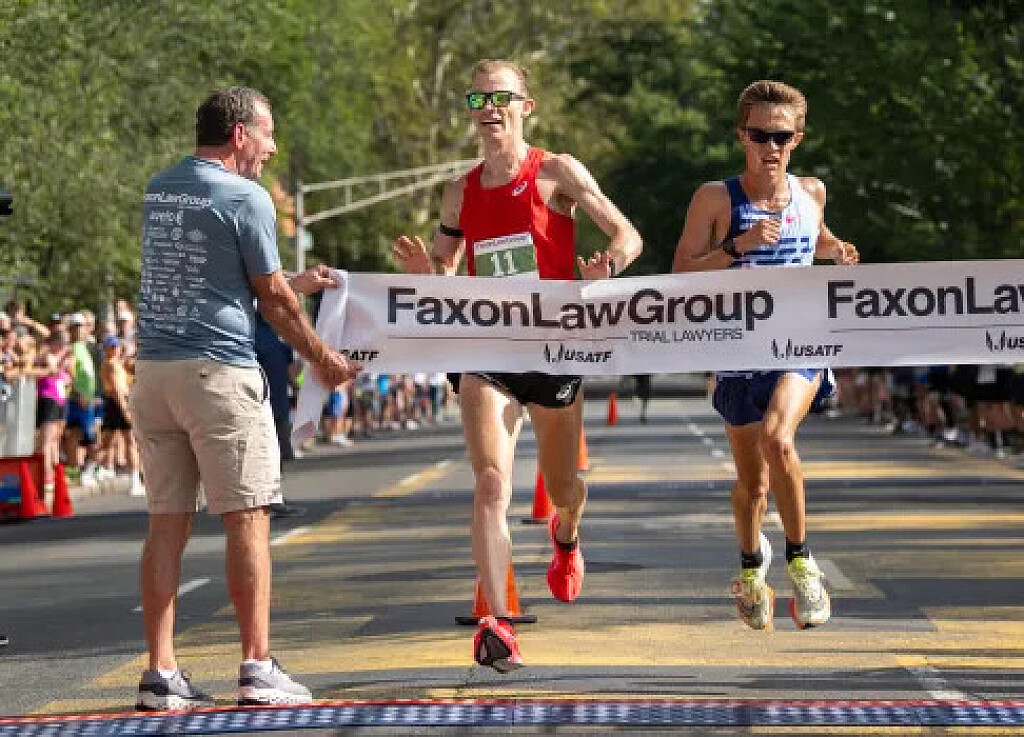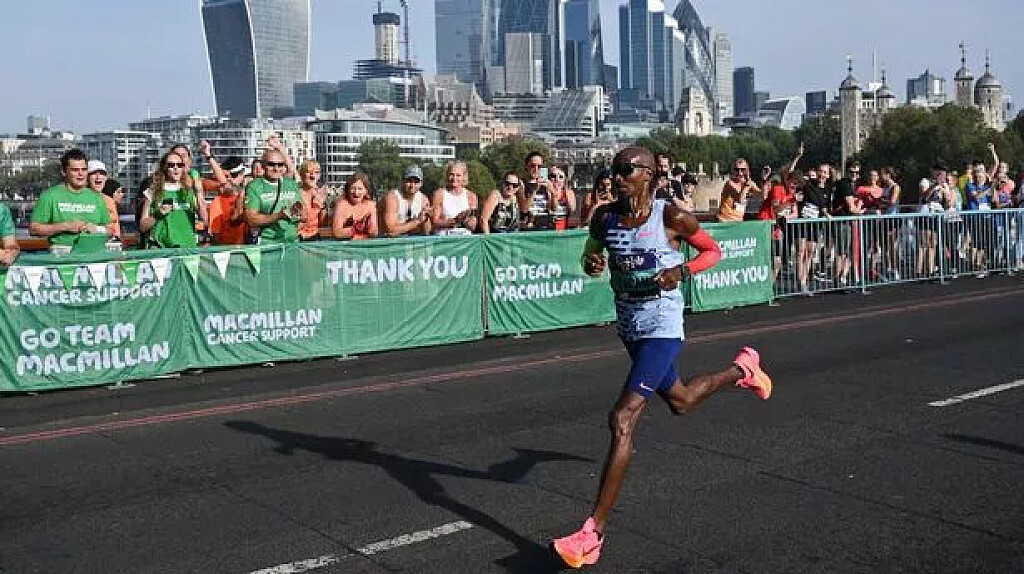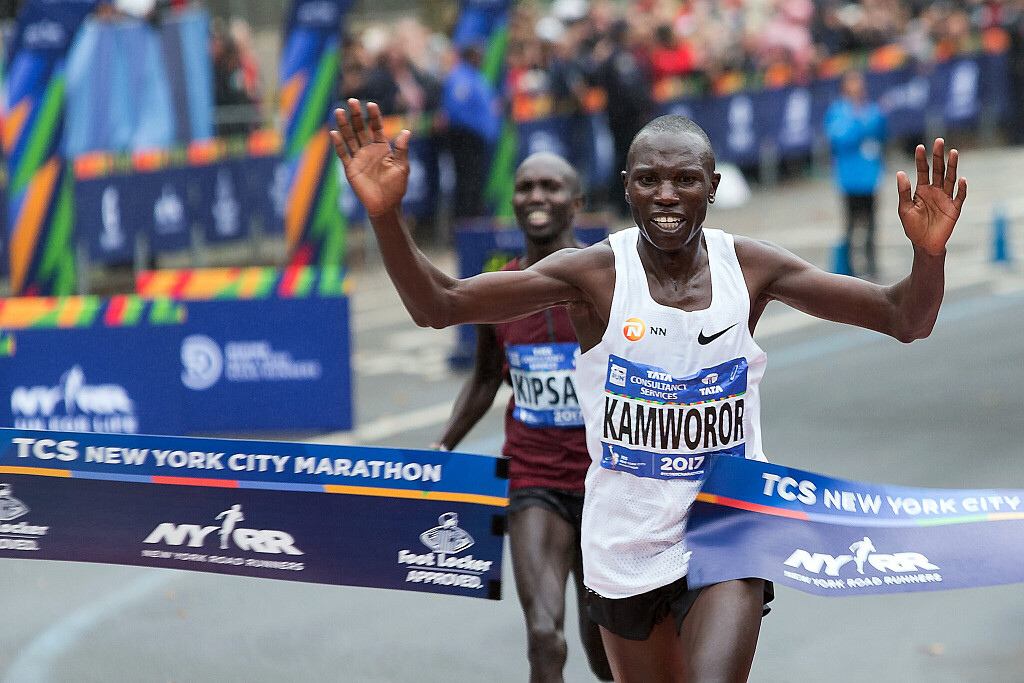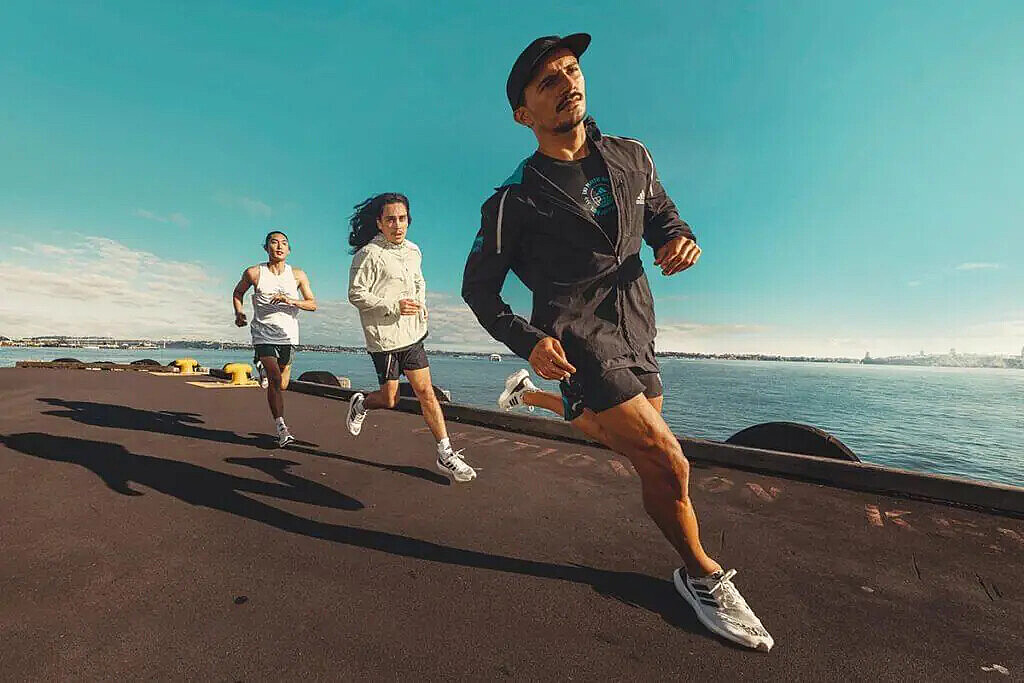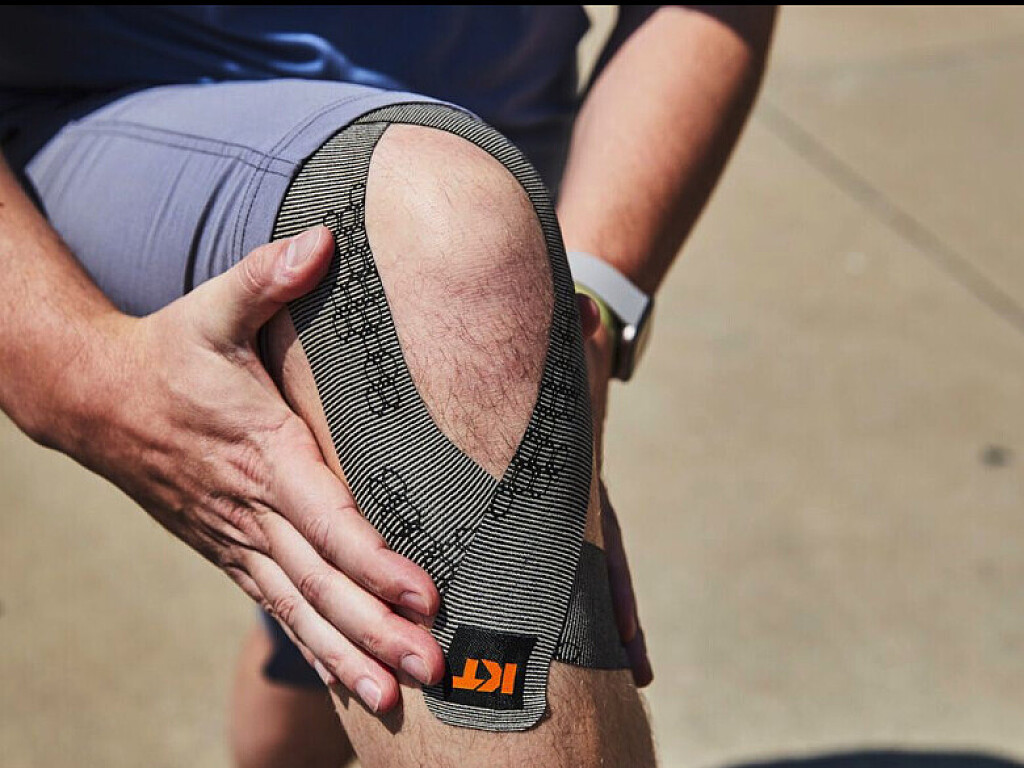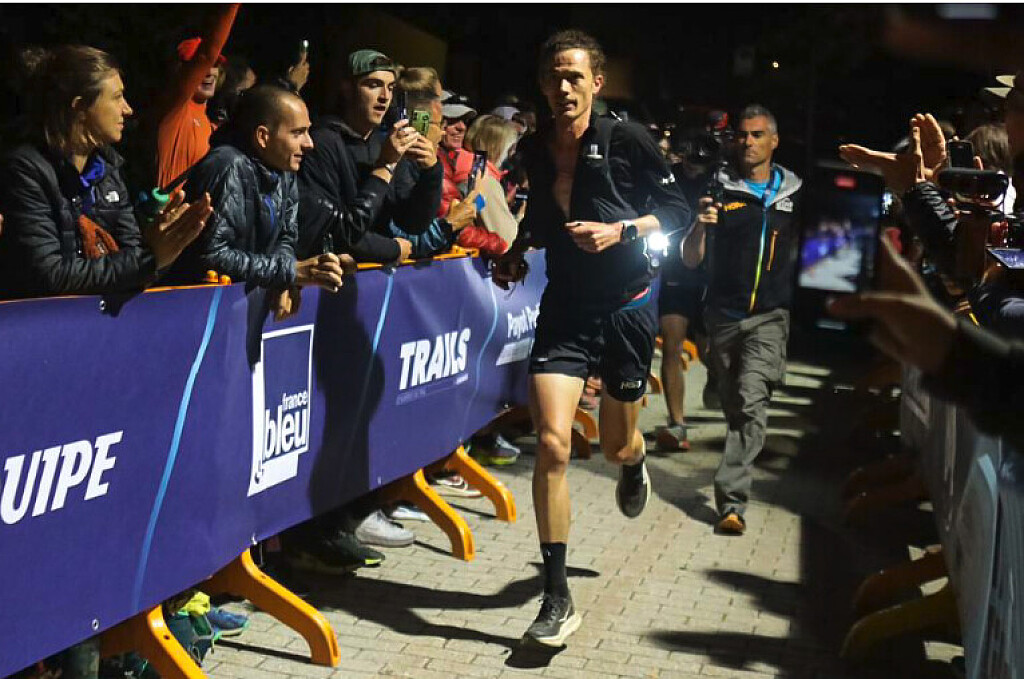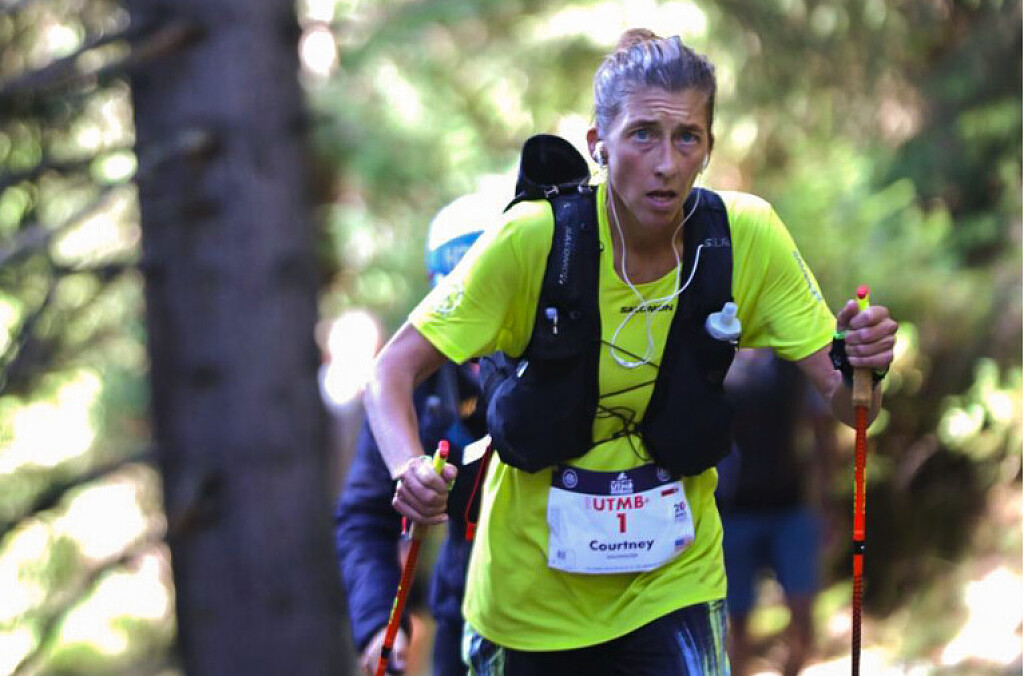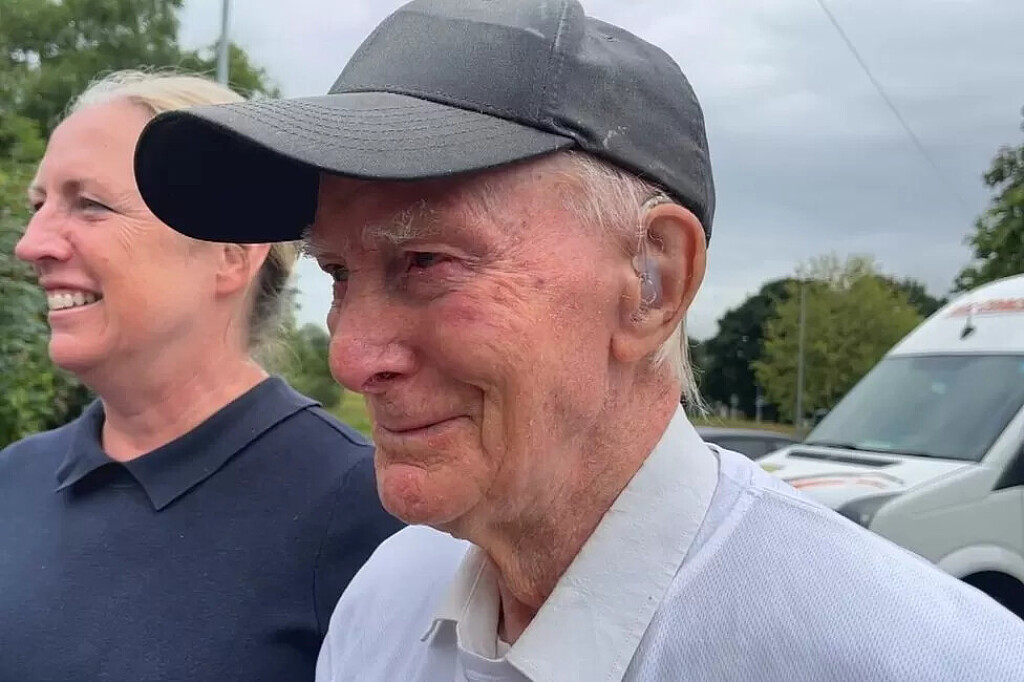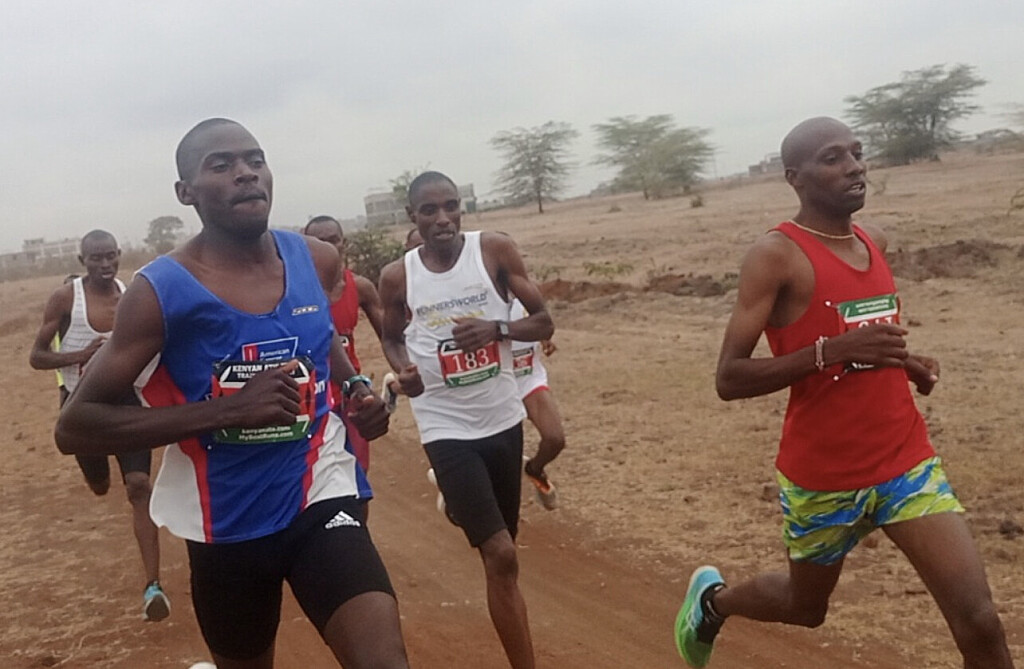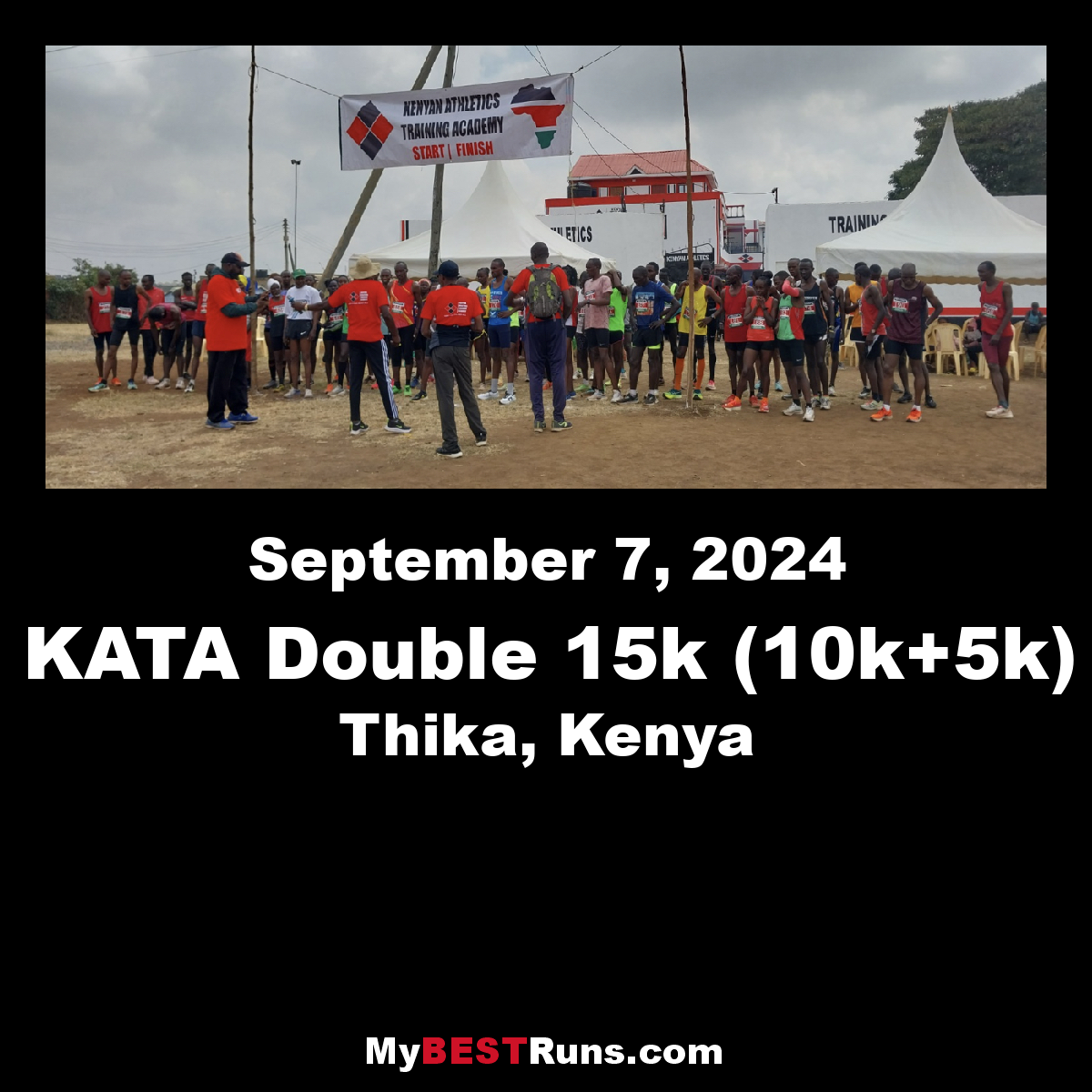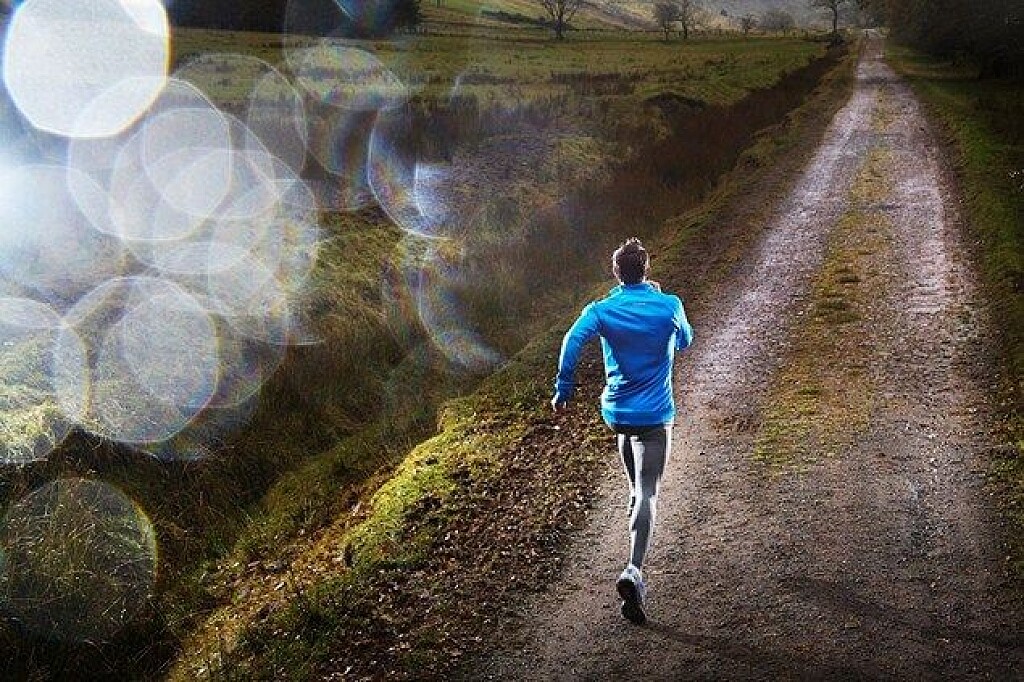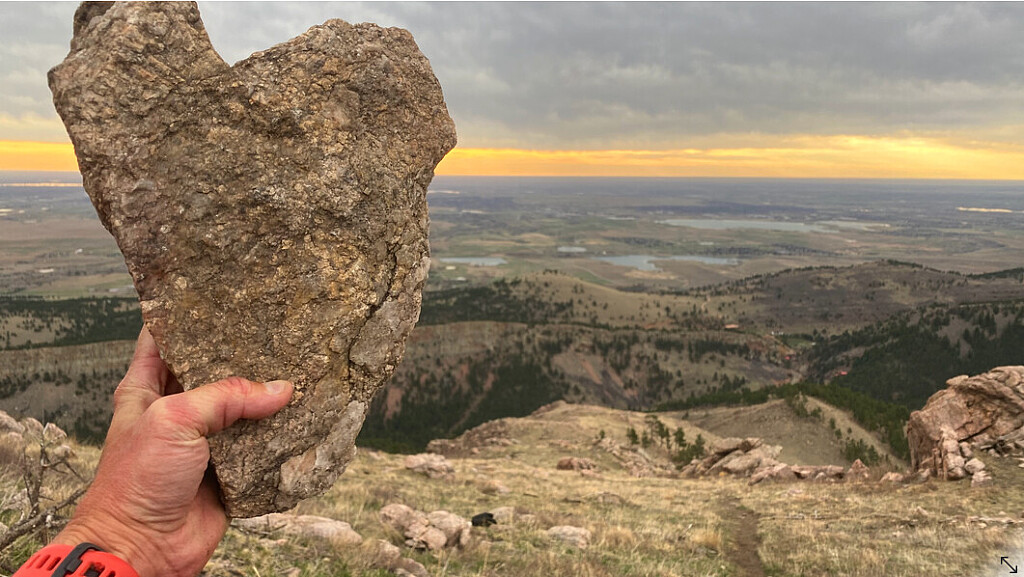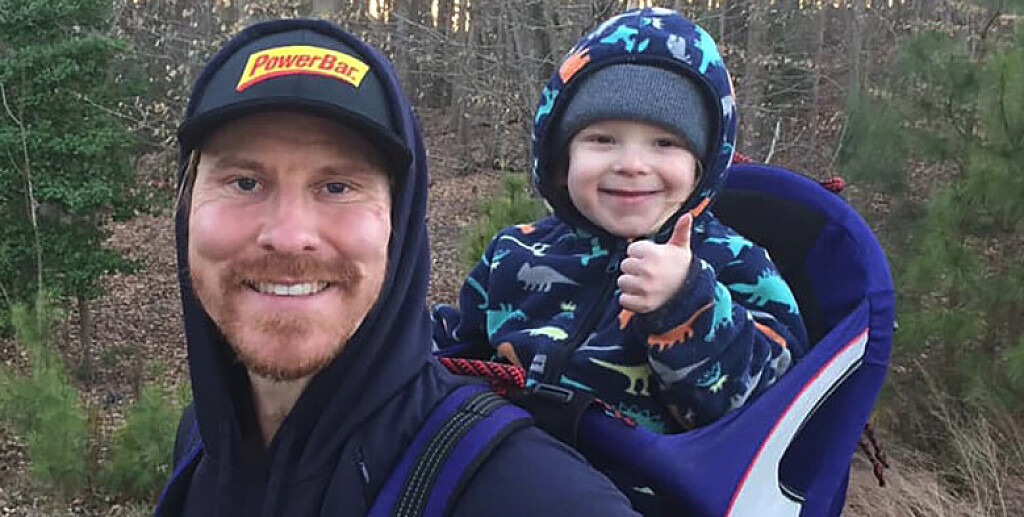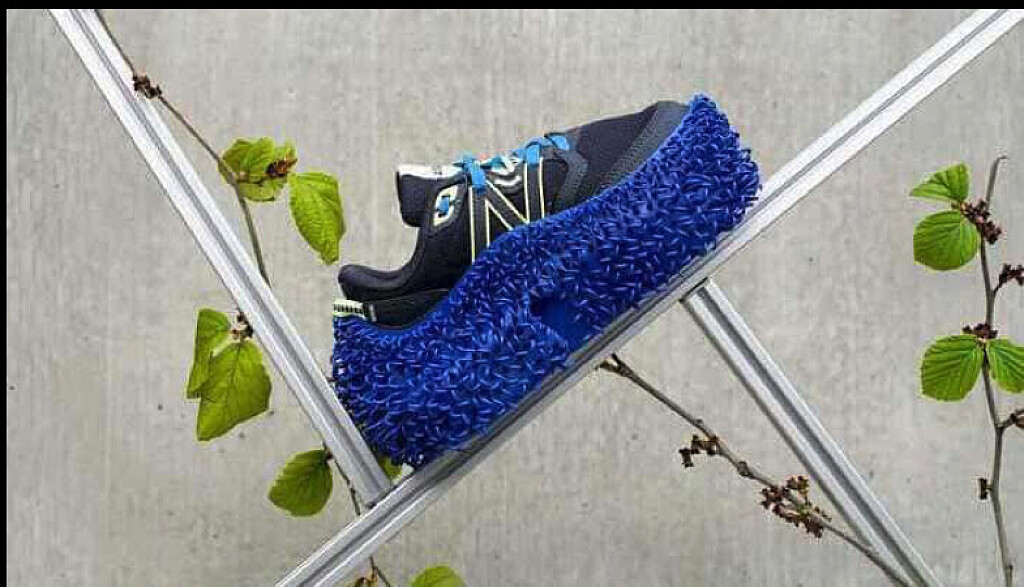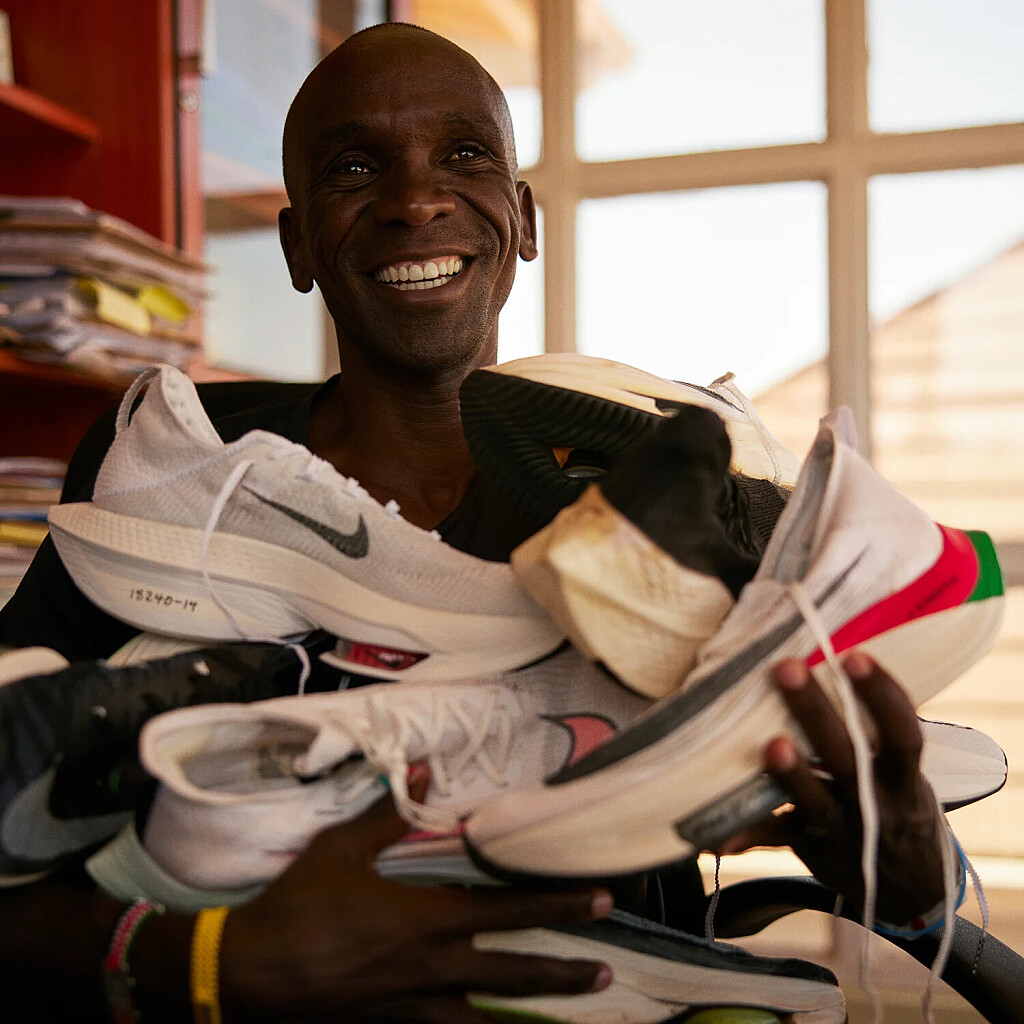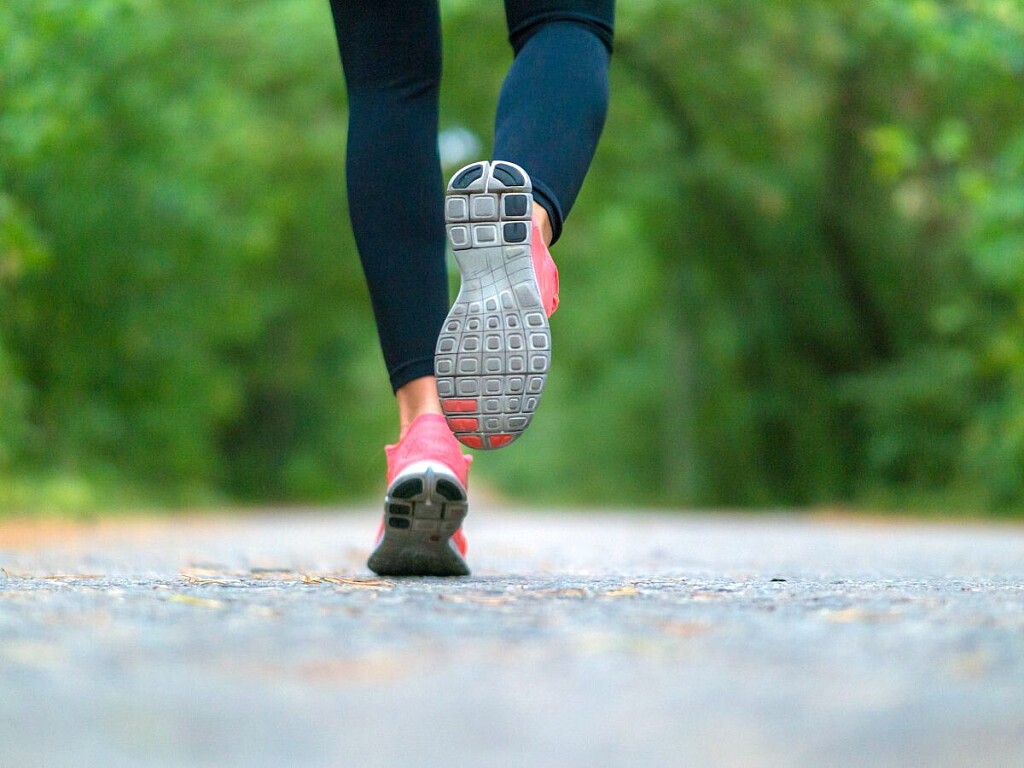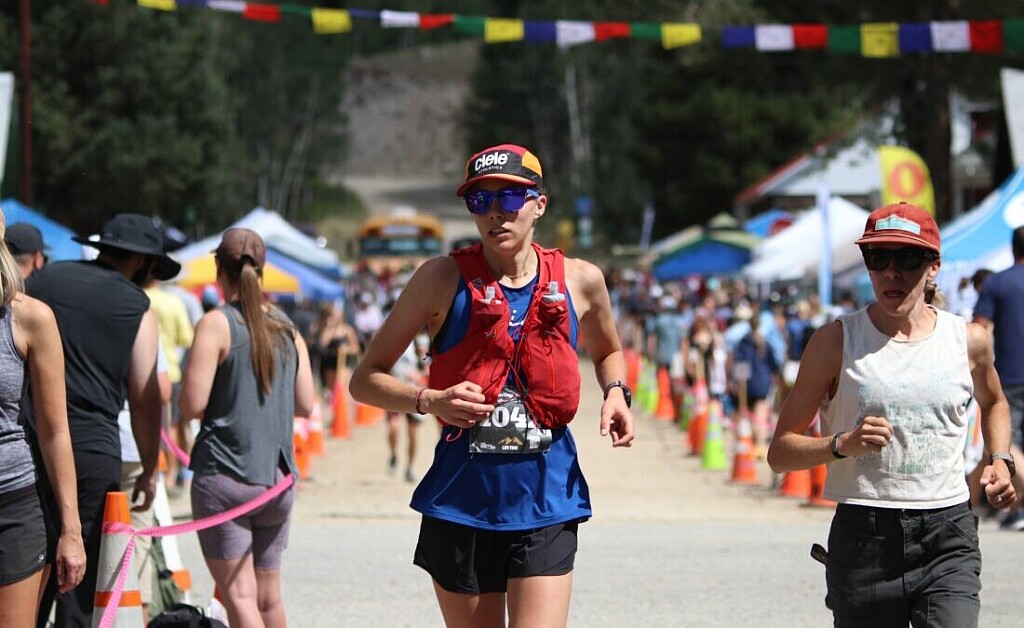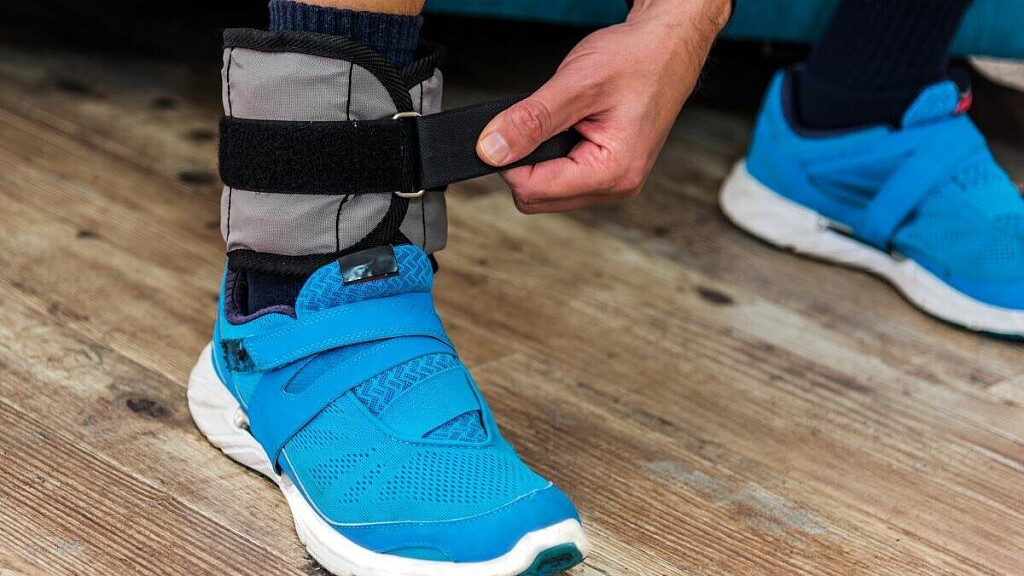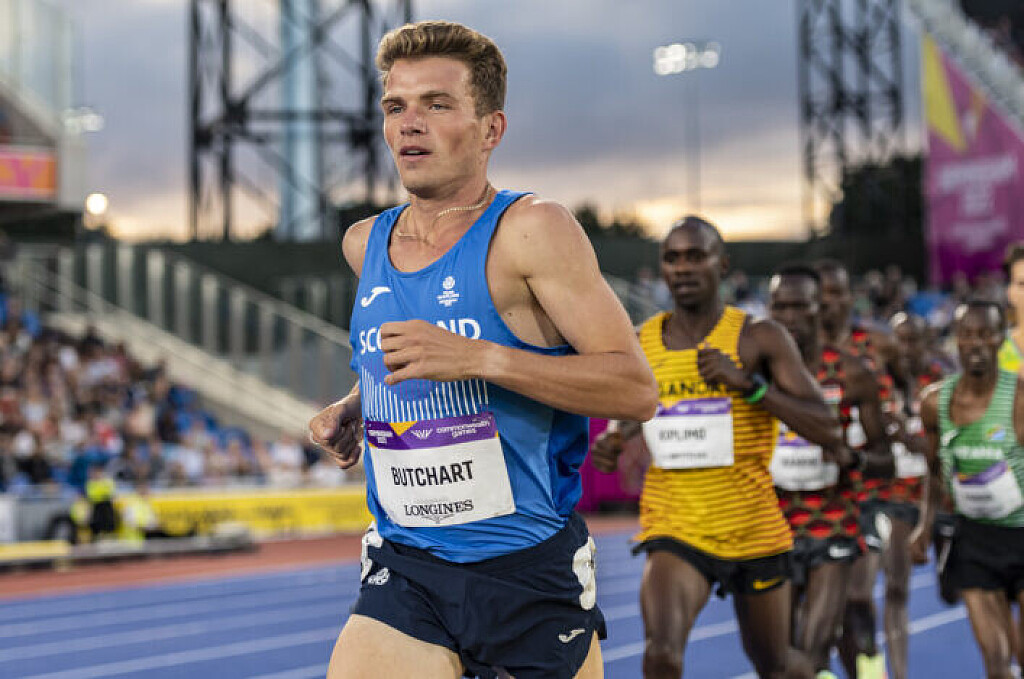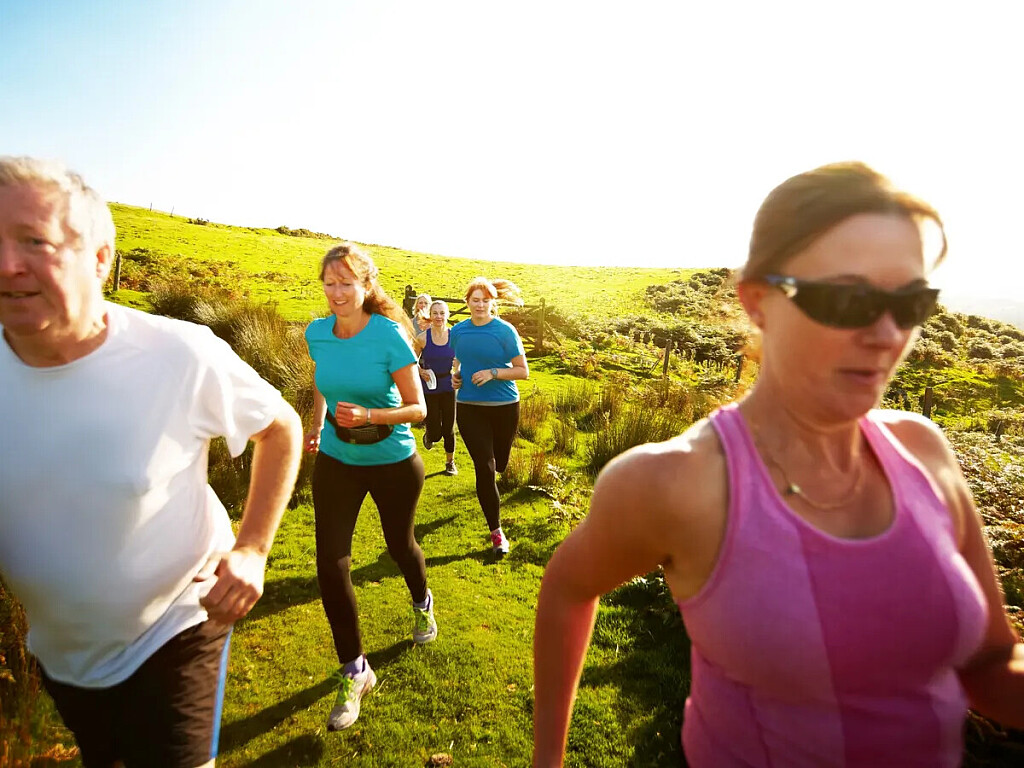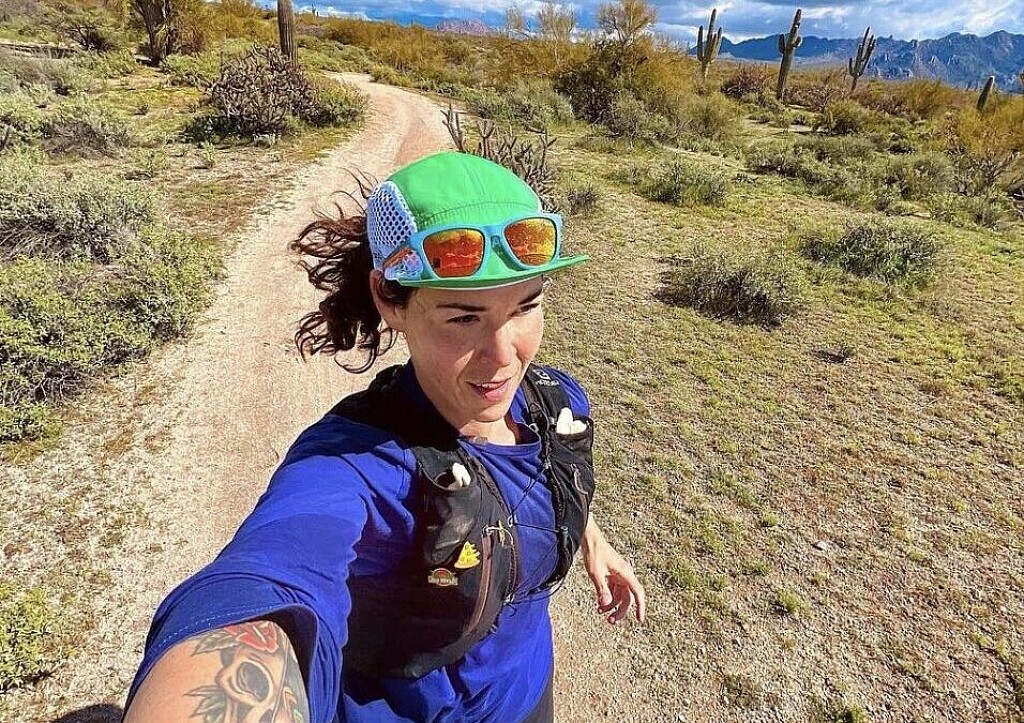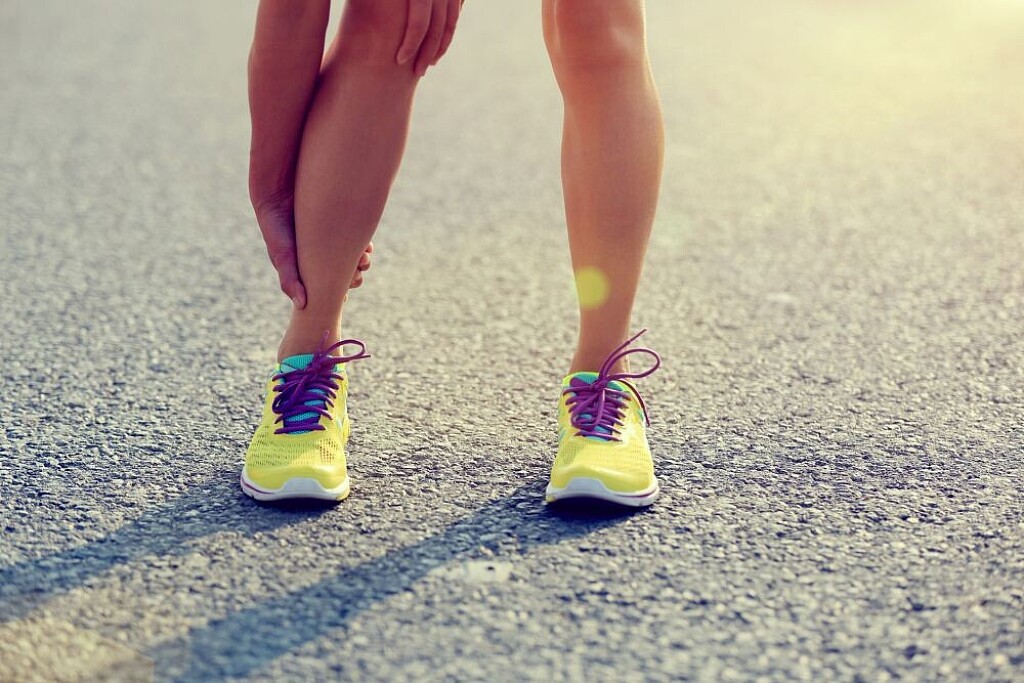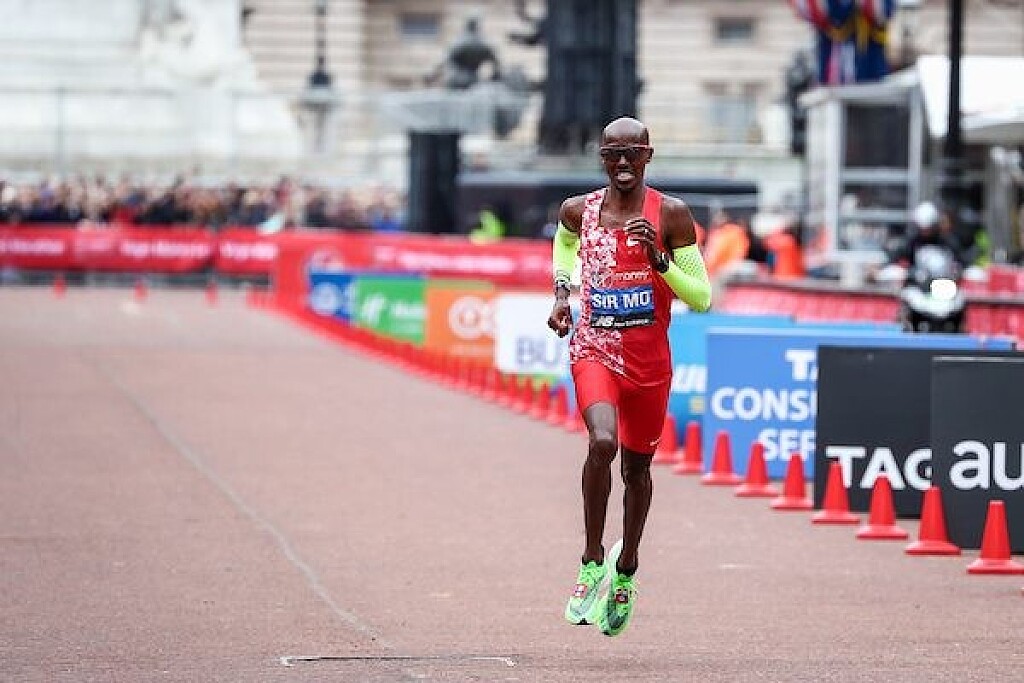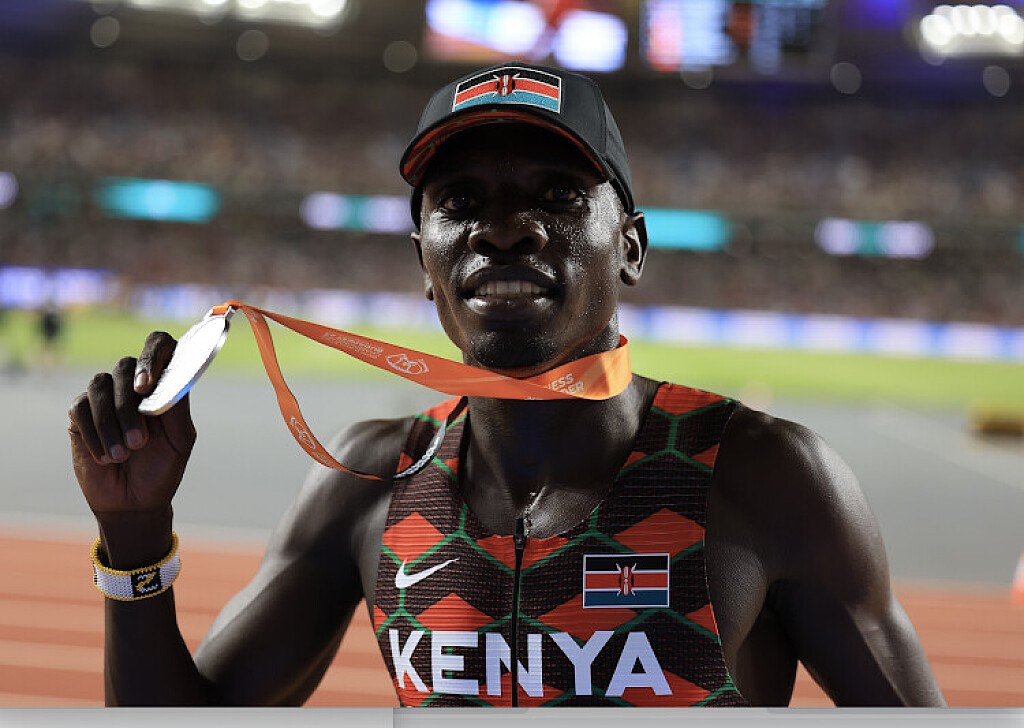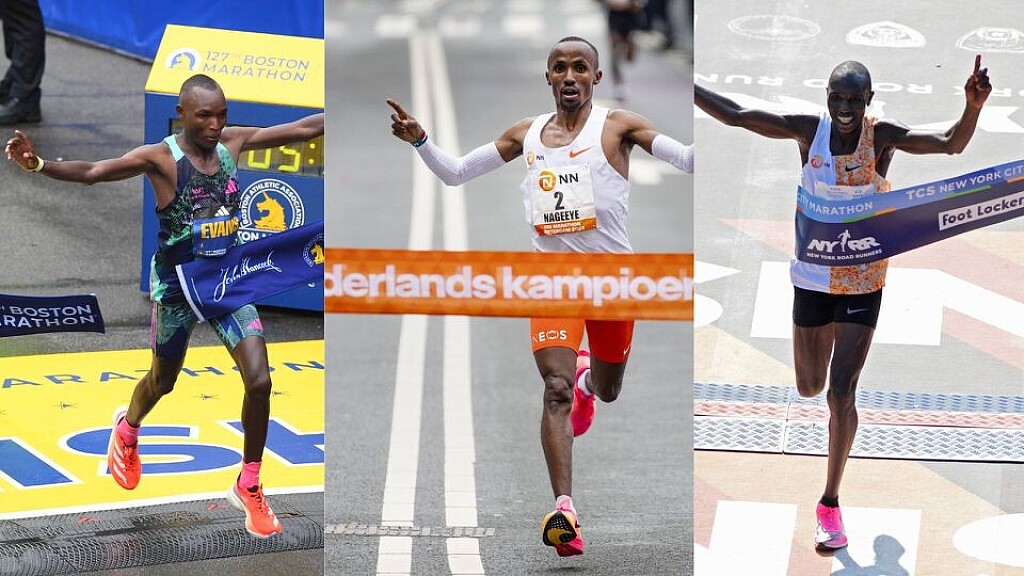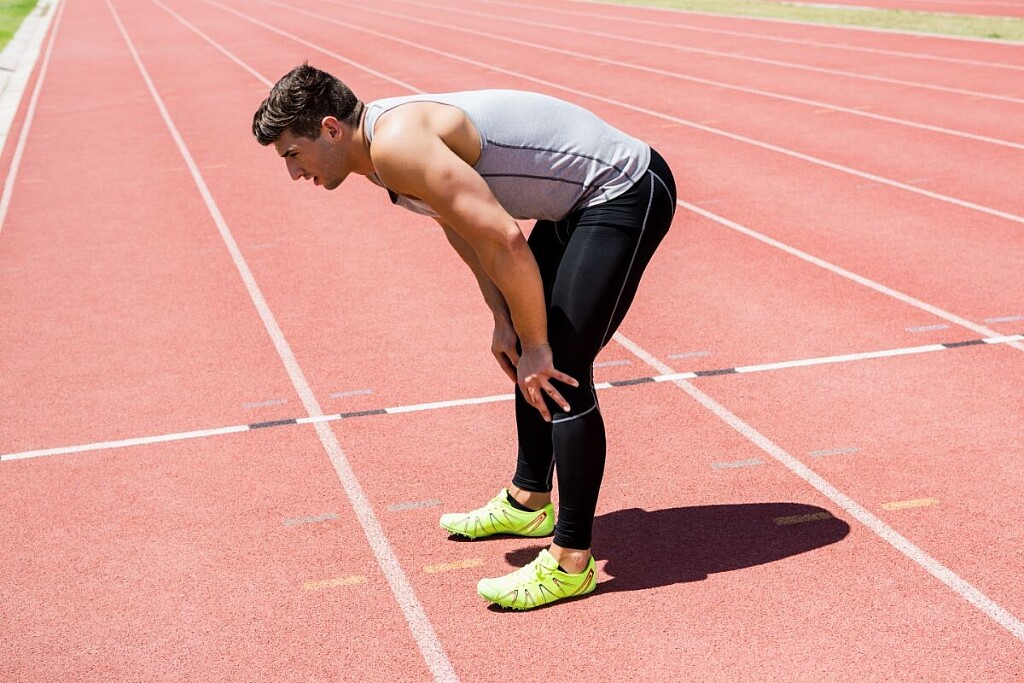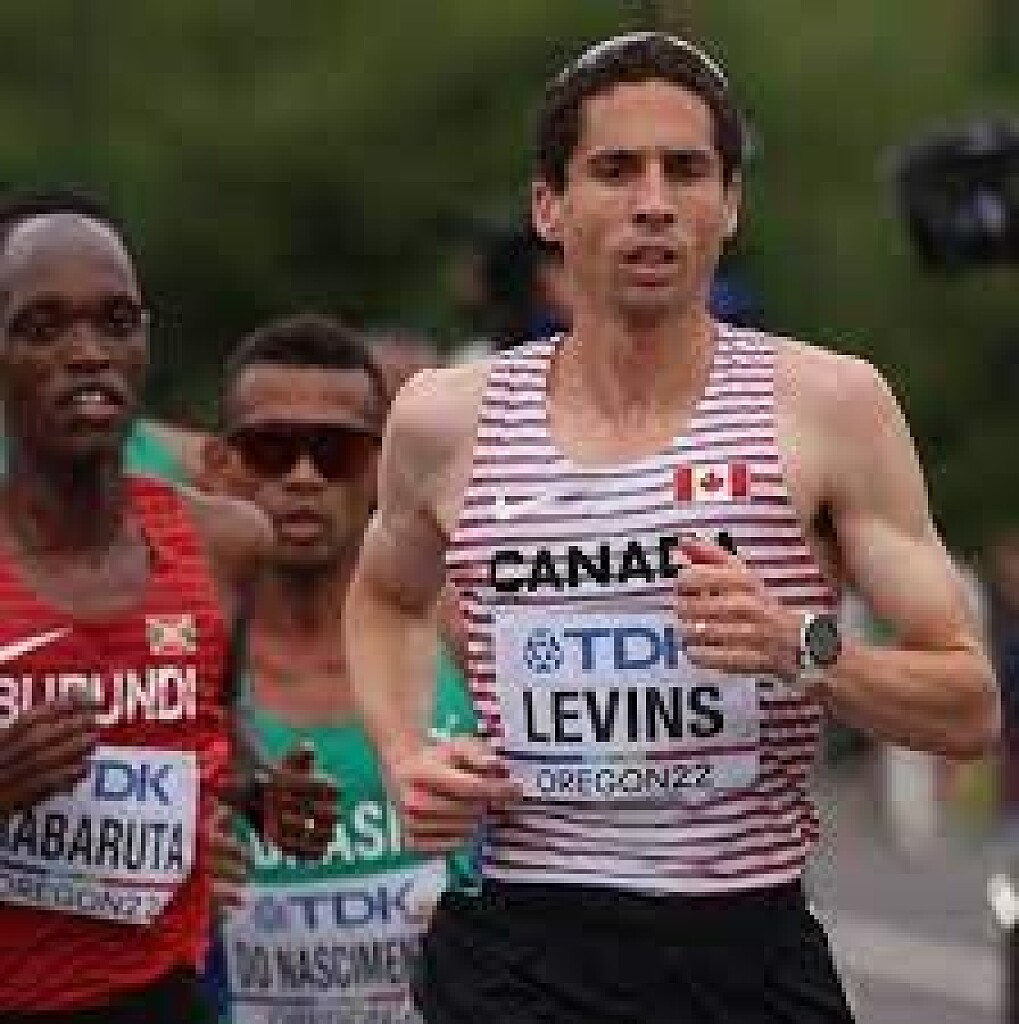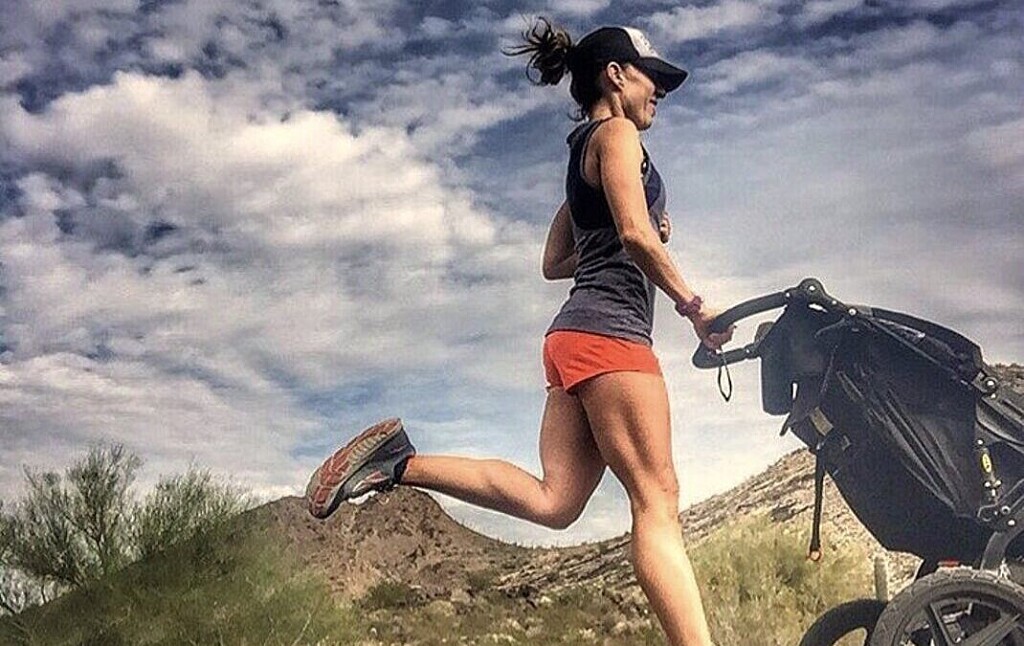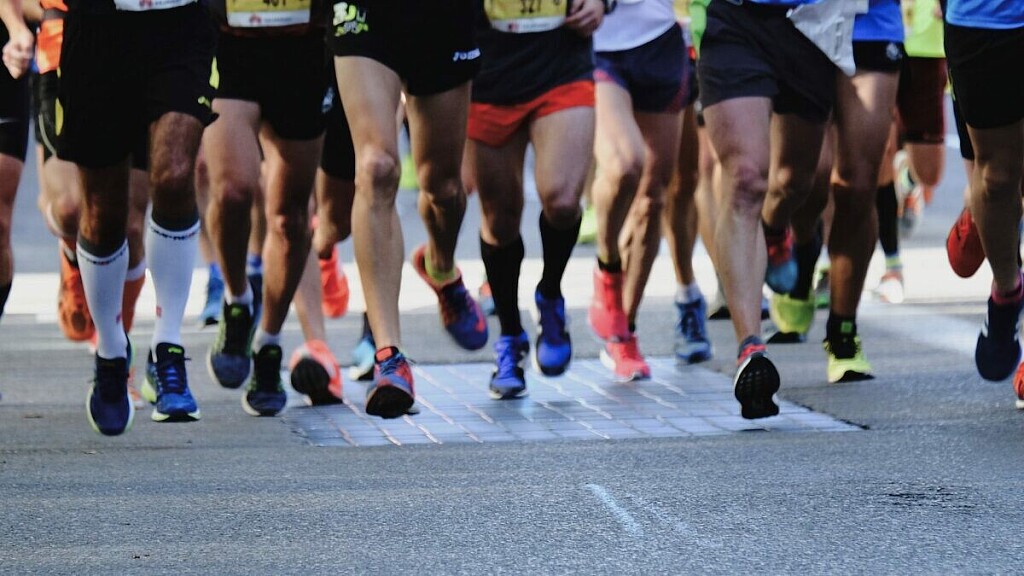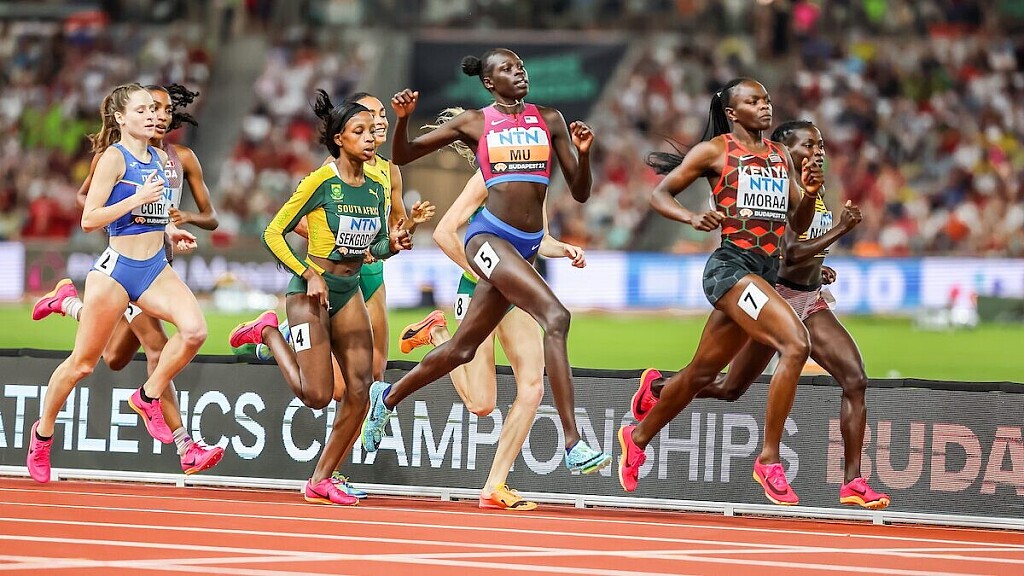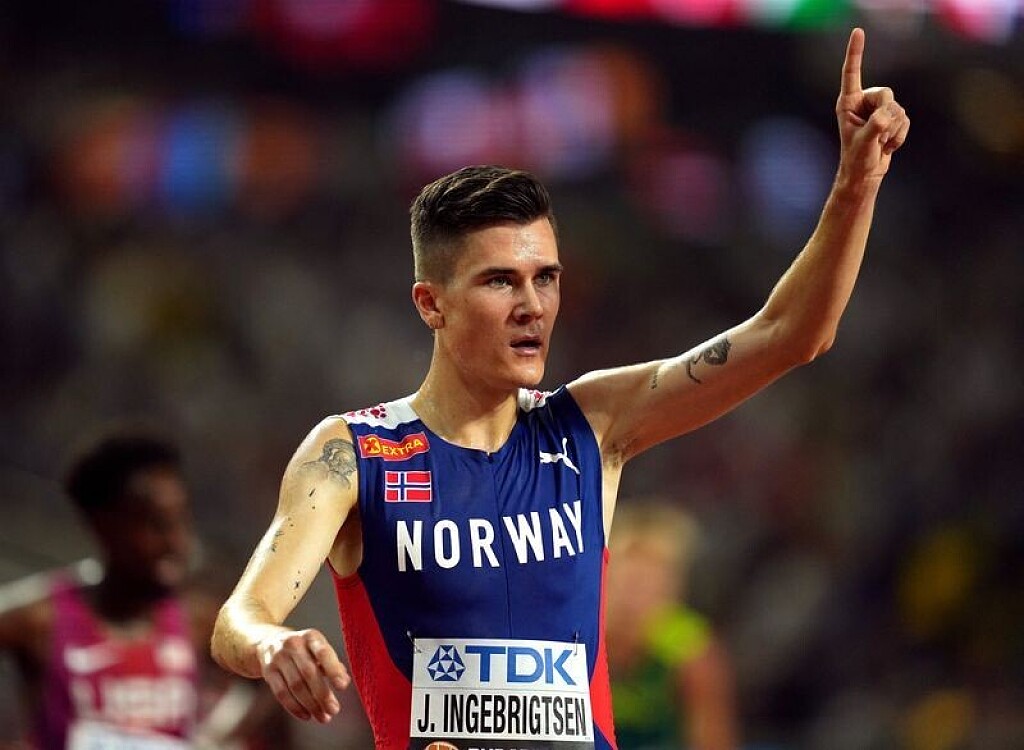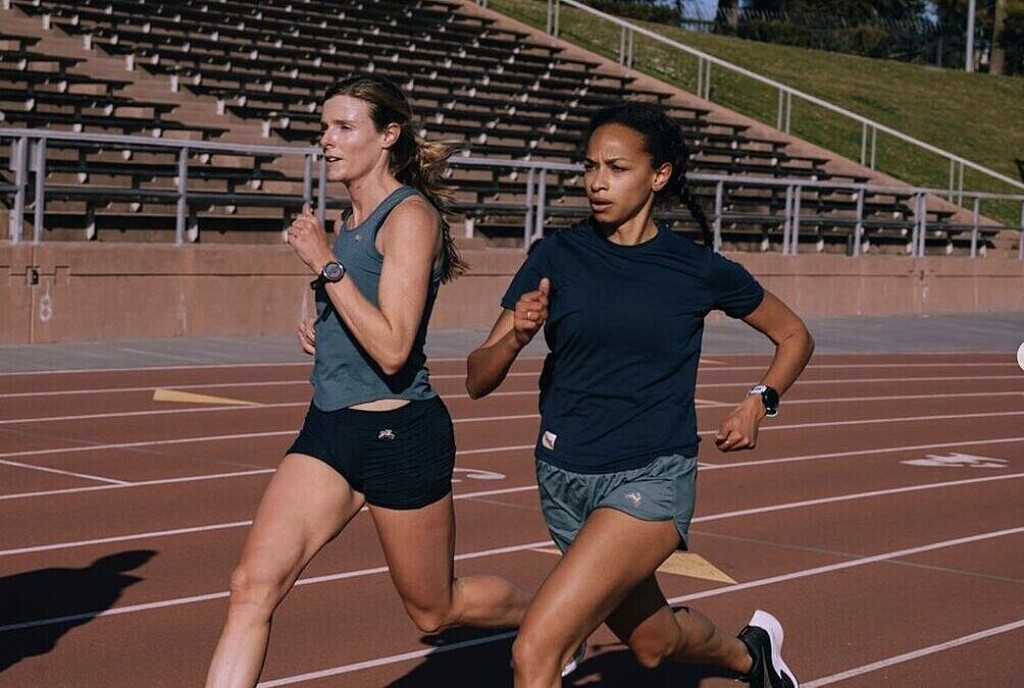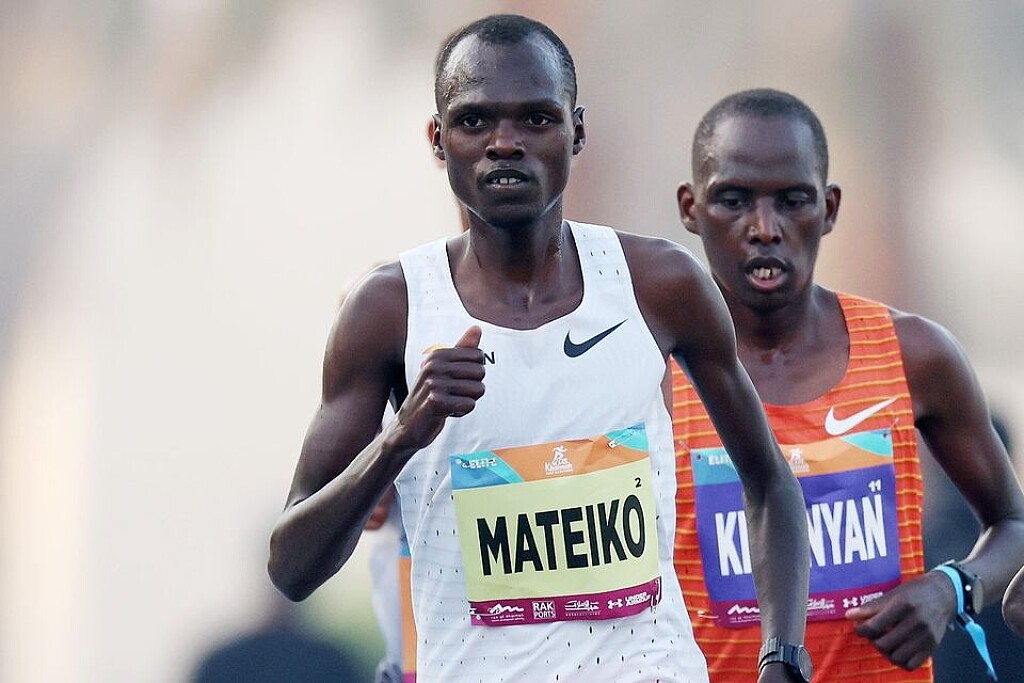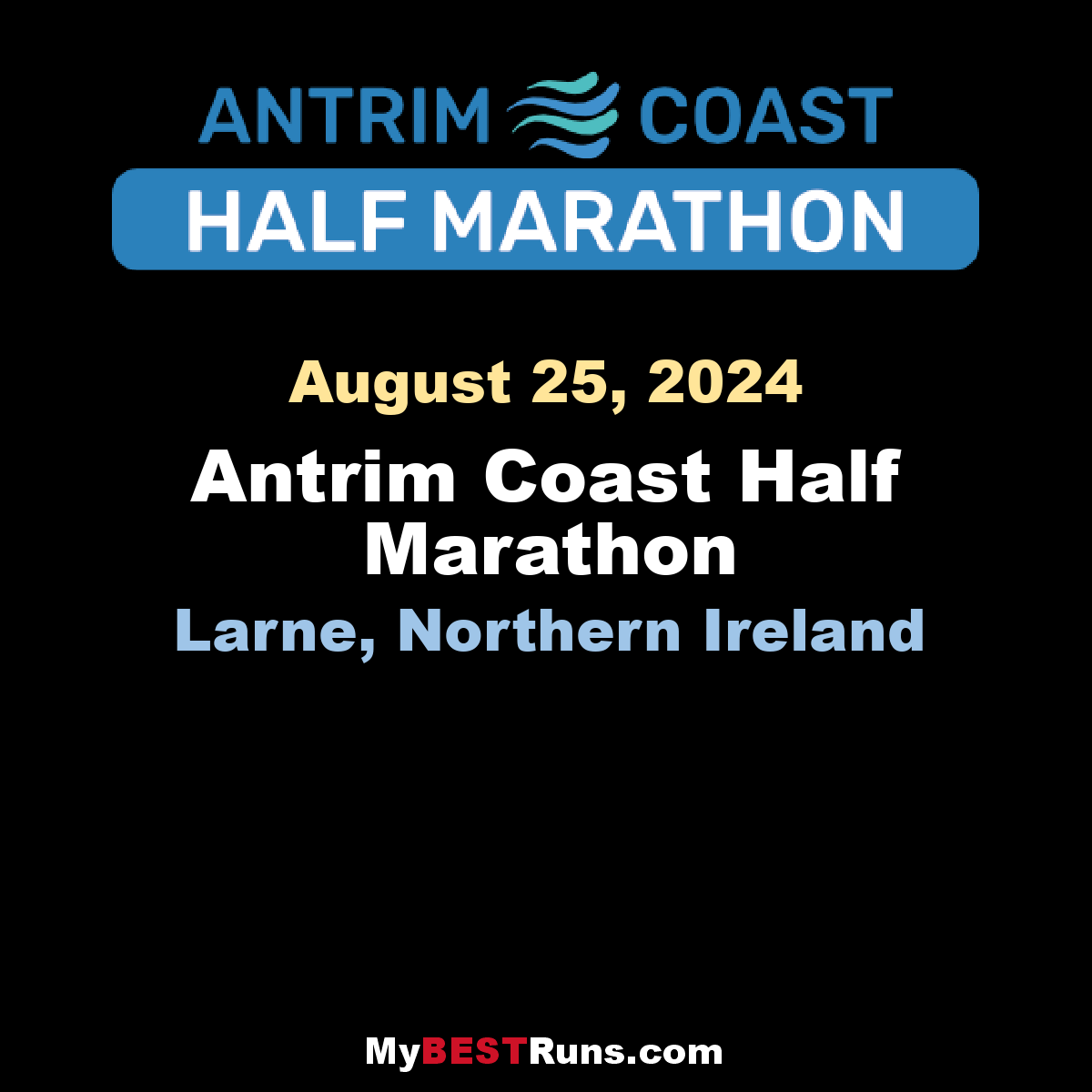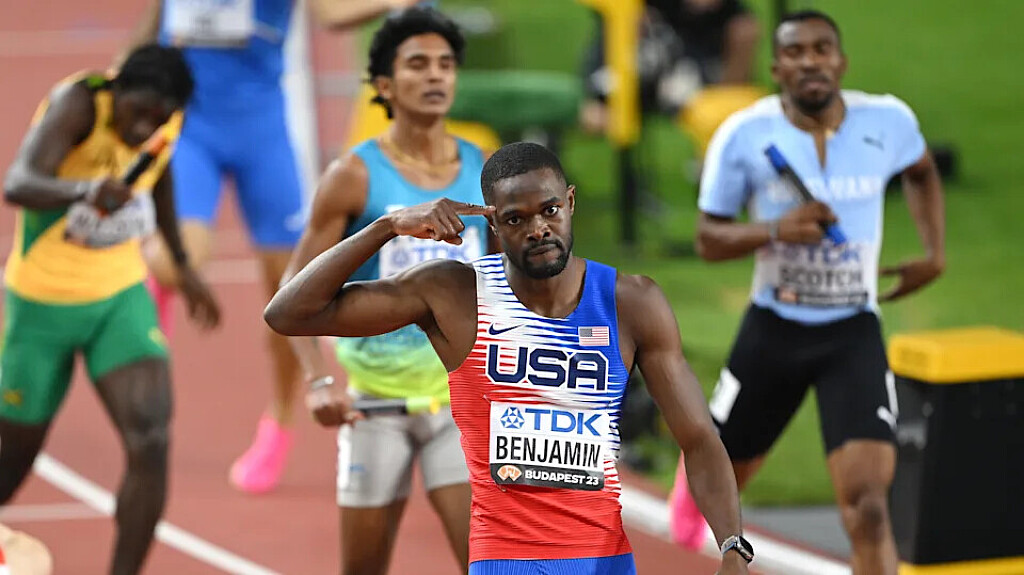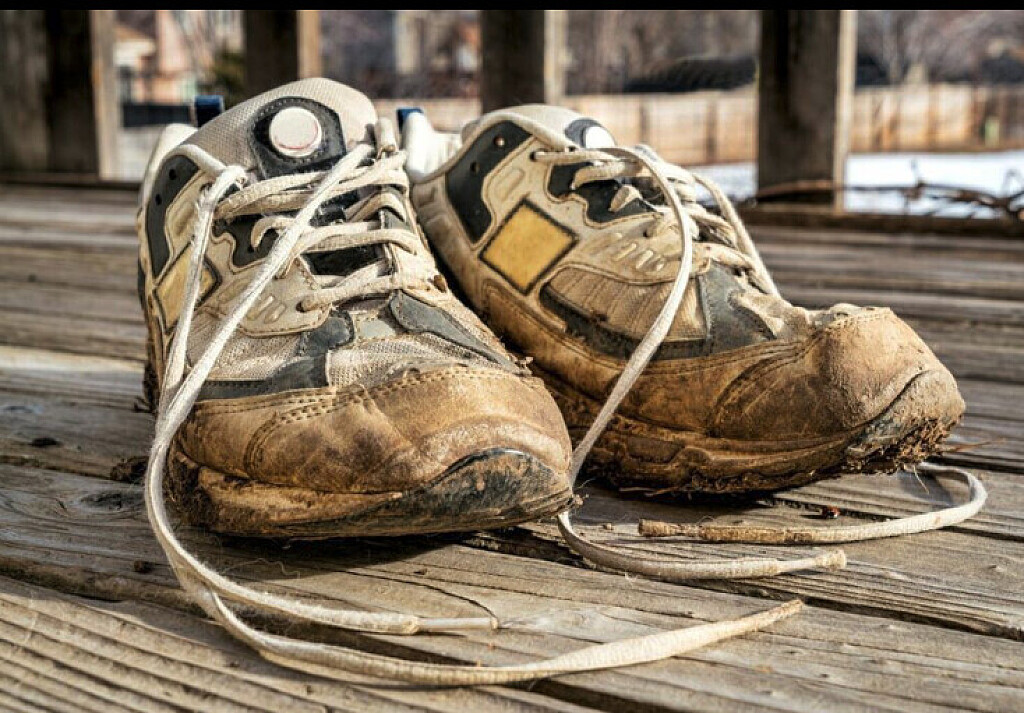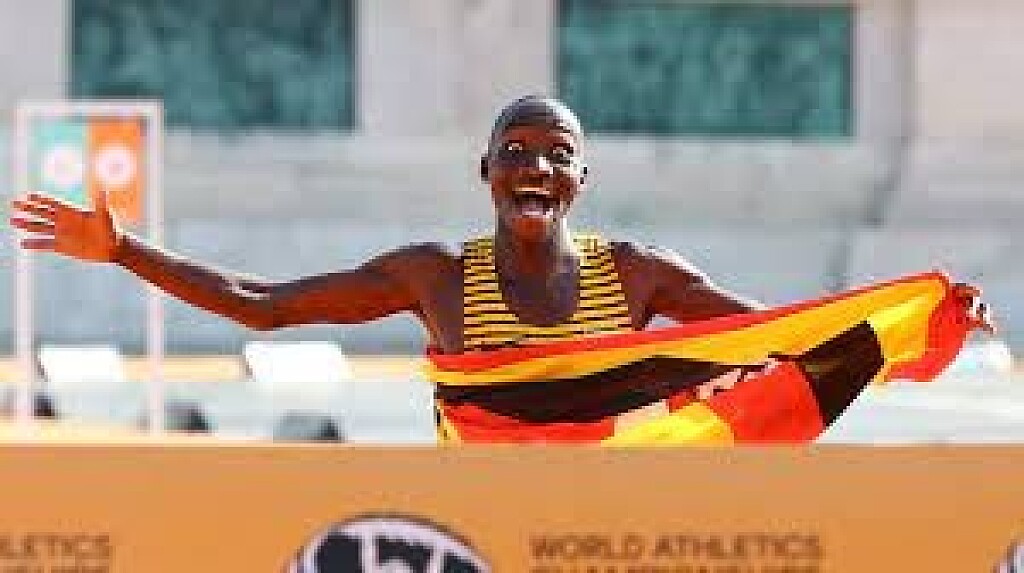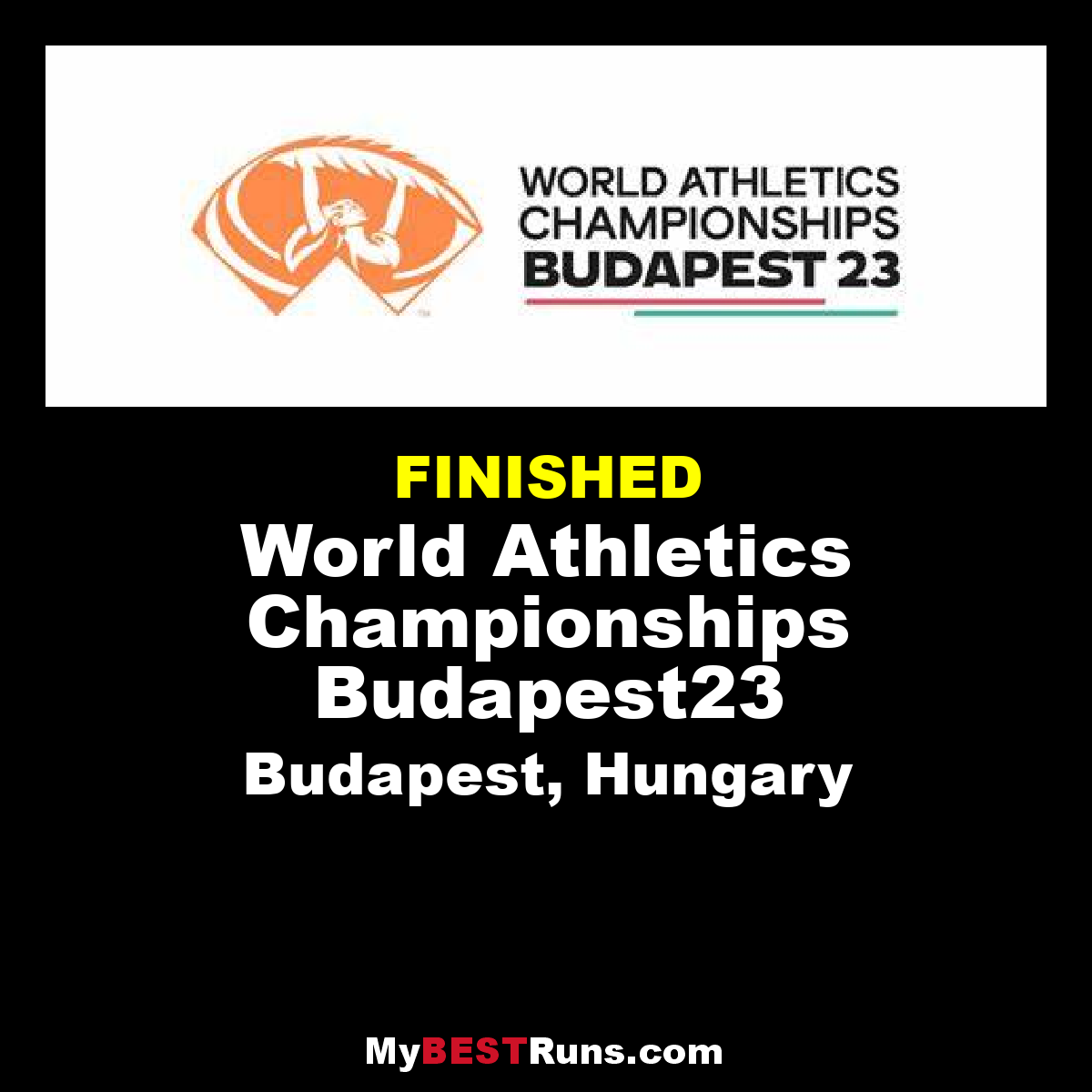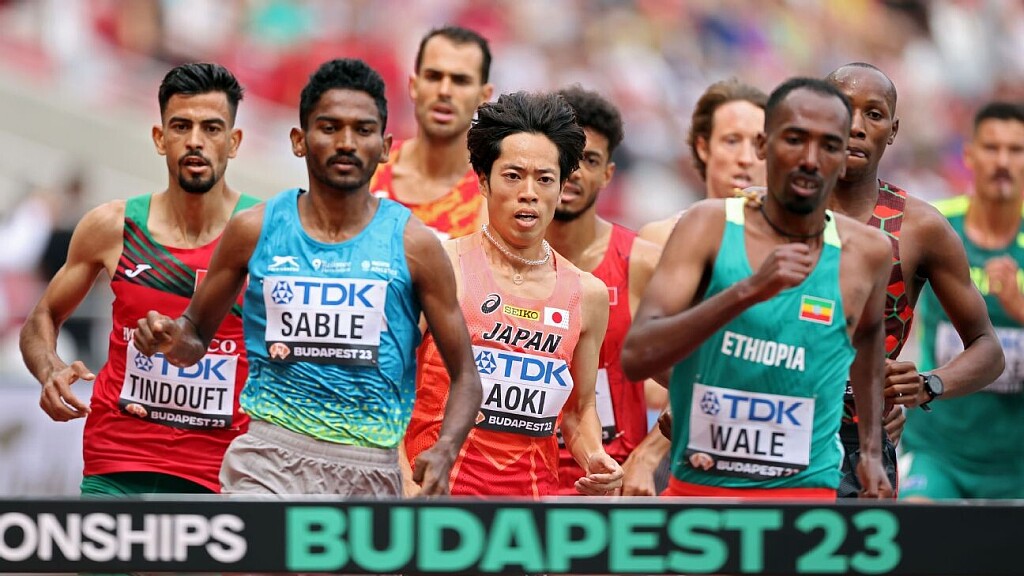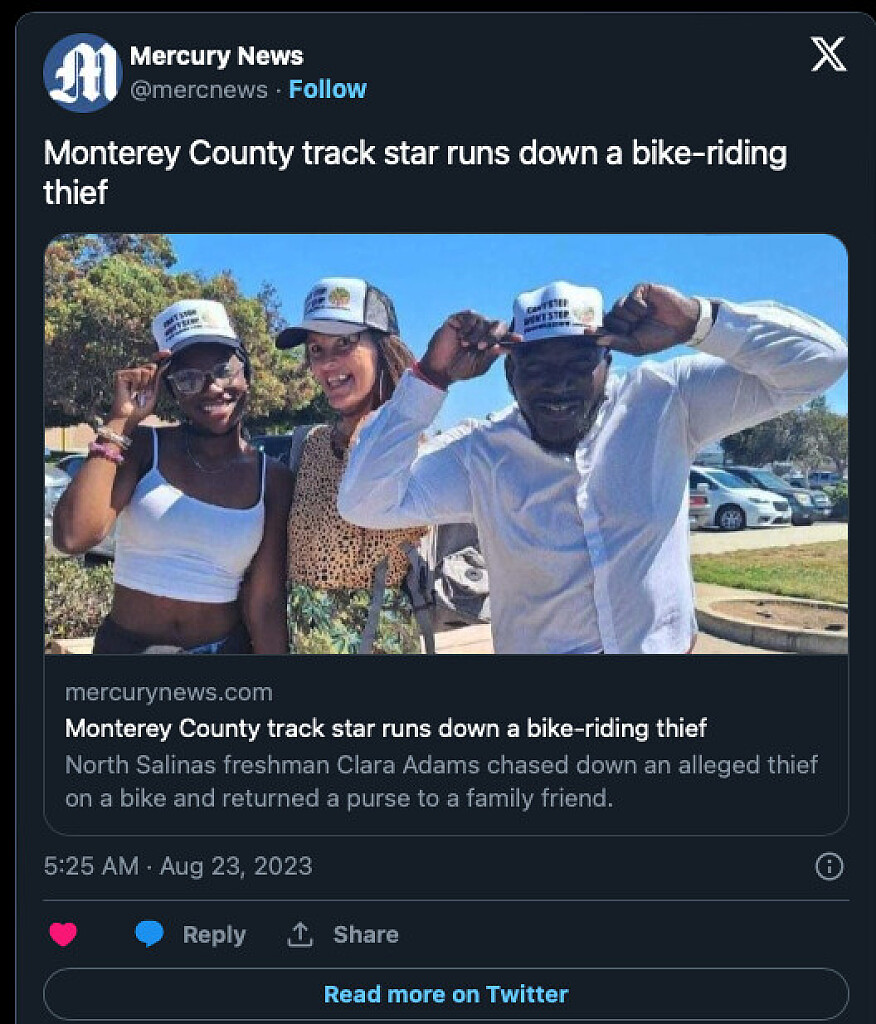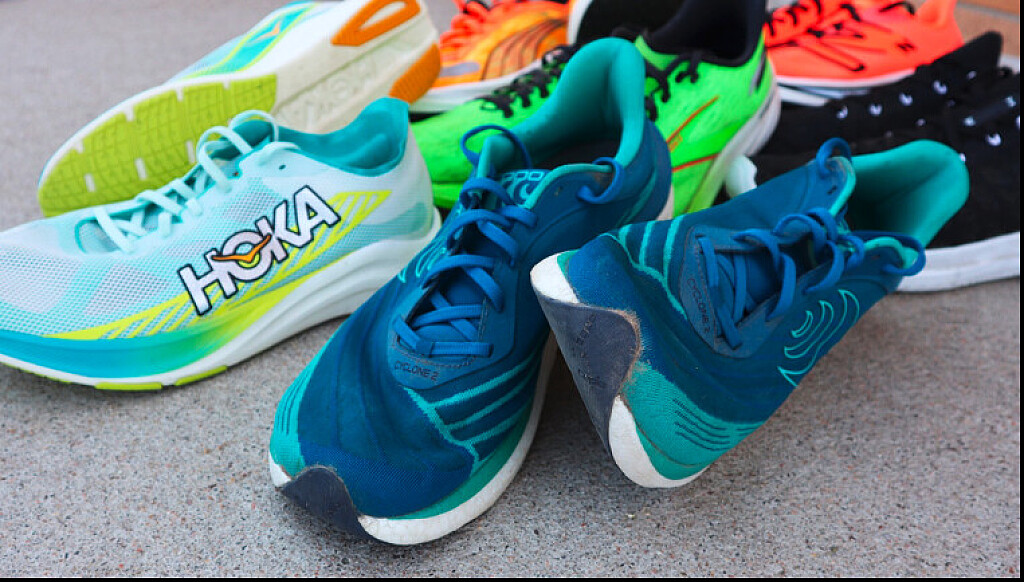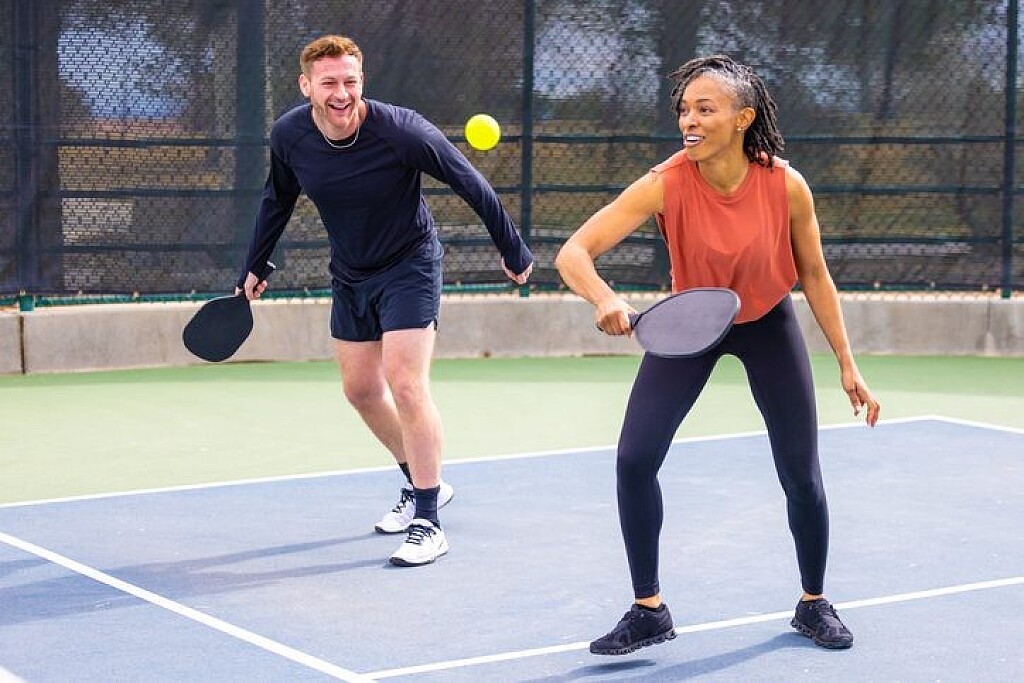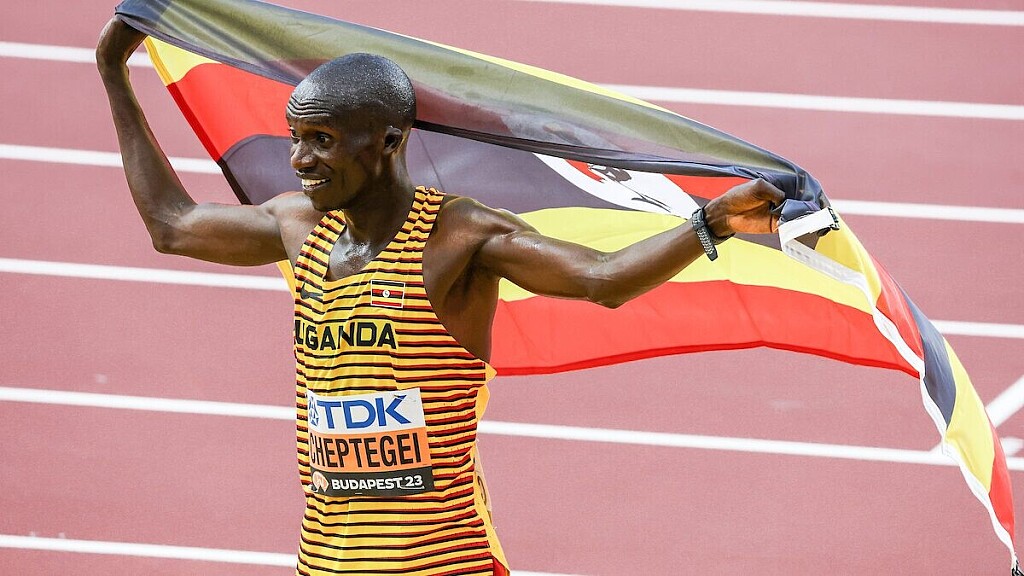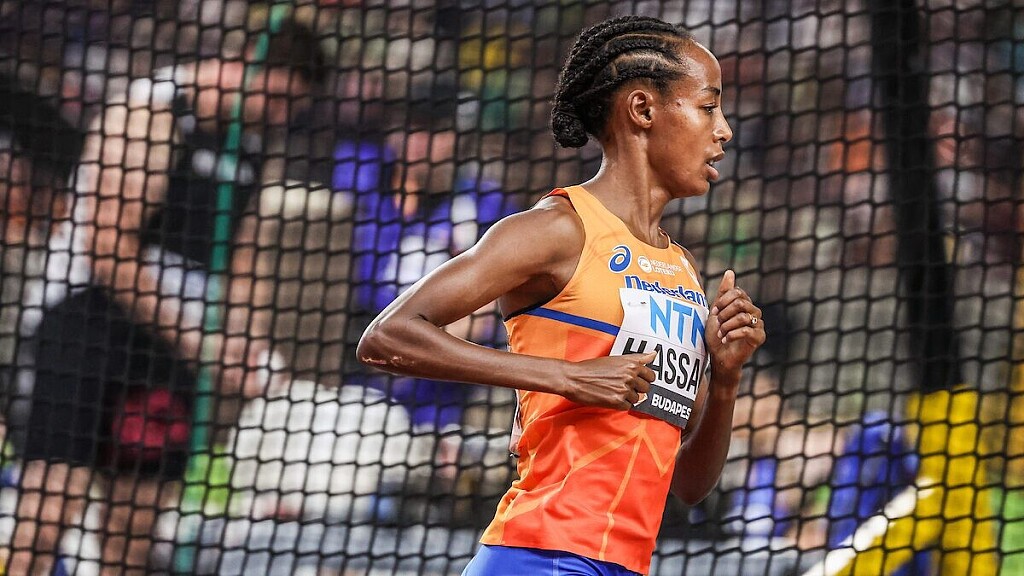Running News Daily
Running News Daily is edited by Bob Anderson in Mountain View, California USA and team in Thika Kenya, La Piedad Mexico, Bend Oregon, Chandler Arizona and Monforte da Beira Portugal. Send your news items to bob@mybestruns.com Advertising opportunities available. Over one million readers and growing. Train the Kenyan Way at KATA Running Retreat Kenya. (Kenyan Athletics Training Academy) in Thika Kenya. Opening in june 2024 KATA Running retreat Portugal. Learn more about Bob Anderson, MBR publisher and KATA director/owner, take a look at A Long Run the movie covering Bob's 50 race challenge.
Index to Daily Posts · Sign Up For Updates · Run The World Feed
Clayton Young wins 2023 New Haven Road 20K national championship, Emily Sisson wins the women's 20K
The 46th Faxon Law New Haven Road race boasted one of its most impressive fields of runners to date Monday, and it lived up to the hype with a photo finish in the men's 20K national championship race.
Clayton Young was the winner in the 20K, finishing in 59:15, just one second ahead of his training partner and last year's champion, Conner Mantz.

"We both trained in Chicago together, and there was a lot of talk before the race about strategy and what we should do," Young said. "When we were breaking away with about 600 meters to go, I knew I was feeling good and I had a shot, but I also knew that Conner (Mantz) has a deadly kick and he won it last year."
Overall, the road race featured seven Olympians and four past 20K national champions, though this year two new winners were crowned. Emily Sisson won the women's 20K national championship, finishing in 1:06.59.

Both runners overcame a confusing segment after the 10 mile mark near East Rock Park as Young started to veer to turn left, leading to Mantz wanting to backtrack.
(09/04/2023) ⚡AMPby Will Aldam
New Haven Road Race
Home of the Men’s & Women’s USATF 20K National Championship.The New Haven Road Race has again been selected to host the U.S. Men’s & Women’s 20K National Championship. The event expects to feature a number of past champions and U.S. Olympians.The New Haven Road Race is the LONGEST RUNNING USATF NATIONAL CHAMPIONSHIP! The race has been selected as Runner’s World...
more...Sir Mo Farah finishes fourth on farewell to London racing at Big Half
Sir Mo Farah bade farewell to racing in London after finishing fourth in his penultimate race at the Big Half on Sunday.
Farah’s last results saw him finish eighth in the Great Manchester Run 10K in May and ninth in the London Marathon the previous month.

The Big Half was Farah’s last race in London, with the final race of his career taking place at the Great North Run on Tyneside next weekend.
Jack Rowe came first in the elite men’s race with a time of 01:01:08, narrowly edging out fellow Briton Mahamed Mahamed who finished in 01:01:16.

Andrew Butchart was next to cross the line before Farah finished with a time of 01:02:43.
Calli Thackery finished first in the women’s elite race, with David Weir earning the top spot in the wheelchair race.
Farah reflected on an “emotional” day as his career approaches its end next Sunday.
He told BBC Sport: “It was quite emotional today because I haven’t been feeling well this week, I’ve got a bit of a cold.
“I didn’t know if I could do the race, then I was thinking about all the people coming out here and I’m not going to get another chance.
“I came out today, gave it my best but you can’t take anything away from Jack, he’s been working hard for the last three years and he’s deserved that win.
“It’s just nice to see youngsters coming along, grabbing that chance and believing in themselves.
“As I said, when you’ve achieved everything it must come to an end at some point. I’m getting on a bit and I’m kind of just looking forward to taking a break and hopefully being involved in sports, but just spending time with my family.
“Honestly, without the crowd and support I’ve had over the years it wouldn’t be the same.”
(09/04/2023) ⚡AMPThe Vitality Big Half
Created by London Marathon Events Ltd, in partnership with Sported,The Vitality Big Half is a community running festival, taking place in London in March. This one-day event offers a host of running distances, from a challenging half marathon to a free one-mile course, as well as a family-friendly festival of food, music and activities. What’s happening? Take part with friends...
more...Great North Run men's elite runners in full
Elite field of 50 runners includes half-marathon world champion Geoffrey Kamworor, making his Great North Run debut, and 5,000-meter world champ Muktar Edris - who named his son after Sir Mo.
With just days to go before the world-famous Great North Run kicks off from Newcastle, organizers have revealed the full line-up of the elite male athletes from around the world who are set to lead the way.

Among the top runners on September 10 will be Sir Mo Farah taking part in his last-ever competitive event. And it's set to prove an emotional occasion for the four-time Olympic gold medalist and six-time World Champion who has won the Great North Run six times.
Sir Mo, who also will be out supporting young runners at Super Saturday events the day before the half-marathon, will be retiring from professional competition once its complete. He said: "It will definitely be emotional but I’m so happy to have the opportunity to celebrate the end of my professional career on that famous finish line.”

And the event promises to give him a good send-off as he will be in some top company. The line-up for this year's elite men's race now has been revealed and it includes an impressive roster of international athletes.
Among them will be 30-year-old Kenyan Geoffrey Kamworor: a three-time World Half Marathon Champion who has won the New York Marathon twice and came second earlier this year at the London Marathon.
He said: “I’m really looking forward to taking on my first Great North Run in Newcastle - I’ve heard many good things about the event. Sir Mo Farah - he has had such an incredible career, it’s exciting to be a part of his last ever race but I’m obviously here to win and add my name to the list of champions.”
Another big challenger is set to be Muktar Edris from Ethiopia - and he is such an admirer of Sir Mo that he even named his son after the Olympian. Edris is a two-time World Champion over 5,000 meters and has a personal best time of 58.40.
He says: “I’ve raced Mo on the track but this is the first time we have met on the roads. I have great respect for him - after we raced in London 2017 World Championships, I named my son after him."
He adds: "I look forward to renewing our friendship and rivalry." Spectators will be able to watch them in action alongside the other elite runners - and the rest of the 60,000 participants - when the 42nd half-marathon gets under way in Newcastle on September 10, following its traditional route to South Shields where it will be all eyes on the finish line 13.1 miles later.
This year's run, which is due to be broadcast live on BBC1 from 10am until 2pm, is expected to raise around £25m pounds for charity.
(09/04/2023) ⚡AMPby Barbara Hodgson
Great North Run
Great North Run founder Brendan Foster believes Britain is ready to welcome the world with open arms after the launch of the event's most ambitious plan to date. The Great World Run campaign seeks to recruit one runner from every country in the United Nations – 193 in total – to take part in the iconic half marathon in...
more...Three easy steps to more relaxed running form
Ever wish you could run with more ease and smoothness? Whether it’s tight muscles, poor habits or overthinking that leave you feeling stiff and uncomfortable, you too can be gliding effortlessly in three simple steps. Try these a few times on your easy runs, and soon you’ll be doing them naturally. Your friends may start calling you Kipchoge.
1.- Relax your shoulders and arms
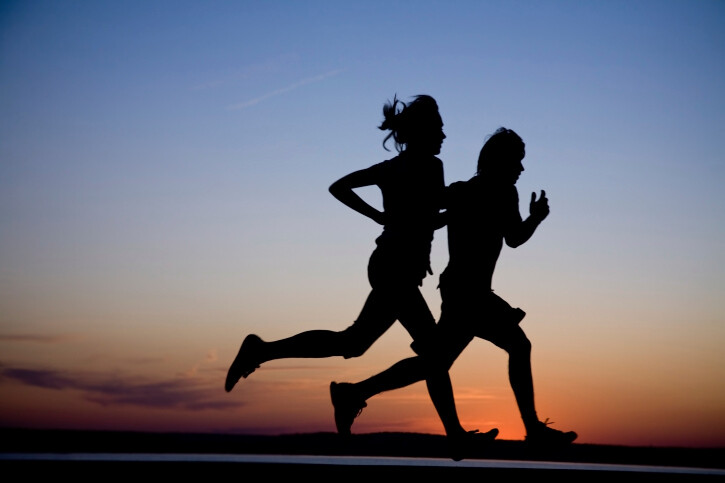
Keep your shoulders relaxed and down: tension in your shoulders can lead to neck and upper back discomfort. Keep your hands in a very loose fist (imagine you are holding a delicate potato chip in each hand) and let your arms swing easily and naturally. Once in a while, shake out your arms and shoulders during your run, releasing any tension that has built up and giving yourself a quick reset.
2.- Pay attention to your breath
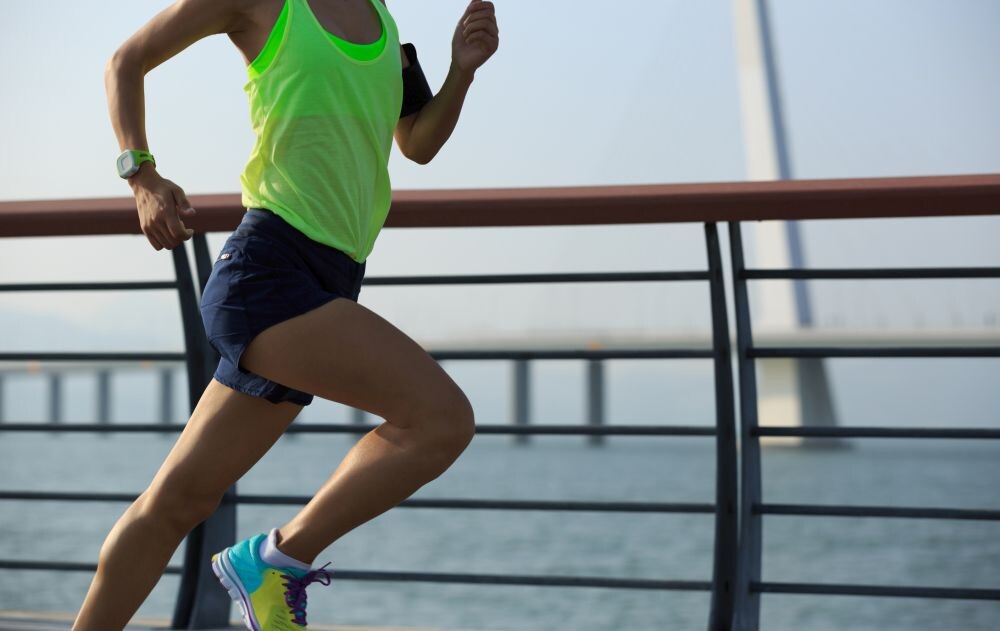
Notice the rhythm of your breath, and try to keep a steady, relaxed pattern. Taking deep breaths through your nose can help calm your entire body and reduce tension. Notice if you’re breathing erratically or shallowly and try practicing diaphragmatic breathing (or “belly breathing”) to release tension that may be accumulating. Start by inhaling deeply through your nose, expanding your diaphragm, and exhaling fully through your mouth or nose. If this is challenging, try practicing for a few moments before or after your run.
3.- Find your stride
While we all have a natural running stride that we gravitate toward, it’s easy to fall into poor habits when fatigue sets in. Aim for a comfortable and efficient stride length, avoiding overstriding or taking excessively long steps–this can lead to tension and soreness in your legs and lower back. Pay attention to your foot strike, and while this subject seems to be forever in debate, a general consensus is that staying light on your feet with a quick turnover is helpful for most of us. Avoid leaning too far forward or backward.
Relaxed running doesn’t mean slouching or flailing about, rather, it means finding a balance–maintaining proper running mechanics and feeling like you are running with ease. Some days this is more challenging than others. If you check-in with your running form regularly, reminding yourself of this quick three-step shakeout, you’ll soon be doing this by habit and zooming fluidly and lightly through your runs.
(09/04/2023) ⚡AMPby Keeley Milne
Over Sports Drinks? These Fruits Are Naturally Rich in Electrolytes
Find essential electrolytes like sodium, potassium, magnesium in everyday fruits
Many runners are familiar with common electrolytes like sodium, potassium, magnesium, and calcium. These minerals, namely sodium and potassium, play a role in helping to maintain fluid balance while exercising. Essentially, they allow your muscles and nerves to continue contracting optimally. Since we lose electrolytes along with water in our sweat, we need to make sure we are consuming an adequate amount to stay properly hydrated.

Having sufficient electrolytes on board can help prevent dehydration and muscle cramps, as well as aid in cognitive function and performance. Staying properly hydrated is even more important in the summer months, when we tend to lose more water and electrolytes in sweat.
Most runners are more concerned with low sodium levels than with higher ones. It is the electrolyte most lost in sweat, says registered dietitian Kylee Van Horn. “It plays a key role in both muscle contraction, fluid balance, and the bodies’ ability to utilize glucose (sugars) in the small intestine,” she says. “It works alongside chloride and potassium to maintain fluid balance.”
Hyponatremia, a dangerously low concentration of sodium in the blood, usually occurs when there is an excess of water (fluid) in relation to sodium in the body. Exercise-associated hyponatremia (EAH) can develop during or after physical activity (usually in regards to intense or endurance-type activities) and can lead to serious consequences.
Potassium works with sodium and is specifically recognized for its help in aiding muscle contractions, maintaining blood pressure, and preventing muscle cramping. The daily recommendation for potassium intake is about 4700 milligrams.
“Magnesium and calcium play roles in muscle contraction and energy production but are lost in smaller amounts in sweat,” says Van Horn.
While many of us rush to consume electrolytes through sports beverages, gels, tabs, and other supplements, we often forget that many delicious foods contain electrolytes, as well. Furthermore, many of the standard sports drinks and energy bars may contain sodium but lack other important electrolytes, and may also contain unwanted ingredients or added sugars.
(09/03/2023) ⚡AMPby Outside Online
These Expert-Recommended Kinesiology Tapes Could Help Your Running Recovery
To overcome a nagging running injury, just tape yourself back together.
Kinesiology tape, created by Japanese chiropractor Dr. Kenzo Kase in 1973, is a stretchy therapeutic tape made of mostly cotton that uses medical-grade acrylic adhesive to stick to your skin. When stretched tight, the tape pulls the skin away from the tissues beneath, reducing the pressure against the underlying tissues. In theory, this promotes circulation and the removal of waste products through lymphatic drainage.


Our experts said that some runners use kinesiology tape to reduce pain. “Once you reduce the perception of pain, you can get an increase in range of motion and an increase in muscle activation,” says Dr. Karena Wu, clinical director of ActiveCare Physical Therapy. Because nerve fibers associated with touch stimulation are larger than pain fibers, the brain receives the touch stimulation faster, reducing your perception of the pain.
The tape can also inhibit certain muscles or facilitate others. Instead of immobilizing muscles and joints like athletic tape, kinesiology tape is stretchy, and runners can use that elasticity to adopt a stronger, healthier stride. “People who have shoulder or trap pain as they’re running tend to hike their shoulders up toward their ears,” says Denise Smith, PT and owner of Smith Physical Therapy + Running Academy. “We’ll tape down their shoulders. As their shoulder creeps up as they fatigue, that triggers a sensation of the tape pulling on the skin, so they relax their shoulders.”
Scientific research confirms some of kinesiology tape’s purported benefits. A 2022 meta-analysis of eight studies conducted by the University of Padova in Italy found that kinesiology tape was able to improve gait function, range of motion, and muscle activation in athletes. However, a 2020 study out of Leeds Beckett University in England found that the tape made no difference in cutaneous blood flow, calling into question some of the tape’s purported benefits for muscle soreness and recovery.
Even without hard science behind all of its claimed benefits, kinesiology tape has been widely adopted by athletes and trainers. At less than $20 per roll on average, it’s a low-cost, low-risk way to at least try to optimize your training regimen.
What to Consider When Picking Out Kinesiology TapeAllergies and Sensitivities
Most kinesiology tapes are made from hypoallergenic materials like cotton and nylon, and specifically avoid using those that commonly trigger allergies, such as latex. Even so, make sure to check the composition of any tape before applying it if you have a skin allergy.
Even if you don’t have a specific, intense allergy, some adhesives may irritate sensitive skin. Several brands offer “gentle” tapes with weaker adhesives that are less likely to cause redness or swelling.
Separately, keep in mind that removing kinesiology tape will likely affect your skin, since the adhesive is very strong. Make sure to read the removal instructions before yanking the tape off—some manufacturers recommend using baby oil to break down the adhesive before removal.
Body Hair
You don’t need to shave your body hair to use kinesiology tape, but you should know that too much body hair will defeat even the stickiest adhesives. If your tape is coming off more quickly than it should on a hairy area, shaving down to a quarter-inch or less may improve the tape’s staying power.
Positioning
Some areas of your body are easier to tape yourself than others, so consider where and how you’ll apply the tape before you buy. Ideally, you should consult a doctor or physical therapist before using kinesiology tape so they can show how to properly cut and apply it in a way that will enhance your performance, instead of harming it. “It is very important to know the anatomy where you are trying to apply the tape,” said Bruce Allen, DC, a chiropractor and certified kinesiology tape practitioner at the San Diego Running Institute. “If taped incorrectly, you could give yourself a separate injury.”
We also have a guide to using kinesiology tape, with expert instructions for taping yourself up to deal with a handful of common running injuries, including plantar fasciitis and shin splints.
If you’re concerned about mis-taping, we recommend looking for pre-cut kinesiology tape strips and patterns, which are made to support specific trouble spots, including knees, shoulders, and the lower back.
How We Selected the Best Kinesiology Tapes
To choose the best kinesiology tape, we consulted eight physical therapists, trainers, and running coaches to find out which ones they use and recommend to their athletes. We also gleaned insight from popular running forums like Slowtwitch, impressions from additional experts, and hundreds of customer reviews at major retailers, such as Amazon and Walmart.Vikash Sharma DPT, OCS, COMT of Perfect Stride Physical Therapy in New York City is a doctor of physical therapy and a certified running coach with the Road Runners Club of America and USA Track and Field. An avid runner, Sharma competes in road races around the Northeast.
Karena Wu, DPT, OCS, COMT, CSCS, CKPT, CPI, FAAOMPT is the owner and clinical director of ActiveCare Physical Therapy in New York and Mumbai. Wu is also the former director of education for Spidertech Kinesiology Tape.
Bruce Allen, DC, CKTP is a doctor of chiropractic medicine and certified kinesiology tape practitioner based in San Diego. Allen received his Bachelor of Science in Kinesiology, specializing in kinesiotherapy, from San Diego State University.
Denise Smith, PT is the owner of Smith Physical Therapy + Running Academy in the Chicago suburbs. A certified running technique specialist, Smith has consulted for the Russian olympic and national triathlon teams and travels the country educating runners on proper form using the Pose Method.
Robyn Pester of Robyn Pester Physical Therapy in Eugene, Oregon has been the lead PT for the 2022 World Athletics Championships, the Olympic Track & Field Trials in 2016 and 2020, and other high-end local track meets. Her manual therapy skills have developed over a 30-year career that has helped hundreds of clients return to active lifestyles.
Ryan Sweeney, DPT earned a doctorate in physical therapy at Duke University in 2013 and now works as an orthopedic clinical specialist and muscle activation technique specialist at Specialists in Sports and Orthopedic Rehabilitation in Overland Park, Kansas.
Matt Silver, DPT at Alpha Project Phyzio and Performance and a certified running gait analyst, helps injured runners regain their stride with athlete-focused physical therapy.
Peter Dills, DPT is the clinical director of Therapeutic Associates Physical Therapy in North Portland, Oregon. A certified therapeutic pain specialist and manual therapy specialist, Dills is particularly passionate about treating runners, especially foot and ankle disorders.
Dan Roe, author of this piece, is a former Runner’s World test manager and a former Division I distance runner at the University of Missouri. Kinesiology tape is a component of many top athletes’ training regimens, and a crucial aid for all kinds of runners who want to relieve soreness and remain cognizant of their form. Kinesiology tape mimics the elasticity of skin and lifts your skin away from tissues beneath, creating space that may help relieve joint pain, improve circulation, stabilize muscles, and reduce muscle soreness. Physical therapists also use it to help runners correct bad habits by helping them focus on activating muscles they may be underutilizing.
At the same time, it’s not a panacea for muscular health. In fact, it isn’t for everyone. We’re here to help you figure out whether kinesiology tape can help you support your muscles, improve circulation or prevent injury. We’ll also point you toward the best kinesiology tapes you can buy right now, from KT and other brands, based on expert advice from physical therapists who recommend the tape to their athletes.Who should avoid using kinesiology tape?
You should avoid kinesiology tape if you have a condition where more blood flow would be bad—deep vein thrombosis, diabetes and active cancers are among conditions that have excluded people from participating in kinesiology tape research. Also avoid taping over open wounds due to the risk of an infection.
If you’re unsure how your skin will react to an acrylic-based adhesive, or any of the components in a specific tape, test it first by applying an inch-long strip and waiting a few minutes to see how you react.
How long should I leave kinesiology tape on?
According to our experts, you should leave your KT tape on until it starts to slide or fall off. “The tape is meant to be a sensory stimuli so it is meant to be worn for the length of the activity and even afterwards,” said Wu. “In rehabilitation, it should be used for a few weeks in order to retrain or support or inhibit tissues during the recovery process.”
In most cases, a piece of tape should last for a few days, up to a week. Most of these tapes are water-resistant so you will be able to shower after a run while wearing your tape, but it will likely weaken the adhesive.
How do I prepare my skin before applying KT tape?
Our experts recommend applying rubbing alcohol to the area to remove natural oils before taping up. Make sure the skin is not red or irritated before putting it on, especially if you are reapplying to a recently taped area. “You never want to take the top layer of skin off or irritate the skin or else you cannot re-tape until the skin has calmed down,” Wu said.
How do I remove KT tape?
Dills advises his clients to remove the tape in the shower using warm, soapy water. To avoid leaving a residue, “don’t pull the tape straight away from your skin,” Dills said. “Gently peel it back a little at a time.” If your tape does leave some adhesive behind, Smith recommends starting with soapy water and a sponge or scrub brush, and graduating to an adhesive remover pad for persistent adhesives.
(09/03/2023) ⚡AMPby DAN ROE Runners World
2023 UTMB Men’s Race
After a history of struggling with UTMB, the American men showed up this year with Jim Walmsley and Zach Miller (pre-race interview) taking the top two-spots on the podium. Two vastly different racers with different approaches to the event, the two were able to push each other from start to end, with Walmsley’s ever-consistent pace finally winning out in the end with a new course-record time of 19:37:43. But with a stacked field, with nine of last year’s top 10 back for another crack at the race, and last year’s champion Kilian Jornet out with injury, it was anyone’s bet throughout most of the race of who would come out on top.
There’s never a non-chaotic start to UTMB, and this year was no different. With nerves and excitement running high, it was France’s Arthur Joyeux-Bouillon (pre-race interview) who led at Saint-Gervais, 21 kilometers in, with the entire rest of the field hot on his heels. But as darkness fell on the race and the kilometers ticked by, several distinct groups began to form. Coming into Les Contamines, 32 kilometers in, it was Zach Miller, Jim Walmsley, and the U.K.’s Tom Evans (pre-race interview) bunched up and running together. It looked like there would be the potential of a repeat of the Miller-Evans bromance from 2022, with the addition of Walmsley as a third. Frenchman Mathieu Blanchard (pre-race interview) and Petter Engdahl (pre-race interview), a Swede who lives in Norway, teamed up just a minute behind the leading trio, and the rest of the top-10 men came in within five minutes of the leaders.


By Col du Bonhomme at 44 kilometers, it was clear that Walmsley was there to put his mark on the race. Miller doggedly hung on 30 seconds back, and Evans came through another 30 seconds in arrears, looking decidedly worse than the two men in front of him. France’s Germain Grangier (pre-race interview), Blanchard, Engdahl, and Joyeux-Bouillon continued to run together just eight minutes off the lead.
The head of the race remained amazingly consistent over the coming kilometers to Courmayeur, 81 kilometers into the race. Walmsley led Miller by a handful of minutes, Engdahl and Grangier followed, running close to each other in third and fourth, at under 20 minutes back after Evans decided to call it a day. Joyeux-Bouillon and Blanchard stayed within half an hour of the leader in fifth and sixth.
Ever the aggressive racer, Miller made his move before Arnouvaz, 99 kilometers in. He came through the checkpoint leading a fatigued-looking Walmsley by two-and-a-half minutes. Many wondered if this was just another instance of Walmsley taking the early race out too hard and paying for it later. Grangier, Joyeux-Bouillon, and Engdahl all came through the checkpoint within 30 minutes of Miller, still well within striking distance if either of the two Americans fell back. The rest of the top-10 men also remained close, with a large group containing New Zeakland’s Scotty Hawker, France’s Thibaut Garrivier, Blanchard, Switzerland’s Jean-Philippe Tschumi, and Germany’s Hannes Namberger coming in hot and fast.
Coming over a dark and foggy Grand Col Ferret at 103 kilometers, Miller extended his lead to nearly four minutes, but Walmsley looked determined and seemed to have found a second wind. Grangier continued to hold strong just 12 minutes behind the leader, and the chase pack of the rest of the top 10 remained relatively unchanged with several of the men teaming up to run the final kilometers to daybreak together.
It’s always a question of when the actual racing at UTMB starts. That is, when do runners make their move and hope that it sticks? Coming into Champex-Lac at kilometer 126 on Saturday morning, it was starting to seem like perhaps Miller’s early move might be the one that worked for the American. With an 11-minute gap over Grangier and Walmsley, who were now running together, Miller looked strong and focused. But there was still a lot of racing to do, and a lot of mountains between him and the finish.
Whether Walmsley was actually in a spot of bother in the later hours of the night, or if it was all part of his strategy to hold back until daylight, everything changed when the sunlight lit up the Alps. By kilometer 139 at La Giète, he’d whittled his gap to Miller down to two minutes, and by Trient six kilometers later, he’d moved back into the lead of the race, a position he wouldn’t relinquish. Grangier continued to run in third, with fourth, fifth, and sixth place, Joyeux-Bouillon, Blanchard, and France’s Ludovic Pommeret, all moving together 44 minutes back from the battle up front.
With the kilometers ticking by, Walmsley’s lead only continued to grow. At kilometer 154 at Vallorcine, he was more than 13 minutes ahead of a struggling Miller. Seven kilometers later at Tête de Béchar, the gap was up to 16 minutes. From here, it would be just one more climb up to La Flégère before the course tipped downward to Chamonix. Grangier maintained his third place up the final climb, with Blanchard in fourth and Pommeret in fifth, more than an hour back on the leader. Garrivier ran in sixth, while Hawker and Joyeux-Bouillon were seventh and eighth, 92 minutes back from the lead.
Once on the final descent, there was no touching Walmsley, and one can only imagine the thoughts and emotions that must have been going through his head. After five attempts at the race, the ultimate student of the course had finally figured out how to put together the race everyone thought he was capable of. He crossed the finish line to huge cheers from the crowd with a time of 19:37:43, breaking Kilian Jornet’s course record of 19:49:30. Wiping away tears while receiving congratulations from past UTMB champion François D’Haene, it was clear how much this victory meant to him.
Fellow American Miller came across the line in second with a time of 19:58:58, looking completely spent. This was his best finish during what can only be called an extended relationship with UTMB starting in 2016. Granger completed the podium with a 20:10:52.
Blanchard, last year’s second-place UTMB finisher, ended just off the podium in fourth. Maybe one of the more impressive results of this years race was of Pommeret in fifth. The 48-year-old masters athlete, who was the 2016 UTMB champion and 2022 TDS winner, showed that age really is just a number. The other surprise in the top 10 has to be Tyler Green, the American who made a late race move to finish in seventh. He didn’t move into the top 10 until Tête de Béchar, 161 kilometers in.
Race favorite Petter Engdahl withdrew at Champex-Lac, 126 kilometers into the race.
(09/03/2023) ⚡AMPby Eszter Horanyi I run far
North Face Ultra Trail du Tour du Mont-Blanc
Mountain race, with numerous passages in high altitude (>2500m), in difficult weather conditions (night, wind, cold, rain or snow), that needs a very good training, adapted equipment and a real capacity of personal autonomy. It is 6:00pm and we are more or less 2300 people sharing the same dream carefully prepared over many months. Despite the incredible difficulty, we feel...
more...2023 UTMB Women’s Race
Was there actually any doubt that American Courtney Dauwalter (pre-race interview) would actually win UTMB? If her performances throughout the summer were any indication, it would have been foolish to bet against her. After winning and setting course records at both Western States 100 and Hardrock 100 earlier this summer, this win might just be the cherry on the cake, or the cerise sur la gateau, as the French would have it.
The legend of the sport led from the early miles, and in typical Courtney fashion, smiled and joked her way to the win with a time of 23:29:14.While Emma Pooley, of Switzerland, led for the initial kilometers of the race, it didn’t take long for Dauwalter to move to the front. Sporting her trademark smile and happily interacting with volunteers at aid stations whenever the opportunity presented itself, Dauwalter simply makes it look good.


The top three women, Dauwalter, Pooley, and France’s Blandine L’Hirondel, came into Les Contamines, 32 kilometers into the race, within seconds of each other. It would be the last time we would see the front of the race together, as by Col du Bonhomme, 12 kilometers later, the gap between Dauwalter and second-place Manon Bohard Cailler, of France, was nearly 10 minutes. L’Hirondel and Chiina’s Fu-Zhao Xiang (pre-race interview) came through another two minutes later. Germany’s Katharina Hartmuth (pre-race interview) came over the dark col another five minutes in arrears. The situation remained essentially unchanged through Les Chapieux at 51 kilometers and Lac Combal at 69 kilometers, except the gaps were growing.
Nearly 10 hours into the race, Dauwalter came through Courmayeur at 81 kilometers, not even bothering to stop at the aid station. Bohard continued to keep the gap manageable at 18 minutes, but it was really starting to look like another runaway victory for the American for the top step of the podium. But the race for the rest of the top spots was just starting to get interesting. L’Hirondel and Xiang remained close in third and fourth, just a few minutes back of Bohard, and Hartmuth continued to lurk another 20 minutes back. This early in the race, there were still many within striking distance. Coming through Refuge Bertone at 86 kilometers, the top five remained unchanged and Canada’s Ailsa McDonald, Poland’s Katarzyna Solińska, the U.S.’s Sabrina Stanley and Leah Yingling, and Claudia Tremps of Spain filled out the top 10.
Somewhere before Arnouvaz at kilometer 99, Bohard took a fall that would ultimately take her out of the race. She entered the aid station walking gingerly, but was determined to keep going. This development opened up podium possibilities even further, and Xiang and L’Hirondel continued to run together at Grand Col Ferret, 50 minutes behind the ever-steady, smiling, and happy Dauwalter. Hartmuth was just 15 minutes off a podium position.
With the arrival of Saturday morning came renewed spirits for many. Dauwalter arrived to sun at La Fouly running 26 minutes under her own course-record pace. L’Hirondel and Xiang came in just under 50 minutes back, but now there was daylight, in the form of a couple of minutes, between the women. Hartmuth remained in fourth, 65 minutes down, Solińska in sixth, Yingling in seventh, and Spain’s Maite Maiora came through in eighth looking relaxed and focused. Stanley remained in the top 10. Bohard finally succumbed to injuries from her fall and would withdraw from the race.
By La Giète, 130 kilometers in, the gap between Dauwalter and second place was over an hour, but the fight between the rest of the top five remained tight. Xiang moved into second and Hartmuth third, just minutes apart, as L’Hirondel began to feel the distance and time in her legs and dropped back. Solińska and MacDonald continued in fourth and fifth, running together almost two hours behind Dauwalter and nearly 50 minutes behind second and third places. Things remained relatively unchanged at Trient at 144 kilometers. Dauwalter looked good, Xiang was 66 minutes back, and Hartmuth was a mere minute behind her. Solińska and MacDonald followed another 50 minutes back, with Maiora trailing them by 15 minutes.
With victory seemingly all but assured for the American, the battle for the other two podium spots started to get heated on the closing climbs and kilometers. Through Vallorcine at the base of the final major series of climbs, Hartmuth moved up into second after biding her time the entire race, now seven minutes ahead of third-place Xiang and fourth-place L’Hirondel, a further nine minutes back. Maiora led Solińska in fifth and sixth just under two hours behind the leader.
Near the top of the final climb at Tête de Béchar, 161 kilometers in, it was Hartmuth in second, 56 minutes down. L’Hirondel moved into third 15 minutes back and Xiang kept the pressure on for the final podium spot, trailing by just four minutes. The next gap to Maiora remained about 30 minutes.
Meanwhile, Dauwalter made short work of the final descent to the finish line in Chamonix, finishing in 23:29:14 and completing the ultimate trifecta of ultrarunning, winning the Western States 100, Hardrock 100, and UTMB all in one year. “Anytime you have a chance to take on a crazy challenge, I think we should,” she said afterward.The battle for the final two podium spots didn’t let up until the very end. Coming through La Floria, just four kilometers from the finish, Hartmuth led L’Hirondel by a mere nine minutes, and both women looked strong all the way to the finish. They would finish just over 40 minutes behind Dauwalter, Hartmuth in second at 24:10:52. L’Hirondel, the multi-time trail world champion, finished in third at 24:22:50 for her debut 100 miler.Xiang would fade away from podium contention in the final kilometers but held on for an incredible fourth-place finish, improving on her seventh place in 2022. But really, the excitement of her race finish was only added by receiving a marriage proposal on the finish line. Having met her now-fiancé — she said yes! — four years ago at UTMB, the proposal really was a perfect ending to her race.
Maiora finished fifth, an impressive result after her DNF in the race in 2021.
(09/03/2023) ⚡AMPby Eszter Horanyi I run far
North Face Ultra Trail du Tour du Mont-Blanc
Mountain race, with numerous passages in high altitude (>2500m), in difficult weather conditions (night, wind, cold, rain or snow), that needs a very good training, adapted equipment and a real capacity of personal autonomy. It is 6:00pm and we are more or less 2300 people sharing the same dream carefully prepared over many months. Despite the incredible difficulty, we feel...
more...Great North Run: 102-year-old walker set to be oldest entrant
At 102-years-old, Bill Cooksey hopes to become the oldest person to finish the Great North Run.
The centenarian, who walks about two miles a day to keep fit, will tackle the half marathon route from Newcastle to South Shields on 10 September.
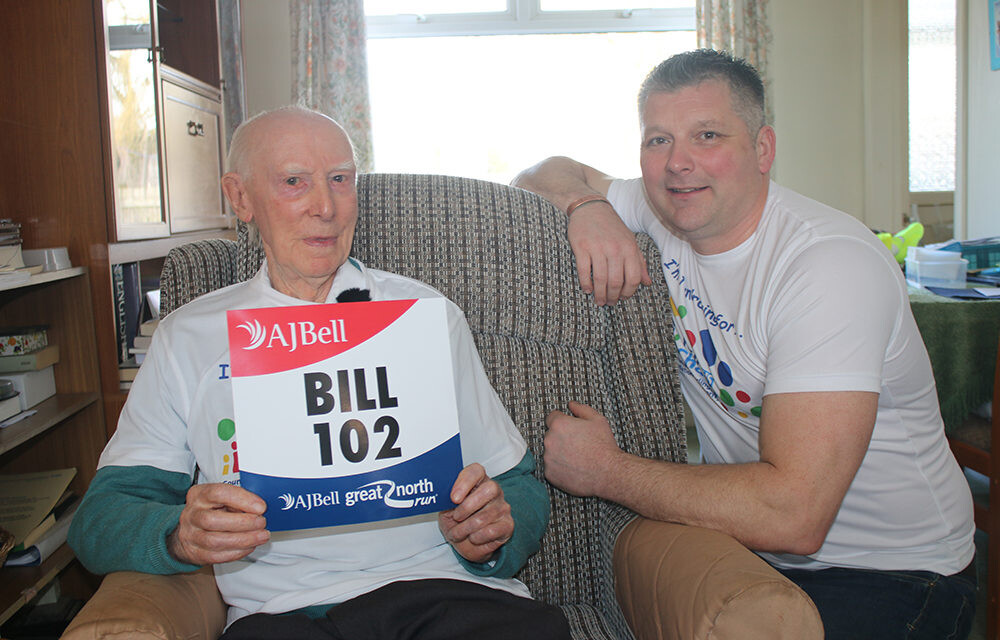
Mr Cooksey, from Newton Aycliffe, County Durham, is raising funds to support his local NHS Trust charity and will be accompanied by two others.
"I hope it will encourage other people to try the same thing," he said.

Due to his age, Mr Cooksey will be accompanied by his friend Gavin Hasting and Sue Jacques, chief executive of County Durham and Darlington NHS Trust.
The RAF veteran set himself a challenge of walking 100 miles (161km) when he turned 100 years old, trekking 10 miles a day for 10 days along the Locomotion Way between Newton Aycliffe and Shildon stations.
Not stopping there, the retired teacher clocked up 1,000 miles (1609km) on his tricycle to celebrate his 101st birthday.
He has been given a special Great North Run 102 number, signed by the half marathon's founder Sir Brendan Foster.
"Very often you get to the the same age and say 'that's it, I'm not supposed to be able to do this' but I just carried on as normal and I shall continue to do so until I am forced to stop," Mr Cooksey told BBC Radio Newcastle.
"I don't think that record will stand for long - there will be people out there who are much fitter than I am, and they will decide, 'well if he can do it, I can do it' - and good luck to them," he added.
Mr Cooksey, who was born in Wales, has enjoyed walking since his retirement in 1980.
He recently walked 12 miles (19km) between Seaton Carew and Hartlepool to test his fitness in terms of being able to do the 13.1 mile (21km) course.
The father-of-three encouraged everybody to walk at least two miles a day and has completed all the long-distance paths in Northern England.
"When I am doing an ordinary walk I don't make any attempt of hurrying, I just saunter along," he said, adding: "You go out to walk for solitude and to think about things."
He said he put his good health down to keeping active, as well as a good diet and lifestyle.
"The only thing I regret is having to give up dancing, I think that's another secret to good health," he added.
(09/02/2023) ⚡AMPby Andy Watson and Chris Robinson
Great North Run
Great North Run founder Brendan Foster believes Britain is ready to welcome the world with open arms after the launch of the event's most ambitious plan to date. The Great World Run campaign seeks to recruit one runner from every country in the United Nations – 193 in total – to take part in the iconic half marathon in...
more...Fast times at the third annual KATA Double 15k in Thika Kenya
The third edition of the kenya double road race was held today 2nd September 2023 at kenya athletics training academy (KATA) in Thika kenya. This also replaced the monthly KATA Time Trial for September.
On the chilly morning, the weather was perfect for a great race, runners started arriving at the academy as early as 6am for this mind blowing and challenging event.

Our race organizers had worked tirelessly to make sure that the event was ready on time under the eye of the race director and academy manager Florence Kimiti. and the kata team working hand in hand.
At 9.am Kenyan time the race started, and all the favorite runners were on the leading group making sure that they have an eye of what’s going on, race Favorite Bernard Musau took charge after the 3rd kilometer and went ahead to win the first leg in 29:44, Nahshon Ndegwa come in second in 30:26 and job Kamonde run 30:27 to finish 3rd.

In the women race, it was similar to men race, the one horse race saw Miriam Chepkemoi 34:35 dominated the race from gun to tape, Kellen Waithira came in 2nd in 35:37 and Karen Chepkemoi hold on to the 3rd in 37:14.
During the halftime break, it was the time for bob Andersons kid cup mile which saw amazing talent from the upcoming kids, in the boys race Davis Wanjihia won the race in 6:46, Benjamin Ndaro was 2nd in 6:55 while Lewis Mburu sealed the podium in 7:03. The girls was won by 11yrs old purity Wambui took the honors I 6:33, Emma Elianah was 2nd in 7:30 and Abigail Imali came 3rd in 7:39 to seal the podium.
After the break , it was time for second leg and saw Bernard fired up as he destroyed the field from the gun and won easily in 14:48 (his total time of 44:32 ties the 3rd best time time ever) his opponent job Kamonde run 15:02 and Raphael Gacheru ran 15:08 to third place after fifth place in 10km.
Miriam Chepkemoi final time was 51:33 which is the 5th best female tine ever. 40-year-old Gabriel Kahura clocked 47:06 which is the best time ever for 40 years plus.
The race had a huge success and runners loved the new challenge in the double racing.
(09/02/2023) ⚡AMP
KATA Double Road Race 15K
The third annual KATA Double Road Race 15k will be held Sept 2, 2023 in Thika, Kenya. Start and finish plus half time break will be based at KATA. Double Racing wascreated by Bob Anderson in the summer of 2010. Seven small events were staged by Ujena Fit Club in Mexico between Oct 2010 and Oct 2012 called the Bob...
more...Hoping to get faster this fall? This interval workout will do the trick
Summer is coming to a close, and as the temperatures begin to drop, it’s time to turn up the heat in your workouts. Speedwork is important, whether you’re training for your first 5K or your 10th marathon, so give this 90/60/30 workout a try.
It may look easy on the surface, but it’s an opportunity to really push yourself and turn the speedometer up a notch.
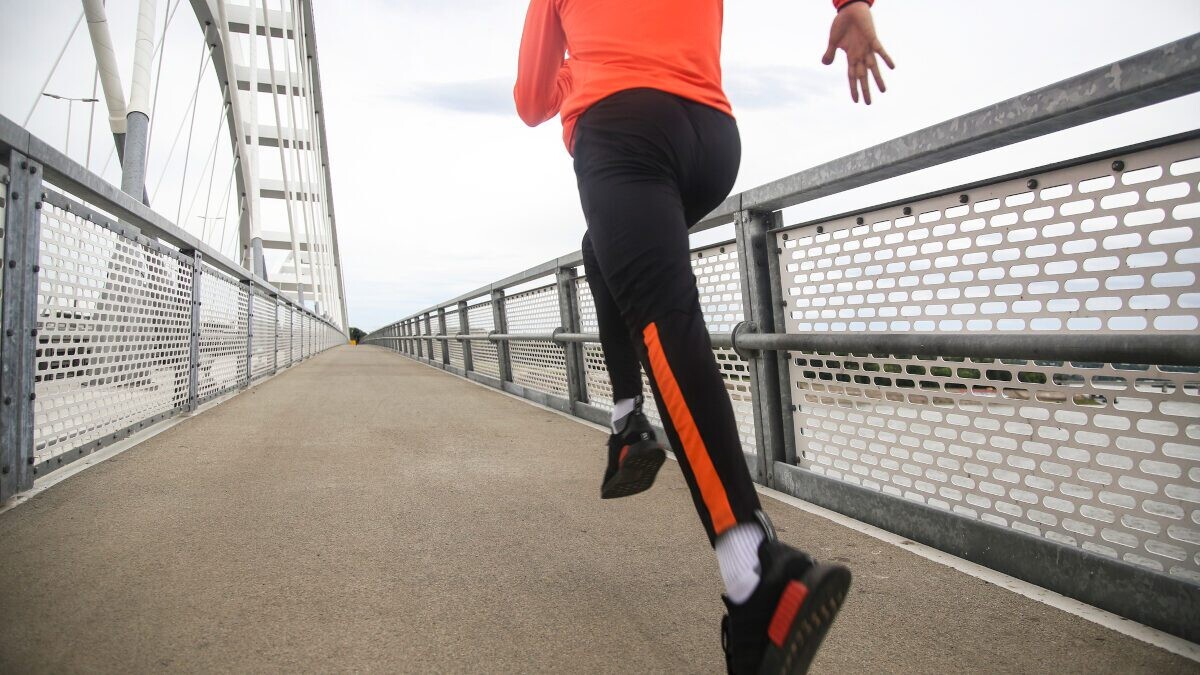
The idea behind this workout is to get faster as the intervals get shorter. That doesn’t mean you start off slow (the longest interval is only 90 seconds, after all), but you should pace yourself so you have something left in the tank and really pour it on for the 30-second interval.
This is a timed workout, but for those of you who aren’t ready to give up your summer track sessions, you can easily turn this into a 400m/200m/100m workout.
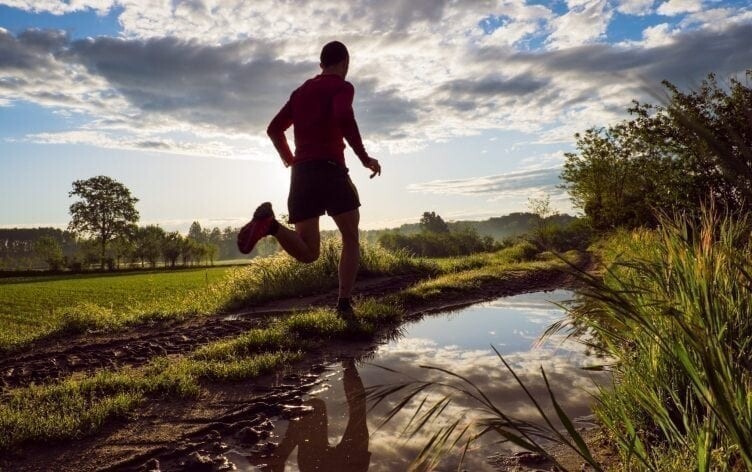
The workout
Warmup: 15-20 minute easy jog
Workout: three or four sets of: 90 seconds hard/90 seconds easy/60 seconds hard/60 seconds easy/30 seconds hard/90 seconds easy)
Cooldown: 10-15 minute easy jog, followed by light stretching.
(09/02/2023) ⚡AMPby Brittany Hambleton
How to Set Your Heart Rate Zones
Your physiology is beautifully unique. I sound like John Mayer if he was a physical therapist. Our bodies are wonderlands, even if our glutes are unmaintained landfills.
The individual uniqueness of athletes creates a problem, though. How can we understand our physiology in the broader context of training theory when every variable is a bell curve across the population? General equations work if you're smack-dab in the middle of the bell curve thiccness, but can be actively wrong and counterproductive as you venture into the standard deviation hinterlands.

Consider the equation that many of you might have heard about heart rate: 180 beats per minute minus age = approximately aerobic threshold, or the intensity level that serves as a top-end barrier for easy/steady running that should encompass around 80% of your training volume. While that equation is generally useful, it can be actively useless for individuals, especially aging athletes who are highly trained and have a much higher aerobic threshold than the equation would predict.
For me, the equation caps my easy runs at 145 heart rate. My actual aerobic threshold is 152 beats per minute in running (and 150 beats per minute in biking). In practice, that's almost a one-minute-per-mile difference in output. Training from a general equation would prevent me from accruing benefits from steadier paces, and I'd probably be slower at everything.
Training zones from your watch can also be atrocious. In the last few months, I have helped a few hundred listeners of our podcast calculate their heart rate zones (our episode on heart rate zones is here). And a lesson I learned is that some of the watch brands use algorithms that are less accurate than U2 in Spanish class. Zone Uno, Zone Dos, Zone Tres, Zone Catorce, Zone Biblioteca, etc. Some of the watch zones are set so low that I have no idea what they could possibly be measuring.
So today, let's look at one simple way to calculate your heart rate zones to help you calibrate your training intensity. Knowing your intensity ranges is helpful because it optimizes your metabolic fitness, allowing the body to burn more fat at higher outputs, while supporting mitochondrial proliferation and efficiency, allowing both higher and lower intensities to take less energy. Disclaimer: exercise physiology terminology is always subject to evolving debate, particularly on Twitter (the world's town square, if the square was also where the town put the raw sewage). Here is my favorite infographic ever on the overlap of these principles, from Fluid Athletics (follow them on Instagram here).
What Are Heart Rate Zones?
We'll be using the traditional Five-Zone model, contrasted with the Three-Zone model used in most training research, but it helps to understand both and how they interact. Heart rate is best thought of as a proxy for lactate concentrations. To simplify it a ton, lactate is produced as our bodies use glucose to fuel ATP production during glycolysis. Lactate is a fuel source for cells, and it's accompanied by a hydrogen ion that changes muscle pH and contributes to fatigue. A 2018 review in Cell Metabolism described the lactate shuttle where the cells use lactate for energy. If this shuttling mechanism is overstressed, lactate levels and fatigue rise and exercise becomes less sustainable. A great overview by Dr. Howard Luks is here.
When lactate concentrations begin to rise, intensity switches from easy to moderate, an inflection point known as LT1, broadly overlapping with aerobic threshold where athletes go from primarily burning fat to primarily burning glycogen. And when lactate levels rise more steeply at higher intensities, intensity transitions from moderate to hard, an inflection point known as LT2, broadly overlapping with traditional lactate threshold (or critical velocity, depending on the method of calculation). That encompasses the 3-Zone model used in research:
Those zones are used in research to determine intensity distribution. While these breakdowns are gross approximations, it can help to put some numbers on paper to get your bearings (all of these numbers have big error bars).
So if we're using heart rate to approximate lactate and the associated physiological impacts of fatigue, why don't we just use lactate? Good question, you article-ruining jerk. In a perfect world, athletes may decide to prick themselves for blood lactate readings with every interval like they're Norwegian vampires. Practically, though, there's a lactate learning curve in the best of times that can lead to inaccurate data, and in the worst of times it can take some of the spontaneous artistry out of daily training. You can probably tell I'm scared of blood, needles, and vampires (whether traditional or sexy).
For an easy way to scrub complex data files with HR variation, you can use the Strava Sauce browser plug-in, highlight the area you want to examine, and it will give averages without ever lapping the watch. When I calculate zones for athletes, I have found that you can also approximate LTHR from almost any hard workout with intervals 3 minutes or over by looking for spots in the file where heart rate stabilizes for 15-30 seconds before rising to less sustainable levels (and sometimes falling back toward that baseline in longer efforts). Be careful about using data from very hot days or long races over 90 minutes, when heart rate can sometimes be sustained above Friel's LTHR in ways that are not mirrored by the underlying physiology.
A big key here: the data needs to be accurate. Chest-straps are ideal for these purposes, and if you are doing a workout to set heart rate zones, it's worth using the chest strap even if it feels like you're getting the heimlich maneuver from a weak octopus. While wrist-straps are rapidly improving in accuracy, there is extreme variation among athletes/watch brands. For example, my Garmin 745 seems to work really well in most circumstances (see this beautiful graph of a threshold workout). But other athletes don't have that success, and sometimes they send me heart rate files that look like Bitcoin price graphs (we are not sure why it's going up and down, but we can be pretty sure it's nefarious).
How to Set Your Heart Rate Zones
Once you have the LTHR number, it's time to set those elusive zones. We're at another controversial point where the exact percentages are subject to extreme debate. The problem: when you validate heart rate data with lab tests, individual physiology varies substantially. LTHR narrows down that physiological variation to get an idea of zones, but the exact delineation depends on training history, muscle fiber typology, metabolic context, astrological sign, etc. Don't even get me started on Scorpios.
Here are the percentages that Megan and I like to use:
Let's dig into an example from my data. In February, I did a virtual bike race up a mountain. Using the Strava Sauce plug-in and highlighting the final 20 minutes of that hard effort, my LTHR was 172. While there is variance across sports and my heart rate is higher with running, that means my current zones for biking are approximately:
Your LTHR may increase with training and it will drop with age. Athletes are often between 165 and 175, though in professional athletes, I have seen numbers as high as 189 and as low as 152. You can see why dialing in your unique physiology is so important. An athlete with an LTHR of 160 needs to cap most of their easy runs at 140 heart rate (top end of Zone 2). Meanwhile, an athlete with an LTHR of 180 can go all the way up to 157! Often, everything about those athletes can look the same from the outside-same age, same PRs, same training, same potential. But they have very different hearts.
How To Use Your Heart Rate Zones
There are two places where having a general feel for your personal heart rate zones can be most helpful: understanding your Zone 2 (with LT1 as a cap) and determining the sustainability of longer efforts. First, let's break down how to think about each of the zones:
Knowing that Zone two cutoff can help calibrate an athlete's effort so they understand what terms like "easy," "steady," and "moderate" actually mean. Spot-checking heart rate periodically on harder efforts can ensure that athletes aren't going too hard, pushing everything into Zone five and reducing aerobic adaptations. I love athletes to get a feel for how high their heart rate gets on uphills especially, since excessive effort on ups can lead to reduced endurance and race performance. Zone 3 is your friend, in moderation. Zone four is your acquaintance. And spending too much time with Zone five will end with you folded up in a car trunk somewhere outside Las Vegas.
Takeaway
The big takeaway is that heart rate is just a proxy for fatigue processes, especially when calculated outside of a lab. The numbers can vary by the day, and they change across training blocks. Temperature, stress, caffeine, and political news all impact the numbers enough that caring too much about a few beats per minute is unhelpful. The day I first heard the nickname "Meatball Ron," I was in Zone three while sitting on the couch.
Instead, view heart rate as a way to calibrate your physiology in a general way, spot-checking your perceived exertion so that you know what you think your body is doing generally aligns with what your body is actually doing. Once an athlete dials in heart rate, I like them to look at it once every couple weeks during a run, and solely after-the-fact on other runs (if at all), never investing too much in small changes. Heart rate sometimes takes a while to respond, so I find it's rarely useful on shorter intervals.
If you train within the correct general range of intensities, whether guided by heart rate, lactate, and/or perceived exertion, you can improve output at Zone two and Zone three heart rates in particular, and because those efforts are more sustainable metabolically, you'll excel in races. You definitely don't need to have a heart rate monitor to achieve those goals. But you do need to have a good feel for your unique physiology.
All of our bodies can be well-calibrated wonderlands. We sometimes just need a little bit of the sexiest thing of all: data.
But have blood-free hope! Using the method in the article, I have approximated zones for professional athletes that have later been validated in lab tests with small enough margins of error to be useful. However, it's key to get a full lab test for truly accurate data. Heart rate without lactate, metabolic, and/or ventilatory lab tests is like determining the time from where the sun is in the sky. With context clues, you can be close, but you wouldn't want to use it to cook a turkey.
Five-Zone Training Model
Now, let's finally get to the Five-Zone heart rate model that is used in most training approaches. The Three-Zone model is overlaid with green, yellow, and red (again, there is debate around the exact breakdown, particularly with the Zone three/Zone four delineation).
There are a few ways to set the zones, but I see the most repeatability and accuracy with the Lactate Threshold Heart Rate method pioneered by legendary coach Joe Friel. As outlined in Training Peaks, he suggests that athletes "do a 30-minute time trial all by yourself (no training partners and not in a race). Again, it should be done as if it was a race for the entire 30 minutes. But at 10 minutes into the test, click the lap button on your heart rate monitor. When done, look to see what your average heart rate was for the last 20 minutes."
I like athletes to do the test on uphills, where they won't be limited by neuromuscular and biomechanical factors if they don't have a ton of speed training. If it wasn't a truly hard effort or your heart rate takes a lot of time to increase across an effort, you can take the average heart rate from a section as short as 10 minutes. Because this isn't an exact measurement like in a lab test, think of it as an art that is useful in understanding your body, rather than attempting to find a correct answer like high school algebra.
(09/02/2023) ⚡AMPby DAVID ROCHE
Des Linden and Kara Goucher Demystify Drug Testing Requirements in Pro Running
Specifically, how the “whereabouts” policy really works.
Drug testing in professional running has made plenty of headlines over the years—even as the process itself has remained somewhat mysterious to spectators of the sport. But on this week’s episode of Nobody Asked Us, Des Linden and Kara Goucher pulled back the curtain and offered a rare peek inside anti-doping practices, including the scoop on “whereabouts” policy.

Linden began the conversation by recalling that she’d been drug tested in the early morning of the previous weekend. “We could demystify the process because I think… people don’t hear too much about it except as just a quick tweet or [via] somebody who hasn’t really been through it or has a story that is uninformed because they heard it from someone who heard it from someone,” said Linden. “We’ve been through this a number of times so I thought we could talk about the process a little bit.”
According to the World Anti-Doping Agency, athletes who are part of the Registered Testing Pool (those operating at the highest level of their sport) must submit to regular drug testing year-round. To accommodate the testing, these athletes must offer up their home address (or address for their overnight accommodations), competition schedules, and any alternative locations where they may be found. They also must provide a 60-minute time slot for each day where they will be available for testing.
“You have one hour where they will not inform you that you’re there or that they’re looking for you. They will just knock and you have to be where you put your whereabouts for the day,” said Linden. The WADA stipulates that those who miss the test may be liable for, you guessed it, a ‘missed test,’ and infraction that can lead to bans.
Linden shared that her hour window is first thing in the morning when she knows she’ll have to pee. “Five to six a.m. is my hour window usually at home, and then they wake me up and I have to go to the bathroom right away,” she said. Goucher shared that she also opted for a morning slot for drug testing until her son was born. “After I had Colt, I did change it to the afternoon—just because there were many a time where he got woken up… so I did change it to like two because I was always home by then and just napping or playing with him,” she shared.
The WADA also reserves the right to test athletes directly post-race. Goucher and Linden said this process often involves waiting around after you’ve crossed the finish line until you have to go. In this case, drug testers follow athletes into the bathroom. The process can be awkward—especially if it’s a numbers one and two kind of situation. “They’re like tuck your shirt up into your bra and pull your pants down, I’m going to watch,” explained Kara. “At first it feels weird, but later in life you’re like ‘Pfff, whatever. Here we go.’”
Once, athletes had to fax their schedules to the governing bodies for drug testing, according to Linden and Goucher. But nowadays, the test scheduling happens via an app. “If you’re in a certain pool… then you have to put in one hour where you’re going to be and they can’t inform you,” said Linden. “And then you have the rest of the day where you sort of give them an idea of where you are and how they can get a hold of you.” They may choose to test runners outside their chosen hour; however, they must work with the athlete to find a location that works, per the two runners’ conversation. Goucher said that a drug tester once met her at a preschool orientation, for example.
“[The calendar] is really easy to change if your life changes. It’s not like you’re married to the calendar or anything,” said Goucher. “You have up to one minute prior,” agreed Linden, adding that she updated it last minute on a recent vacation. “It’s not impossible, and for me, what I get frustrated with is that this should be a priority in your life,” said Goucher. “This is what you do for a living. You’re trying to achieve all your goals.”
Linden and Goucher also shared personal stories about their testing experience, so make sure to check out the full episode.
(09/02/2023) ⚡AMPby Runner’s World
3 Years After a Car Accident Put Him in a Coma, This Runner Finished an Ironman
Now he runs for his young son with an incurable heart disease.Whether it’s one mile or 100 miles, running is my time to reflect, and appreciate every breath, heartbeat, and mile along the journey, and to celebrate the gift of life.
I’ve always enjoyed running and I started competing in 6th grade on the track and field team for my middle school. I loved being a part of a team atmosphere, and as I entered high school, I still wanted to run, but my coaches preferred that I throw shot put and discus because I was doing a lot of strength training and some powerlifting at the time. I enjoyed the throwing events, but had an interest in running over the years, and would ask my coach to put me in a sprint relay or two throughout the season. Outside of track, I also started swimming competitively when I was 15, and when I wasn’t at swim practice, I was usually jogging.

Growing up, I also had a dream of wanting to complete an Ironman triathlon. I saw the Hawaii Ironman on television when I was 5 years old and was inspired by the athleticism and inspirational stories of the athletes.
Unfortunately, one month after I graduated high school in July 2004, I was involved in a near-fatal car accident. The injuries were catastrophic: my heart went across my chest, I sustained shattered ribs, pelvis, left clavicle, and severe nerve damage to my left shoulder. Nearly every major organ in my body was damaged, failed, or lacerated. I also had a concussion from the impact of the crash and experienced 60 percent blood loss.
The EMS and rescue workers who got me out of the vehicle were later given awards for their work. I was then flown by a medevac to the hospital, and my trauma team explained to my parents that it would be a miracle if I survived the first 24 hours. Well, I did and I would spend the next two months in a coma, on life support. I was brought back to life eight times during the 14 major operations I had over that time.
When I came out of the coma, I had lost 100 pounds, and had to learn how to talk, eat, drink, tie my shoes, comb my hair, and brush my teeth all over again. The thought of walking was just that—only a thought—due to the damage to my crushed pelvis.
However, with help from my medical team, I was slowly able to stand, with restraint belts around my waist while being held up by physical therapists on each side. I then progressed to standing on my own with a walker, then a cane, and then shuffling my feet a few inches at a time across the floor to learn how to walk again.
After months of intense physical therapy, I was able to walk around my local high school track, which was a triumphant day. A few months after that, I was able to jog a mile around the track, and I kept progressing from there.
A year after leaving the ICU in 2005, I finally started college, and joined the swim team (even though I was just doggy paddling or doing light kicking with the kick board once or twice a week for 30-minute sessions.) Then two years later, in 2007, I was able to live my dream of crossing the finish line of the Hawaii Ironman triathlon, and also complete my healing process.
It was a team effort to save my life that terrible day and help me heal 100 percent from the EMTs, medevac team, pilots, surgeons, nurses, and physical therapists. So crossing the finish line at Ironman was my way of saying thank you to everyone who was a part of my journey and encouraging me every single step along the way.
Completing that race inspired me to continue racing, and eventually get into trail running, which I love.
Today, though, I run for my son, Liam. My wife, Pam, and I have two amazing children, Clara, who is 6 years old, and Liam, who is 4 years old. My children are my absolute world and they inspire me on a daily basis. My son, Liam, has a very critical form of congenital heart disease (CHD). CHD is a defect in the heart’s structure that’s present at birth, affecting nearly 40,000 babies each year in the U.S alone. His oxygen levels will always be lower than normal, so he gets dusky in color when he gets upset or cries.
Since birth, he’s undergone four major open heart surgeries, and other related procedures. His surgeries are palliative—not cures. He also has heterotaxy, which is when the organs are not in the correct location of the body, which can affect their ability to properly function. Liam’s lungs and liver are impacted, and he does not have a spleen so he is at higher risk for infections.
As Liam grows, he will require more cardiac operations. There is currently no cure for his type of congenital heart disease, and due to the cardiac defects that he has, there is an increased risk to liver dysfunction in the future.
We have been prepared that in Liam’s 20s or 30s, there’s a possibility he will need a heart transplant. This thought is very difficult for us as a family, but we hold onto the hope that medicine and surgical innovation will continue to advance over the next few years.
In Liam’s honor, I will be running the Grindstone 100K this year in Virginia. It is also my hope to raise awareness of congenital heart disease.
It’s been nine months since Liam’s most recent open heart surgery, and he is getting stronger each month. Seeing his improvement, and watching what he’s overcome has inspired and filled my heart with such gratitude. I’m going to get to that finish line for my son to celebrate his recovery!
I’m grateful for my family, and the second chance at life I was given after my near-fatal car accident, so having the opportunity to make it to the starting line of these events is a gift.
With Liam’s operations, running has been therapeutic for me—it’s a time for quiet reflection, and observing what my son has been able to overcome in his young life. It’s also a time to find inspiration on how I can help him, my family, and other families who are going through this journey.
Anxiety, depression, and PTSD can become overwhelming leading up to my son’s open-heart surgeries, but running allows me a physical and mental release from the stress.
When I get out there on the trails, I’m able to confront the concerns and worries that I have. Running has always been joyful, and these days it’s also my way to reduce stress, and inspire my children to see that when you work hard and set goals, you can achieve anything. Running is also my way to raise awareness on congenital heart disease and do all I can to help find a cure for the type of cardiac defects that my son, and many other heart warriors have. These tips have made my running journey a success:
1. Stay consistent
Each week I strive to hit a certain mileage that safely builds off the previous weeks, which then helps build a solid foundation for future training. The more consistent I am with mileage, nutrition, and pace, the better I feel at the starting line. I break larger goals into smaller, more achievable goals that over time help build confidence in my training. Over time, small goals can become big wins during the season!2. Rest and recover
In my first few years of running, I felt inspired to get out the door and train as much as possible each week. However, as I’ve been running more over the years, I have come to realize how important rest and recovery are after each training session. Having high mileage weeks is certainly an integral part of the training plan, but after every three to four weeks, I’ve found that taking the time to decrease the mileage during that “recovery” week helps keep me healthy and well rested.
3. Mix up your training and racing
I’m a bit of a hybrid endurance athlete, and I love to race in a variety of long-distance events, from marathons, to 100 mile ultramarathons. I have multiple goals in each discipline, and depending on the time of year and overall goals for the season, I’ll specifically focus on the upcoming race and how I can best prepare for it. This keeps it interesting! My weekly training plan includes swimming, biking, running, and strength training. The variety of the training and different goals has kept me feeling fresh and motivated.
Brian’s Must-Have Gear
→ PowerGel Green Apple: I’ve included Powerbar products in my training and racing since I started competing in sports in middle school, and they are a training staple of mine that I use every single day. During a training run or in the middle of a 100-miler, this is a delicious way to get much needed energy to keep running strong.
→ Nike Kiger 9 Men’s Running Shoe: These are my favorite trail running shoes because they are just the right amount of weight with optimum cushion. The way the shoe is designed, my feet feel secure, mile after mile, and I’m able to get an efficient and smooth foot strike with quick turnover. I also love the style and color range of this shoe, and they have the right amount of grip on technical terrain.
→Inner Armour Sports Nutrition Whey Protein Matrix: With the amount of training I do each week, recovery is essential in order to make the most of the next training session right around the corner. I’ve found great success in this protein formula because it tastes great, it helps hold onto the lean muscle mass when training, and aids the recovery process so I feel refreshed the next day when I get back out on the trails.
(09/02/2023) ⚡AMP
by Runner’s World
3D-printed outsole helps spread seeds on runs
With the aim of promoting biodiversity in urban areas, a product designer has created a 3D-printed outsole inspired by Velcro and bison hooves that lets runners pick up and spread wild seeds while racking up kilometres.
The outsole, a chunky synthetic slip-on covered in hundreds of flexible, soft hooks, is the creation of Kiki Grammatopolous, who created the project—which she calls Rewild the Run—as a graduate student at Central Sainte Martins in London.“I took the idea of Velcro, which is also a form of biomimicry (technology that is modelled on biological processes) and I blew it up into kind of a 3D texture around the outsole,” Grammatopoulos told Reuters. “The idea is that it would pick up and disperse seeds like an animal would, for example, like a bison.”


The bison, said Grammatopoulos, is considered a “keystone species,” an organism that plays an important role in maintaining the health of its own ecosystem. In addition to spreading wild seeds that attach to its fur, the bison’s unique hoof shape allows the animal to successfully plant seeds just by stepping on them.To more effectively aid the process of dispersing and seeding native vegetation, known as “rewilding,” Grammatopolous designed the sole of her creation in the shape of a bison’s hoof.
“When it comes to rewilding in the wild, a keystone species such as the bison would disperse seeds through their fur and their hooves,” she said. “It’s not practical at the moment to bring bison and wolves into an urban environment to rewild, so I was looking at how runners and run groups could be seen and used as herds to kind of replicate the keystone species in rewilding.”On her Rewild the Run website, Grammatopoulos writes that urban development has “contributed to the extensive fragmentation and reduction of natural habitats. Urbanization has a range of adverse effects on ecosystem functioning, including the disruption of plant dispersal processes across the landscape.” She adds that the city, being a manmade construct, requires “intuitive thinking to integrate natural spaces within it.”
Grammatopoulos says she is considering the next steps in the Rewild the Run outsole’s evolution. The outsoles, which are not available commercially, are still in the concept stage and the project remains in development. Grammatopoulos adds she hopes to consult with rewilding experts and is interested in exploring more advanced production technologies.
(09/02/2023) ⚡AMPby Running Magazine
Nike launches new Ksh40,000 shoe in honor of world marathon record holder Eliud Kipchoge
Each item in the collection features colors and graphics that pay homage to the start of Kipchoge’s elite racing career.
Nike has introduced the EK Umoja Collection, running footwear and apparel that is built on the ethos of world marathon record holder Eliud Kipchoge.
The collection honors the unifying legacy the two-time Olympic champion has had on the running community through products that all runners can purchase.
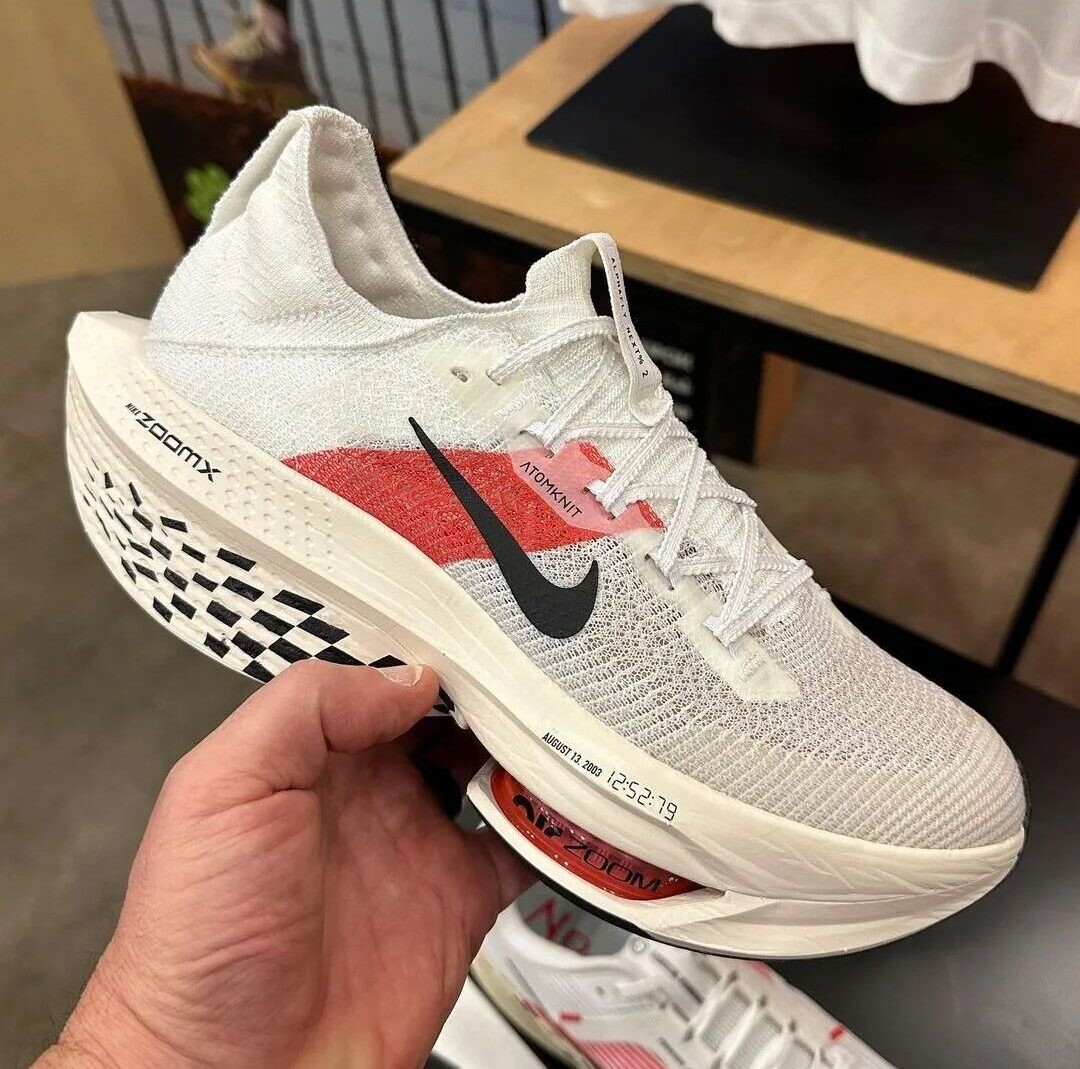
As reported by Nike, the collection includes five Nike running footwear silhouettes: the Nike Alphafly 2, Nike Vaporfly 3, Nike Zoom Fly 5, Pegasus 40, and Nike Victory track spike. In apparel, the line includes the Nike Windrunner jacket, Nike Rise 365 tee, Nike Stride 7-inch short, and a Nike Dri-FIT tee.
The Nike Alphafly 2 costs Ksh 40,000, Nike Vaporfly 3 (Ksh 40,000), Nike Zoom Fly 5 (Ksh 22,000), Pegasus 40 (Ksh 20,000), and Nike Victory track spike (Ksh 21,000).

Each item in the collection features colors and graphics that pay homage to the start of Kipchoge’s elite racing career, his first World Championship in the 5,000 meters in Paris in 2003.
The recurring color red represents Kipchoge’s proud Kenyan heritage and nods to the Nike Kenya kit he wore when he won his first gold medal.
The sock liners in the collection footwear, as well as select apparel items, display the official time of his 2003 5,000-meter win: 12:52.79.
A graphic print in Kipchoge’s handwriting reading “No Human is Limited” can be found on the medial midsole of each shoe and on each apparel item.
The Dri-FIT tee features a quote that guides Kipchoge’s optimistic approach to life: “Let us imagine that we are in a garden. Let us focus on the flowers and not the weeds.”
Throughout his 20 years competing at the highest level of the sport, Kipchoge and Nike have propelled their shared purpose to rethink human potential and move the world forward through running.
That forward momentum continues in the new EK Umoja Collection, built on the ethos of the four-time London Marathon.
“‘Umoja’ stands for unity in my native Swahili. This collection represents the work done together as a running family and community,” Kipchoge explained as per Nike.
Together, Nike and Kipchoge are committed to realizing his dream of making this world a running world. As he puts it, “A running world is a healthy world. A running world is a peaceful world. A running world is a joyful world.”
(09/01/2023) ⚡AMPby Abigael Wuafula
How to safely increase your training volume
Lithuanian ultrarunner Aleksandr Sorokin recently shared his August Strava data on social media, and for most runners, it reads like a what-not-to-do training plan. The ultrarunner, who holds seven world records on the track and road including the 100K (road), 100 miles (both road and track), and 24-hour run (road) is known for his huge regular mileage and hammering out two 40K runs in a single day.
“31 marathons distance completed in August, Sorokin shared on Instagram. “It was a tough month with great work for some good results for the future.” While Sorokin’s monthly mileage is mind-blowing, for the rest of us, increasing training volume should be done slowly and carefully. Here’s how.
Make sure to build a strong base

Before you start to really add mileage, make sure you have been running consistently for at least six months and have a solid foundation. These runs can (and should) be mostly done at a very easy pace–this will build your aerobic fitness and endurance.
Ignore the 10 per cent rule

The 10 per cent rule is commonly recommended for increasing training volume–and it may not be the best way to add mileage (mileage increases of not more than 10 per cent per week). There is no hard and fast rule that works for everyone, and you should maintain flexibility in your weekly volume to adjust depending on how you feel.
Volume should be added very gradually, allowing your body to adapt to the increased stress and reducing the risk of overuse injuries. For many runners, three or four per cent might be a better guideline, while others might be able to add 10 per cent or more without getting into trouble. Pay attention to how your body is responding.
Consider alternating hard and easy weeks
Periodized training is a popular method of training in phases or building blocks that usually include recovery weeks. While athletes often have three weeks that include some challenging workouts and one week of easier training to recover, alternating hard and easy weeks is a great option when adding mileage.
If you’re feeling extra tired or sluggish, take an extra rest day (or three). Paying attention to the messages your body is sending you is key to preventing injuries and building strength.
Focus on recovery
Whenever you’re adding volume or intensity to your running plan, recovery is the golden ticket to staying healthy. Prioritize rest and easy days. Make sure you are taking in sufficient calories and nutrients–this means on days when you aren’t running, as well. Recovery weeks or days are when the magic happens: your body works to repair microscopic tears in tissue and builds strength.
Increased mileage or focus on a big goal can also be challenging mentally. Make sure you are spending time on hobbies and interests outside of running and practising healthy self-care.
(09/01/2023) ⚡AMPby Keeley Milne
Three training tips from Canadian Leadville 100 podium finisher Madeline Wighardt
Ancaster, Ont.’s Madeline Wighardt has made the podium of three renowned ultras in the few years she has been competing, and while the 22-year-old’s running career hasn’t been long, she has plenty of valuable training insights to share. Wighardt, a chemical engineering student, chose her first race (the prestigious JFK 50 in Maryland) based on YouTube documentaries, and ended up taking second in the 2021 event. She followed that with a second-place finish at Quebec Mega-Trail’s 110K event in 2022, and ran to third place at Colorado’s Leadville 100 earlier this month.
Wighardt says she was only aiming for a sub-25 hour finish to earn the big belt buckle that Leadville 100 directors give out (runners earn a smaller belt buckle for a sub-30 hour finish), and was in “complete disbelief” that she had landed third. She shared some tips that helped her reach the podium.

1.- Be consistent
“Every run will not be amazing,” says Wighardt. “In fact, many runs will feel horrible, and you will be tired, unmotivated and slow.” She says her biggest tip for new runners is to keep showing up and consistently putting in the work. “It will all pay off on race day.”

2.- Be patient–you are stronger than you think
When racing, Wighardt says it’s important to remember that you are capable of more than you imagine. “Even when it feels like your entire body and mind are giving out, you can keep going,” she said. The mindset that helped her race Leadville 100 successfully involved being extremely patient at the beginning of her race in order to feel good at the end.
“I started out very slow and easy, and was in around 200th place at mile 12, ” she says. “Because I stayed calm, collected and patient while everyone was passing me, I was able to have lots of energy to pass people at the end.”
3.- Keep it fun
Wighardt strives to avoid focusing on distances, times or race results, sharing that she’s noticed when she does get caught up in these things, she performs less well, because she is stressed and hypervigilant about how fast she is going or what place she is in. “I go as far as to never check my pace during easy runs and rarely during interval workouts and races,” she says.”I think decreasing the obsession with data and numbers and focusing on running by feel is a great way to be a better runner, both mentally and physically.”
(09/01/2023) ⚡AMPby Madeline Wighardt
Why running with ankle weights is seductive (but dumb)
Any science-fiction buff knows growing up on a high-gravity planet will make you one heck of an athlete here on Earth. Sadly, we can’t yet visit oppressively weighty worlds to train, but that doesn’t stop runners from seeking out challenging environments—like high-altitude trails—to forge fitter bodies and boost performance through adaptation.
As a fledgling runner and diehard sci-fi fan, one of my earliest training mistakes was to try simulating life on a high-gravity planet by running with ankle weights. More shameful than that admission is the fact that I thought I was an absolute genius for attempting it. Our numbers are few, but there is a very thin branch of the running community that has either tried running with ankle weights or is contemplating it. If you’re one of the rare runners thinking of giving it a try, here are some reasons to reconsider.

The fantasy doesn’t stack up to the reality
The allure of ankle weights isn’t just about the promise of exponential growth in leg strength and running speed, but the fantasy wrapped around it. Before setting out on my ill-fated ankle-weight test run many years ago, I imagined it being the start of two solid years of secretly wearing ankle weights on all my runs (I’d be doing all my training in billowy harem pants, I guess). I’d slowly but surely grow faster and stronger, to the point where I’d be one of the fastest runners in town, even while wearing the weights.

I also imagined the day I would reveal my secret to a shocked world. I’d race a 100m heat (in front of tens of thousands of spectators—it’s a fantasy, after all), tying the fastest guy in town (who was also about to foreclose on the local orphanage—again, fantasy). For the final, I’d lift the legs of my harem pants to reveal my leg weights to a sea of dropped jaws, cast off my weights as if they were shackles, embarrass the competition with my incredible speed, win the race and save the orphans.
In reality, I only lasted one run with the leg weights—a 5K I bailed on halfway through—and I haven’t run a 100m since Grade 6.
It messes with your running form
Running with dead weight around your ankles is a sure way to throw a couple of heavy wrenches into your running mechanics. By targeting the lower leg muscles and neglecting other muscle groups, running with ankle weights creates muscle imbalance. It also reduces running efficiency and makes it nearly impossible to maintain decent form. When I tried it, I wasn’t running so much as I was speed-stumbling, like an over-caffeinated Frankenstein’s monster.
You’ll hurt yourself and look dumb doing it
I’d love to say my ankle-weight running experiment ended after I experienced a sudden bout of dignity, but it was a rolled ankle that did me in. In hindsight, I’m thankful to have been stopped by an acute injury, rather than suffer more serious and chronic strains, sprains, tears or pulls I surely would have inflicted on myself had I tried sticking with my ankle-weight training plan.
(09/01/2023) ⚡AMPby Paul Baswick
British runner Andy Butchart is set to make his marathon debut
Andy Butchart is set to make his marathon debut later this year.
The Central AC double Olympian will race over 26.2 miles for the first at the New York City Marathon on Sunday 5 November.

Andy has a half marathon best of 62:58 which was set in New York back in March of this year.
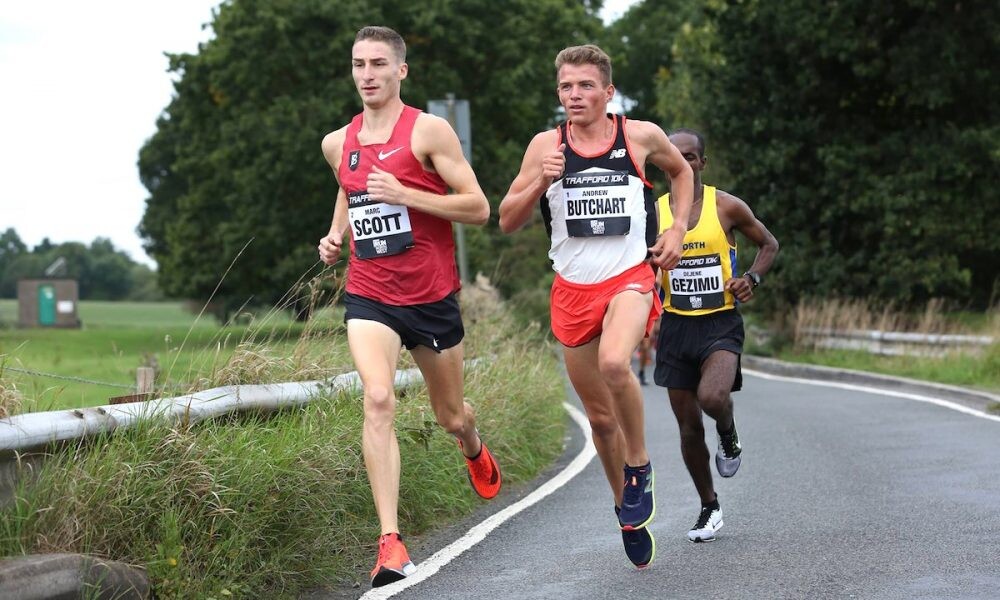
Now he has been named in the elite field for the big one in the Big Apple in November and it will be great to see his progress as he effectively switches from the track to the road.
Andy has personal bests on the road so far of 14:04 for 5k, 28:05 for 10k and that sub-63 minutes run for the half marathon distance.
(08/31/2023) ⚡AMPby Scottish Athletics
TCS New York City Marathon
The first New York City Marathon, organized in 1970 by Fred Lebow and Vince Chiappetta, was held entirely in Central Park. Of 127 entrants, only 55 men finished; the sole female entrant dropped out due to illness. Winners were given inexpensive wristwatches and recycled baseball and bowling trophies. The entry fee was $1 and the total event budget...
more...Start Running: A quick guide to help you build a runner´s routine
Running is not just a physical activity; it’s a gateway to improved fitness, mental clarity, and a healthier lifestyle.
If you’ve been contemplating lacing up your sneakers and hitting the pavement, there’s no better time than now to start. After all, you should never do tomorrow what you could do today.

Building a runner’s routine might seem daunting at first, but with the right approach and a few supportive habits, you’ll be well on your way to reaping the benefits of a regular runner’s lifestyle.
Getting Started

Before you can tie your shoelaces and hit the pavement, you need to take the time to define your running goals.
What do you want out of running as a routine?
You need to understand this to better work toward achieving your goals and ensuring that you can make the most of your new, healthy habits.
So, take some time to sit down and figure out what you are hoping for from your running routine – once that is done, you can start taking steps to get yourself started.
Choose the Right Gear
Investing in a good pair of running shoes and some comfortable workout clothes – courtesy of a quality company like anthembranding.com – can make all the difference in your running experience. After all, the last thing you want is to run with ill-fitting shoes and give yourself blisters.
Create a Schedule
Consistency is key when it comes to building a runner’s routine. So, take the time to plan your runs for specific days and times that fit well with your daily routine, and then make a point of keeping to that schedule.
Proper Running Form
If you want to be sure that you are getting the most out of your running routine, then you are going to need proper form. It can take some time to get there, but if you focus on maintaining proper posture while running – straight back, relaxed shoulder, and arms at a 90-degree angle – then you will find it coming to you more naturally over time.
Supportive Habits to Help Support Yourself
Of course, if you want to be sure that you are giving yourself the best chances to make the most out of the hobby of regularly running, then you are going to need to take some steps to support the habit as well.
Rest and Recovery
Your body needs time to recover to get the most out of exercise. So, make sure to incorporate regular rest days into your routine to prevent overexertion and reduce the risk of injuries. Listen to your body – take a day off if you feel fatigued or sore.
Sleep Well
Of course, other aspects of your health will bleed into your running as well, and none so noticeably as your sleep quality. Sleep is crucial for muscle recovery and overall well-being, making it the most notable aspect of your health impacting your running.
Join a Community
Running with others can provide a sense of camaraderie and motivation, so you should consider joining a local running club or finding a running buddy. What’s more, your progress might be slow at first, which is exactly why you might need the positivity of a supportive community. Every step forward is a victory, and having people around you that know that can help you massively.
(08/31/2023) ⚡AMPby Colorado Runner
Four running truths from a 240-mile finisher
Arizona-based ultrarunner and body positivity advocate Callie Vinson recently shared on social media four running truths she wishes she had known sooner, and her words hit home for many runners. Vinson, whose own remarkable running journey includes finishing the Moab 240 after shedding 200 pounds, regularly shares info about training, crewing (for partner and elite runner Scott Traer) and body positivity on Instagram, and has developed a devoted following with her passion for inclusivity and her willingness to answer runners’ questions.
Learn these four lessons now to save yourself time and grief, and have way more fun on your runs.
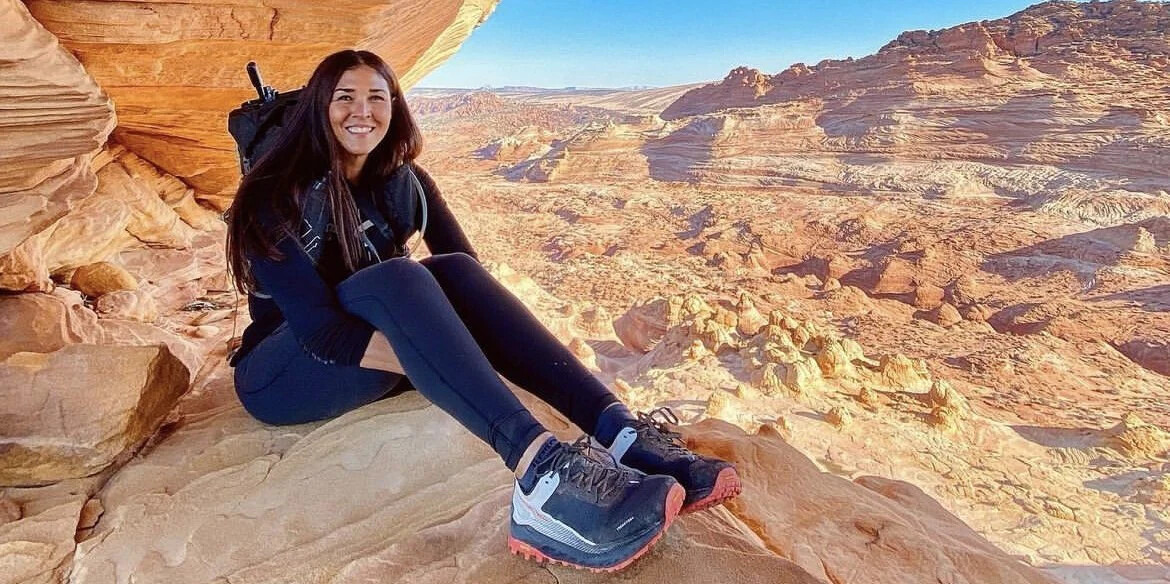
1.- No one cares about your pace
Ever had a really slow run and felt like you needed to justify it on Strava? We’ve been there, and the truth is that absolutely nobody cares. (And if they do, that’s weird and an issue for them, not you.) Lose the fear of running slowly, whatever “slow” means to you. Not only does no one care, but running slowly actually has a multitude of benefits for your fitness and performance. Embrace those snail-like days, and lose the stress about what others think; as Vinson puts it, “run as slow or as fast as your li’l heart desires.”

2.- You don’t have to race
“There’s no rule you have to keep upping your distance,” Vinson shares. “Running for fun is perfectly okay.” When did we start telling ourselves that we had to race? For some runners, racing is added stress and takes away from the fun of running. You don’t need to be training for an event, increasing your mileage or ever planning to race, to be a runner.
3.- Hiking up a steep-a** hill counts
Whoever invented the idea that runners don’t walk has never been to an ultramarathon. While covering dozens (or hundreds) of miles, ultrarunners certainly walk (or “power hike”) up steep hills–it conserves energy when compared to running at the same speed on steep slopes. “It’s just science,” says Vinson, and she’s right.
Pro ultrarunner and scientist Keely Henninger wrote in Freetrail about a study she worked on that found that on inclines at or above 15.8 degrees, it was more than eight per cent more efficient for athletes to walk. No need to measure the grade of your incline–if you feel the need to walk up it, go for it.
4.- No one cares what you look like running
What goes for pace also carries over to appearance–ditch the concerns about how you appear to others. Many runners are working through the same insecurities, and they sure aren’t worried about how you look. When a runner passes by on the street, others are far more likely to be impressed with their dedication and fitness rather than scrutinizing their style or body. Learn from Vinson and embrace your running body, whatever it looks like.
(08/31/2023) ⚡AMPby Keeley Milne
A new runner’s guide to injury prevention
Fall is a great time of year to start running, but it’s important to tread carefully to avoid common running injuries that often plague beginners. Whether you’re lacing up your shoes for the first time or returning to running after a hiatus, here’s a rundown of the most prevalent injuries, and strategies to keep them at bay.
Shin splints

Shin splints, characterized by pain along the shinbone, are a frequent complaint among new runners. To prevent them, start with a gradual increase in intensity and mileage. Invest in proper footwear that provides adequate support and cushioning. Don’t forget to stretch and strengthen calf muscles to alleviate stress on the shins.
Runner’s knee
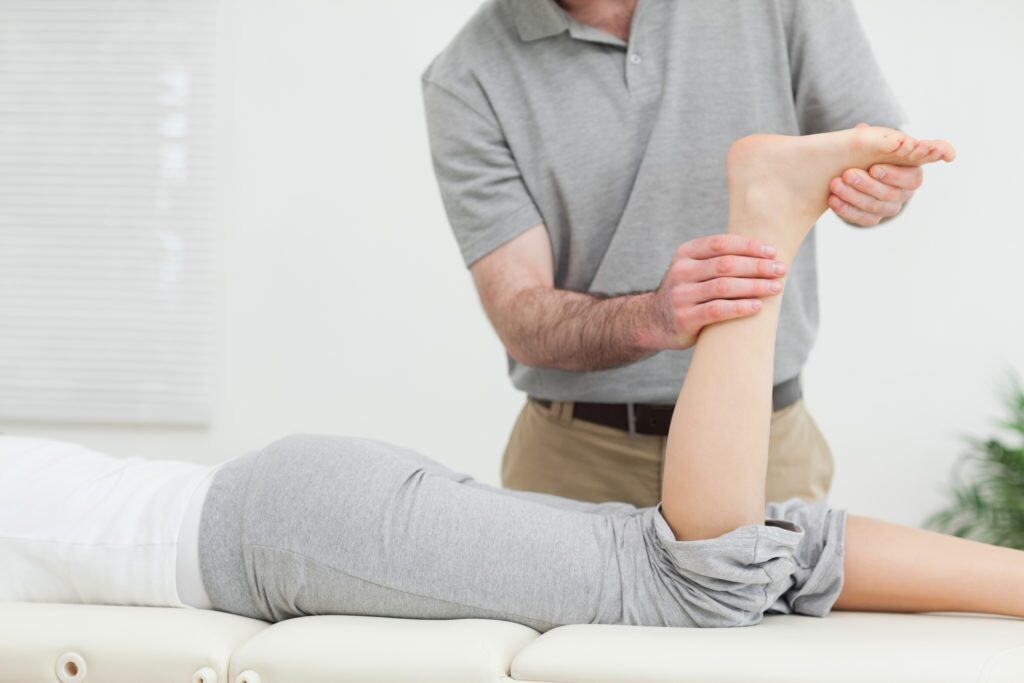
Runner’s knee, or patellofemoral pain syndrome, can result from improper running form, weak quadriceps or overuse (a.k.a. doing too much too soon). Ensure you have appropriate shoes (go to a dedicated running store to be fitted, if you can), and consider using insoles, which will increase comfort and support (be sure to remove your shoe’s removable sockliner first). Pay attention to your running technique and avoid sudden increases in mileage. Regularly incorporating strength training exercises (squats, backward lunges and single-leg deadlifts) can provide stability and reduce the risk of this injury.
Plantar fasciitis
Characterized by heel pain, plantar fasciitis often stems from inadequate arch support. Choose running shoes that offer good arch support and cushioning. Gradually increase running intensity and stretch your calf muscles and plantar fascia regularly to keep them flexible.
Achilles tendinitis
Tenderness and pain in the back of the heel are telltale signs of Achilles tendinitis. Ensure your running shoes provide proper heel support and avoid drastic changes in running terrain or intensity. Prioritize calf stretches and eccentric strengthening exercises to prevent this injury.
IT band syndrome
The iliotibial (IT) band runs along the outer thigh and can become inflamed, causing pain. Incorporate a dynamic warmup routine before each run to properly prepare your muscles. Avoid sudden increases in mileage and consider cross-training to prevent overuse.
General rules to stay healthy
Avoid overtraining
Pushing too hard without allowing your body to recover can lead to overtraining injuries. Follow a structured training plan that includes rest days. Listen to your body, and if you experience persistent pain or discomfort, take a break and consult a sports medicine doctor or physiotherapist.
Take the time for a proper warmup and cool-down
Never skip your warm-up or cool-down. Dynamic stretching before your run increases blood flow and prepares muscles for activity, while static stretches after the run aid in muscle recovery and flexibility.
Invest in proper footwear
Get a pair of running shoes that suit your foot type and running style. Visit a specialty running store to get expert advice on choosing the right shoes.
Listen to your body
Perhaps the most crucial advice of all–pay attention to your body’s signals. If something doesn’t feel right, address it early. Ignoring pain or discomfort can turn minor issues into major injuries.
Remember, the key to a successful and enjoyable running journey lies in gradual progress, proper form and respecting your body’s limits. By staying mindful, listening to your body’s cues and following these preventive measures, you can sidestep the most common running injuries and continue to train and improve.
(08/31/2023) ⚡AMPby Brittany Hambleton
Edris and Kamworor take on Farah at Great North Run
Tough opposition for the Brit on his final competitive appearance on September 10.
Mo Farah will renew his rivalry with two of his old adversaries – Geoffrey Kamworor and Muktar Edris – in his last competitive appearance in the AJ Bell Great North Run next week.
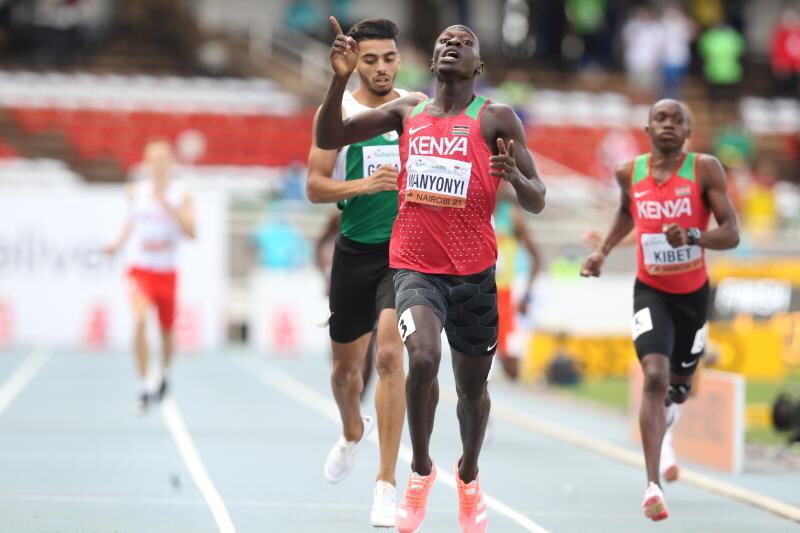
Kamworor is a three-time world half-marathon champion and two-time winner of the New York City Marathon in addition to finishing runner-up in the London Marathon five months ago.
The Kenyan says: “I’m really looking forward to taking on my first Great North Run in Newcastle, as I’ve heard many good things about the event.

“Sir Mo Farah he has had such an incredible career, it’s exciting to be a part of his last ever race, but I’m obviously here to win and add my name to the list of champions.”
Edris, meanwhile, won the world 5000m title in 2017 ahead of Farah and then successfully defended his title in 2019. Over half-marathon he has a best of 58:40 and says: “I’ve raced Mo on the track but this is the first time we have met on the roads.
“I have great respect for him. After we raced in London 2017 World Championships, I named my son after him and I look forward to renewing our friendship and rivalry.”
One week before the Great North Run, Farah, who is now 40, races in the Big Half in London (September 3) with the event acting as the half-marathon trial for the World Road Running Champs in Latvia on October 1.
(08/30/2023) ⚡AMPby Jason Henderson
Great North Run
Great North Run founder Brendan Foster believes Britain is ready to welcome the world with open arms after the launch of the event's most ambitious plan to date. The Great World Run campaign seeks to recruit one runner from every country in the United Nations – 193 in total – to take part in the iconic half marathon in...
more...Wanyonyi sets focus on Paris 2024 Olympic Games
World 800m silver medalist Emmanuel Wanyonyi is already looking forward to the Paris 2024 Olympic Games after bagging silver at the World Athletics Championships which concluded last night.
Wanyonyi won silver in a time of 1:44.53 behind Canadian Marco Arop who took gold in 1:44.24. Ben Pattison completed the podium in 1:44.83.
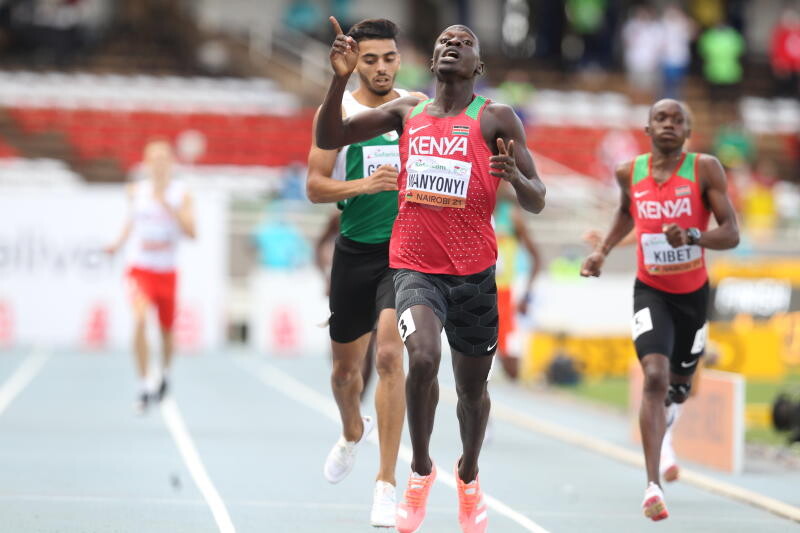
Wanyonyi said the silver not only means a whole world to him but it’s a great inspiration going into an Olympic year.
He added the silver is a dream come true after finishing fourth at the World Championships last year in Oregon. He said the story would have been even better for him if the race was faster.

“I tend to thrive better in a faster race but this one was very slow. All the same, I thank God for the silver and I can only build up on it,” he added.
He talked to Kenya’s 800m world record holder, David Rudisha, just before the race and this gave him a lot of motivation.
“Rudisha told me to relax, believe in myself, and go for it and I guess that is exactly what I did,” noted Wanyonyi.
He said he would have loved to qualify for the final alongside fellow Kenyans, including Olympic champion Emmanuel Korir, Ferguson Rotich, and Alex Ngeno, but things did not work out and he was left as a lone ranger.
“Maybe if we were here all of us we would have won the title. Unfortunately, my colleagues were locked out with injuries and I just had to do what I did,” he noted.
Wanyonyi paid tribute to, especially, Korir and Ferguson, saying they are better runners than him especially when they are fit.
“As Kenyans, we just need to celebrate this silver because there is little we can do about injuries as was the case of Korir and Ferguson,” he noted.
He said he had learned that the World Championships are a totally different ball game compared to the Diamond League.
“ At the global championships, one has to go through the first round, semis, and eventually final, and surviving through all stages can be tricky. Just one mistake can easily lock you out and I guess this is what happened to many athletes,” he added.
He explained that the Diamond League is a one-off with comparatively easier competition.
He will compete in the Xiamen Diamond League in China on September 2 before returning home.
Wanyonyi, who is currently a Form 4 student, said it has been a delicate balance between books and training.
He, however, noted that he is happy that he is doing his final year and he can not wait.
(08/30/2023) ⚡AMPby Chris Mbaisi
Paris 2024 Olympic Games
For this historic event, the City of Light is thinking big! Visitors will be able to watch events at top sporting venues in Paris and the Paris region, as well as at emblematic monuments in the capital visited by several millions of tourists each year. The promise of exceptional moments to experience in an exceptional setting! A great way to...
more...Loaded men's field for 2023 New York City Marathon announced
The field has six past event champions, including Chebet, two-time champion Geoffrey Kamworor, and World Championships medalist Maru Teferi.
Reigning New York City Marathon champion Evans Chebet will return to the streets of New York to defend his title on Sunday, November 5.
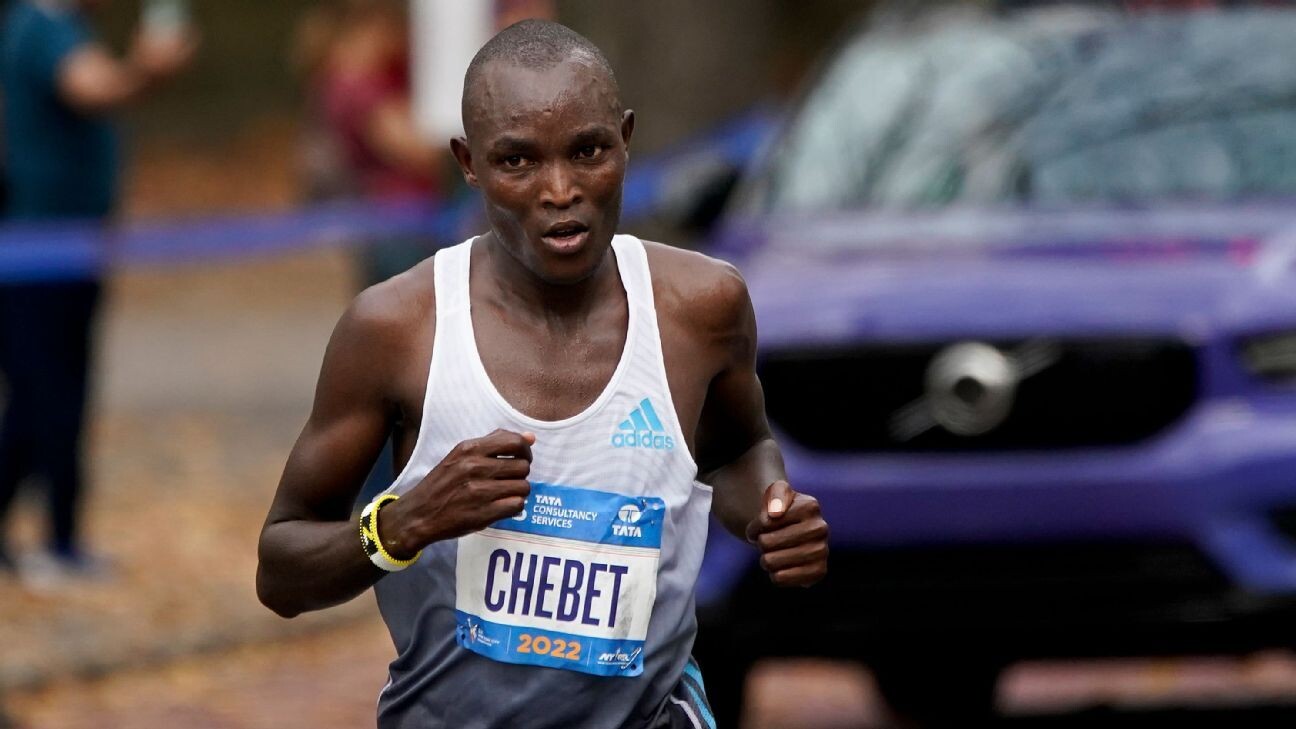
Chebet, a two-time Boston Marathon champion, has had one of the greatest seasons so far, starting by defeating world marathon record holder Eliud Kipchoge in the Boston Marathon earlier this year.
The Boston Marathon win is enough motivation for him to make history one more time when he competes against a loaded field in the former capital of the USA.

The field has six past event champions, including Chebet, two-time champion Geoffrey Kamworor, and World Championships medalist Maru Teferi.
Challenging Chebet will be Kamworor, an Olympian and three-time half marathon world champion who is looking to become only the third athlete to win three TCS New York City Marathon men’s open division titles. He won in both 2019 and 2017 and has made the podium in all four of his appearances.
The newly crowned World marathon silver medallist Teferi, two-time World silver medallist Mosinet Geremew of Ethiopia, Olympic silver medalist Abdi Nageeye of the Netherlands, and the 2021 TCS New York City Marathon champion Albert Korir of Kenya will also be in the mix to stop Chebet from winning back-to-back titles.
Two-time TCS New York City Marathon runner-up Shura Kitata of Ethiopia, North America’s marathon record-holder Cam Levins of Canada, and 2023 United Airlines NYC Half podium finisher Zouahir Talbi of Morocco will also toe the line.
Edward Cheserek, the most decorated athlete in NCAA history, will make his 26.2-mile debut, while the American contingent will be led by 2022 USATF Marathon champion Futsum Zienasellaissie and 2021 TCS New York City Marathon fourth-place finisher Elkanah Kibet.
Meanwhile, along with the previously announced TCS New York City women’s field, last year’s runner-up and two-time Olympian Lonah Chemtai Salpeter of Israel and Gotytom Gebreslase of Ethiopia will be back.
Kenyans Edna Kiplagat and Olympian Viola Cheptoo will also return. Letesenbet Gidey and Yalemzerf Yehualaw will also line up for the first time.
(08/30/2023) ⚡AMPby Abigael Wafula
TCS New York City Marathon
The first New York City Marathon, organized in 1970 by Fred Lebow and Vince Chiappetta, was held entirely in Central Park. Of 127 entrants, only 55 men finished; the sole female entrant dropped out due to illness. Winners were given inexpensive wristwatches and recycled baseball and bowling trophies. The entry fee was $1 and the total event budget...
more...Four ways to shake the post-race blues
Many of us have felt a bit sad and unmoored after the pre- and post-race excitement of training for a big goal and putting out a tremendous effort on race day. Whether your race went as you hoped or you ended up with a DNF, the sudden void that can occur after all the preparation ends can be upsetting.
The best way to deal with even a small mental health challenge is to talk to a professional. If that isn’t accessible for you, or you simply want to figure out how to shake off the mental dust, here are a few things that even the pros try when they’re feeling down.

1.- Keep moving (if you want to)
You may not feel like exercising at all after the effort of a race and all the training that went into it, and that’s fine–right after a goal race is a perfect time shift into a short (or longer) off-season. However, if you can’t seem to shake that low feeling, staying physically active can help ease the abrupt drop in endorphin levels and the associated mood changes. You don’t need to run (other forms of exercise or sports can provide a similar sense of accomplishment and well-being) and this might be the perfect time to try activities you normally can’t squeeze in.

Always wanted to test out your bouldering skills? Join a beginner’s class. Maybe you’ve imagined yourself taking long, peaceful bike rides you never have the enthusiasm to head out on after running sessions. Now’s the perfect time to dust off that bike and explore your neighbourhood.
2.- Focus on recovery
We all hear how recovery is as important as training, but few runners take it as seriously as they should. The recovery period is when your body actually gets stronger, rebuilding in order to perform again, and your body needs both rest and nutritious fuel to heal and strengthen. Since you aren’t dedicating yourself to intense exercise, take some time to do some healthy meal prep or master some nutritious recipes. Take naps. Catch up on a TV show you’ve been too busy to stream.
Do what works for your body–if foam rolling helps, go for it, and if you have access to massage or physio, that may be a perfect option. Enjoy some time nurturing your body and mind, pressure-free.
3.- Connect with others
Reach out to fellow runners or friends who understand the post-race experience. As coach and ultrarunner David Roche shared in Trail Runner, talking to other athletes can be an empowering way through this feeling. “For most people, life trapped in your own brain can become immensely difficult,” Roche said. “Let others know how you feel; chances are they have felt the same way too.”
4.- Set new goals when you feel ready
Having a new goal to work towards can provide a sense of purpose and direction after the race, and doesn’t have to be running-related. If you aren’t ready to think about your next running season, plan a fun goal with a friend–meeting a local hiking group, or enjoying a new-to-you trail every weekend. Try a process-focused goal that isn’t tied to a result or time. Setting new objectives helps shift the focus from the post-race emptiness, and gives you a reason to head out the door and move your body for fun again.
(08/30/2023) ⚡AMPby Keeley Milne
Cam Levins to take on TCS New York City Marathon
Canadian marathon record holder Cam Levins will be tackling the TCS New York City Marathon on Nov. 5, when the 34-year-old will go toe to toe against an extraordinarily deep field that includes defending champion Evans Chebet of Kenya.
This will be the first time Levins, who ran 2:05:36 at the Tokyo Marathon in March to break both the national and North American marathon records, takes on the 42.2-km distance in New York. The Black Creek, B.C., runner, who also holds the Canadan half-marathon record (60:18), ran the 2019 New York Half Marathon in 65:10 to place 18th.
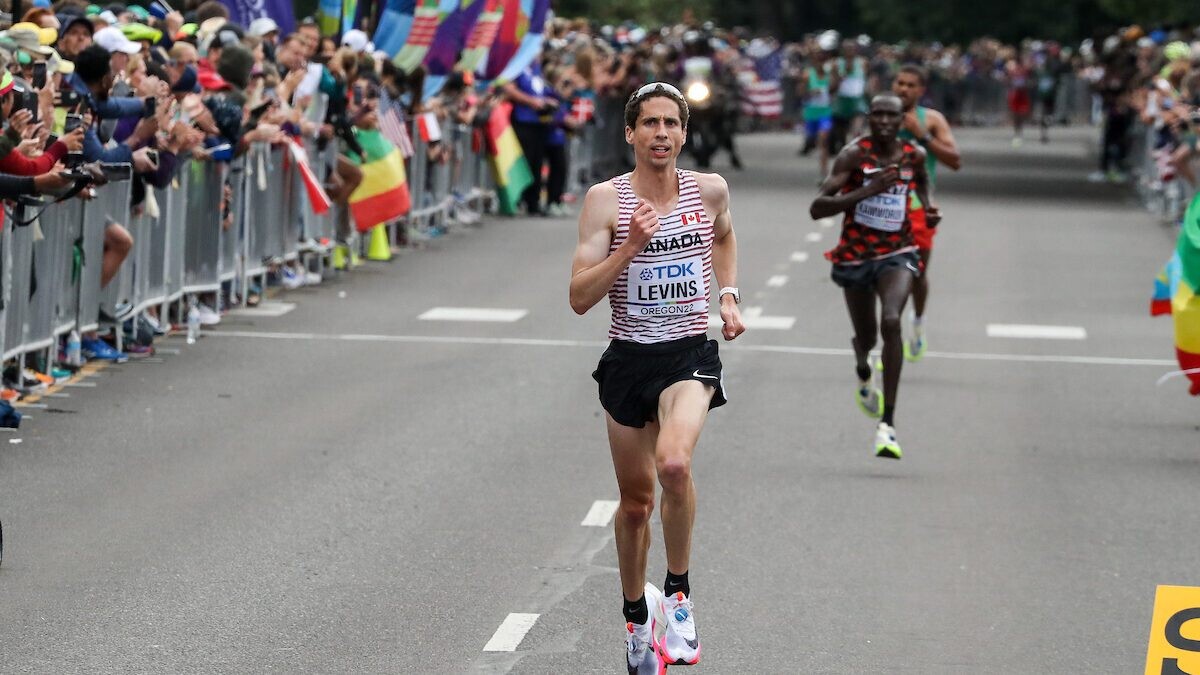
Levins has broken the Canadian marathon record three times: first in 2018, then at the 2022 World Championships in Eugene, Ore., and again in Tokyo this year. Earlier this year he hinted he would plan on a hilly fall marathon as preparation for his overarching goal: the Paris Olympics.
This time he’ll be facing Kenya’s Chebet, who won the TCS New York City Marathon last year in 2:08:41, seven months after winning the Boston Marathon. He became the eighth man in history to win both races in the same year, and the first since 2011. Chebet already defended his Boston title earlier this year and has finished first or second in 13 marathons.

“I feel very confident as I begin my preparations to defend my TCS New York City Marathon title,” Chebet said. “I understand that nobody has won Boston and New York in back-to-back years since Bill Rodgers in the 1970’s, so making history will be my aim.”
Also challenging Levins will be Geoffrey Kamworor, a Kenyan Olympian and three-time half marathon world champion who is looking to become only the third athlete to win three TCS New York City Marathon men’s open division titles. He won in both 2019 and 2017, and has made the podium in all four of his appearances.
Others toeing the line will also include the 2023 World Athletics Championships marathon silver medallist Maru Teferi, two-time World Championships silver medallist Mosinet Geremew of Ethiopia, Olympic silver medallist Abdi Nageeye of the Netherlands (who finished third in New York last year), 2021 TCS New York City Marathon champion Albert Korir of Kenya, two-time TCS New York City Marathon runner-up Shura Kitata of Ethiopia and 2023 United Airlines NYC Half podium finisher Zouhair Talbi of Morocco.
Kenya’s Edward Cheserek–a former New Jersey high school phenom and the most decorated athlete in NCAA history–will make his 42.2-km debut, while the American contingent will be led by 2022 USATF marathon champion Futsum Zienasellaissie and 2021 TCS New York City Marathon fourth-place finisher Elkanah Kibet.
(08/29/2023) ⚡AMPby Paul Baswick
TCS New York City Marathon
The first New York City Marathon, organized in 1970 by Fred Lebow and Vince Chiappetta, was held entirely in Central Park. Of 127 entrants, only 55 men finished; the sole female entrant dropped out due to illness. Winners were given inexpensive wristwatches and recycled baseball and bowling trophies. The entry fee was $1 and the total event budget...
more...Back to school: Seven essential tips for runner parents
It’s that time of year again: back-to-school season. If you’re a parent, it can be difficult to balance your kids’ schedules with your own running routine as the new school year begins. Juggling school routines and running schedules might seem daunting, but with a few strategic adjustments, you can seamlessly integrate your running regimen with the school year hustle. Here are seven essential tips to help runner parents make the most of this transitional period.
Morning magic

Shift your runs to early mornings to capitalize on the quiet hours before the school day begins. Not only will you relish the serene atmosphere, but you’ll also have your workout accomplished before the rest of your household wakes up.
Flexible planning

Embrace flexibility in your running schedule. School calendars can be unpredictable, so have backup plans for the days when last-minute school events or unexpected pickups arise.
Family fitness fun
Incorporate fitness into family time by encouraging your kids to either join you on your run (within reason, of course!), or to ride their bikes alongside you. Getting them involved in your fitness routine sets a great example and makes physical activity a regular part of their day as well as yours.
Strategic lunch breaks
If your work allows, use lunch breaks for shorter runs. You could even break your run into two shorter sessions by doing a half hour in the morning and a half hour at lunch. This is a great way to get your mileage in on days when finding a full hour (or more) to fit your run in just isn’t possible.
Prep and pack
Streamline your mornings by prepping your running gear and your work outfit the night before. This saves time and minimizes the chances of skipping a run due to the morning rush.
Community support
Connect with fellow runner parents. Sharing experiences, advice and even babysitting duties can create a supportive network that understands the unique challenges you face.
Mindful recovery
As your schedule becomes more hectic, recognize the importance of recovery. Prioritize sleep, hydration and nutrition to ensure you’re energized for both your runs and your parental responsibilities.
In the whirlwind of school re-opening, remember that your dedication to running sets a fantastic example for your children. It showcases the value of commitment, discipline and healthy living. By incorporating these tips into your routine, you’re not just navigating the back-to-school period–you’re setting your family up to prioritize their fitness and health, even when life gets hectic.
(08/29/2023) ⚡AMPby Brittany Hambleton
Practice switching gears with this fun workout
In an ideal world, you would run a consistent pace from the start of your race to the end, and cross the finish line with a shiny new PB every time. Of course, we know this isn’t realistic. Sometimes you start out too fast and have to dial back the pace later on, and sometimes you have to surge in the middle of a race (to cover surges by other athletes, to get around unexpected obstacles or to make up for time spent in the porta potty).
This workout will help you prepare for both scenarios and teach you how to control your pace, no matter what happens on race day.

A skill every runner should have
Learning how to adjust your speed mid-run (or race) is an important skill. It will help you make up for race-day challenges like going out too fast or too slow, having to slow your pace to get around a hairpin turn, and even how to return to race pace after climbing a steep, pace-killing hill.
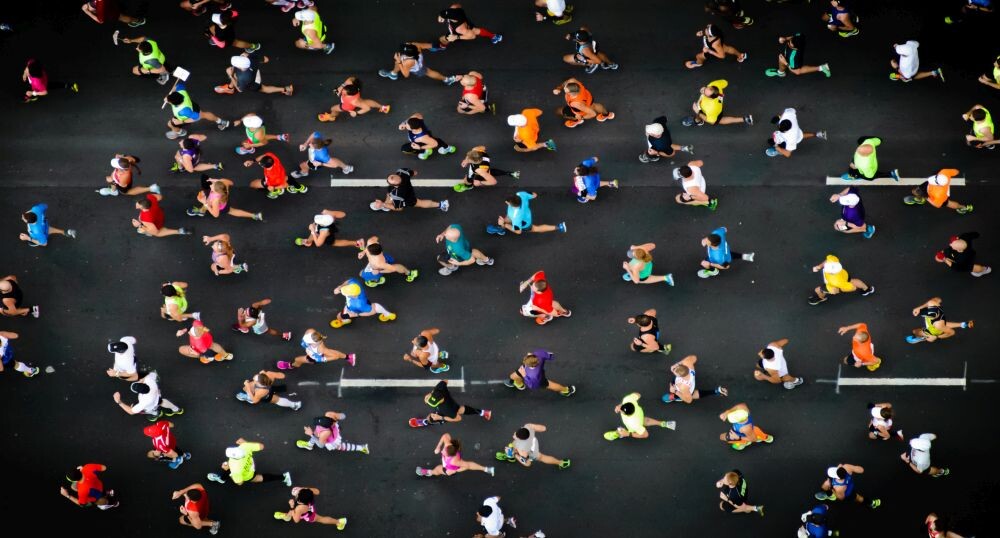
Each interval in this workout is broken up into two parts. The first minute is hard, followed immediately by three minutes at your tempo pace. While it may sound like a relief to switch from faster to slower, don’t let that fool you. Many runners make the mistake of slowing down too much in a workout like this, and maintaining your tempo pace after a bout of hard running is tougher than it sounds.
The rest during this workout is an easy jog, so you’re constantly switching from fast to medium to slow to fast again. Changing gears is the name of the game.
The workout
Warmup: 15-20 minutes easy jog
Workout: 1 minute hard/3 minutes tempo/2 minutes easy; repeat 3-4 times
Cooldown: 10-15 minutes easy jog, followed by some light stretching
(08/29/2023) ⚡AMPby Brittany Hambleton
Kenya’s Mary Moraa beats Athing Mu for 800m gold at World Athletics Championships
On Sunday evening at the World Athletics Championships in Budapest, Kenya’s Mary Moraa dethroned reigning world champion Athing Mu in the women’s 800m, storming past the Olympic and world champ in the final 200m to win gold in a dazzling personal best time of 1:56.03.
Great Britain’s Keely Hodginson snuck in behind Moraa for her second consecutive silver-medal finish at a world championships, in 1:56:34, and Mu was forced to settle for bronze in 1:56:61. This race marked Mu’s first 800-meter loss since 2021.
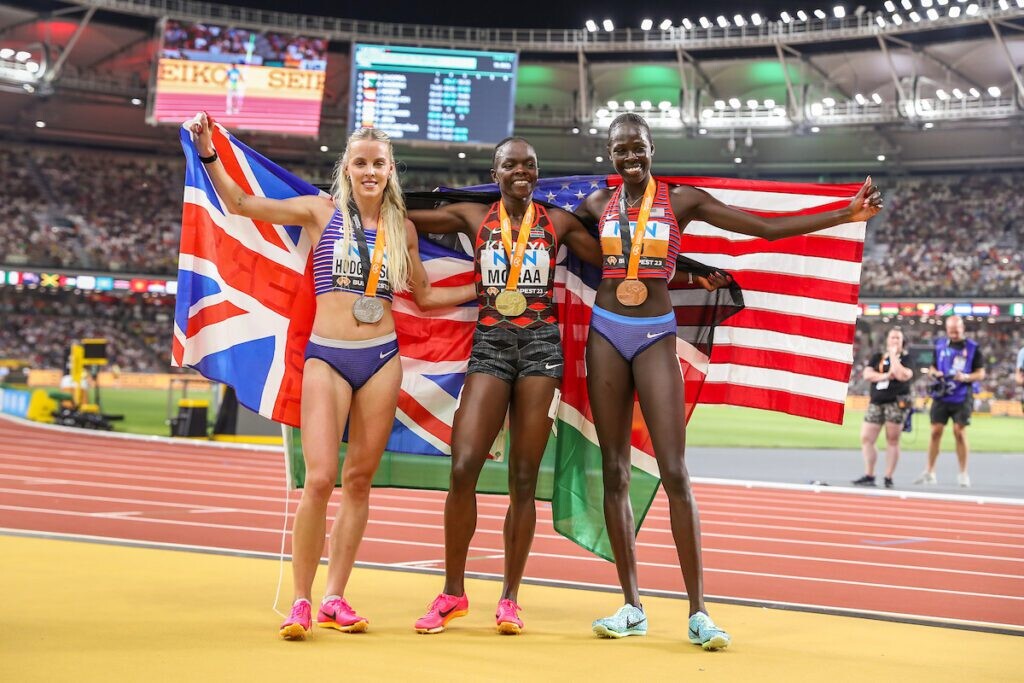
Mu swept ahead unchallenged through the start of the race to take the lead, with a deep field of fast athletes staying close behind her. She led a phenomenally fast first lap, Moraa and Hodgkinson both not far behind, with everyone seemingly eager to get on the podium. A few weeks ago it was up in the air as to whether Mu would appear in Budapest to defend her title, with her coach, Bobby Kersee, sharing that she was considering training through the rest of the season to focus on the 2024 Paris Olympics.
Mu tried to hold the lead into the final lap, eager to leave her competitors behind, but Hodgkinson and Moraa took over on the outside with 200m to go and into the home stretch. Mu, who had been edging over to the outside of lane one, was passed by Hodgkinson on the inside.

“I came here for the win,” shared second-place Hodgkinson. “But, three silvers now, that’s consistency.” Hodgkinson didn’t feel she could have done anything differently: “It was quick, that first half,” she said of the 56-flat first 400 meters led by Mu. “The quickest I’ve ever gone.”
Moraa finished her race with a triumphant leap over the finish line, and will head into next year’s Paris Olympics with added confidence. As for Mu, she’s looking forward to a vacation. “I’m OK with where I’m at,” she told media post-race.
(08/29/2023) ⚡AMPby Keeley Milne
World Athletics Championships Budapest 23
From August 19-27, 2023, Budapest will host the world's third largest sporting event, the World Athletics Championships. It is the largest sporting event in the history of Hungary, attended by athletes from more than 200 countries, whose news will reach more than one billion people. Athletics is the foundation of all sports. It represents strength, speed, dexterity and endurance, the...
more...Ingebrigtsen gains gold – and redemption – with 5000m title in Budapest
A gold medal in hand is worth a lot to Jakob Ingebrigtsen who secured a fitting end to his World Athletics Championships Budapest 23 campaign with a successive defense of his 5000m title on the final day of competition.
The 22-year-old was left heartbroken after the 1500m, in which he was beaten by Great Britian’s Josh Kerr. But the Norwegian picked himself up to advance through his 5000m heat – his first race of the year at that distance – and book his place in the final.

With four of the eight fastest men in history as part of the line-up – six of whom had broken 12:45 this year – it was an open and highly competitive field.
But Ingebrigtsen’s race plan was simple: conserve his energy until the final lap and then make a dash for the finish line.
When the gun went off, Canada’s Olympic silver medalist Mohammed Ahmed took the lead, setting the pace on the first two laps while the defending champion started out in the middle of the pack.

World U20 cross-country champion Ishmael Kipkurui soon grew impatient with the pace and sped past his rivals, quickly opening up 40-meter lead, which he maintained for the next few laps.
Uganda’s Oscar Chelimo, the bronze medalist last year, made his way to the front of the chase pack, trying to bridge the gap to the young Kenyan. Ingebrigtsen, meanwhile, was near the back, showing no interest in making a move.
World leader Berihu Aregawi and his fellow Ethiopian Hagos Gebrhiwet, a two-time world medalist, took over at the lead, while the third Ethiopian in the line-up, two-time world indoor champion Yomif Kejelch, also moved towards the front. Guatemala’s Luis Grijalva also tried to tuck himself into the race, but the Ethiopians were reluctant to let him play much of a part.
With about one lap to go, European record-holder Mohamed Katir overtook the Ethiopians, who were unable to respond to the Spaniard’s speed. Ingebrigtsen also launched out, moving on to Katir’s shoulder as the bell sounded.
The pair tore away from the rest of the field with the Spaniard leading, but the determined Norwegian out-kicked him just before the line to claim back-to-back golds in the event, crossing the line in a season’s best of 13:11.30.
It was also an evening of redemption to for Katir, who failed to qualify for the 1500m final earlier in the championships, having earned bronze at the distance in Oregon. He was glad to make amends in the 5000m, crossing the line in 13:11.44 for silver.
Kenya’s Jacob Krop, the silver medalist in Oregon, came through for bronze in 13:12.28 ahead of Grijalva who settled for fourth (13:12.50) for the second successive championships. Ethiopia’s Kejelcha (13:12.51) and Gebrhiwet (13:12.65) placed fifth and sixth respectively, and Aregawi eighth, his third World Championships final without a medal.
“To win another world title is great of course, but I was very tired,” said Ingebrigtsen. “I tried to save my energy to win at the end because that was the only way tonight. I knew that if my tactics were better than my competitors, I would have a chance to win. And that's what happened. It worked out absolutely perfectly. It was a very hard run, especially in the last 40-50 meters. It was great racing.
“This title means a lot to me after losing again in the 1500m. I haven't been at my best but I had the motivation and I had great support.
“My body is just getting over a virus so it's not been a very good situation to be in. At the same time, I wanted to do my best, I had to try. I had to be very patient but I really did not know what to expect from this race. This week was a bit bittersweet overall, but this is a good way to end.”
Katir was frustrated to miss out on gold but still content with silver, earning Spain’s only in-stadium medal of the championships.
“I gave it all that I had today,” he said. “But Jakob is Jakob – he is the best in the world nowadays. In the 1500m I could not get him, but in the 5000m I was really close to beating him. Every year, I am getting closer and closer.
Krop was delighted to make it on to another global podium.
“I am still only 22 so to get two medals from the World Championships is a big honor,” he said. “I don’t think this bronze after the silver in Eugene is a step down; I am still among the top runners over 5000m.”
(08/28/2023) ⚡AMPby World Athletics
Hit the track with these beginner workouts
Inspired by the athletes racing around the track at Worlds in Budapest? The track is for everyone, even new runners. Here are a few simple workouts you can take to the oval surface to get comfortable: make sure to brush up on track etiquette and how the track works beforehand.
200 meters: one straight + one curved section of the track (1/2 a lap)

400 meters: one lap around the track
800 meters: two laps around the track (approx. ½ mile)

1600 meters: four laps around the track (approx. one mile)
Straights and corners
This is a great workout for introducing some speed into your training without overdoing it on volume.
This one is simple: run the straights at a faster pace (5K pace or faster) and then jog the corners. On a typical 400m track, this means you’ll be doing 100m of fast running, followed by 100m of recovery.
Aim for six to eight 100m repeats to start, adjusting according to ability.
200 meter Repeats (or 1:1 repeats)
Warm up with ten minutes of easy running.
Run hard for 200 meters
Recover with 200m easy running
Repeat six to eight times
Cool down with ten minutes of easy running.
Adjust this workout to accommodate longer distances using a 1:1 formula. Try running 400m hard with 400m recovery, with the same warmup and cool down.
800 Meter Repeats
Warm up with 800 meters (two laps) at easy effort.
800 meters (two laps) at hard effort
400 meters (one lap) recovery at easy effort
Repeat four times to start, adjusting for ability or goals
Cool down with 400 meters (one lap) walking recovery
Make sure to follow a speed workout with an easy running day or recovery.
(08/28/2023) ⚡AMPby Running Magazine
Daniel Mateiko and Mestawut Fikir claim victory in record breaking Antrim Coast Half Marathon
Kenya’s Daniel Mateiko ran the fastest half marathon time anywhere in the world this year to win the Antrim Coast Half Marathon.
Mateiko fended off stiff competition from Ethiopia’s Jamal Yinner, who won the Larne based race in each of the last two years, with a stunning time of 58.36. The Kenyan’s rapid run was also an all-time UK and Ireland all-comers record.

Mateiko said: “The race was good. I am very happy because this is the fastest time I have ever run and the first race I have won at international level. So I am very proud.
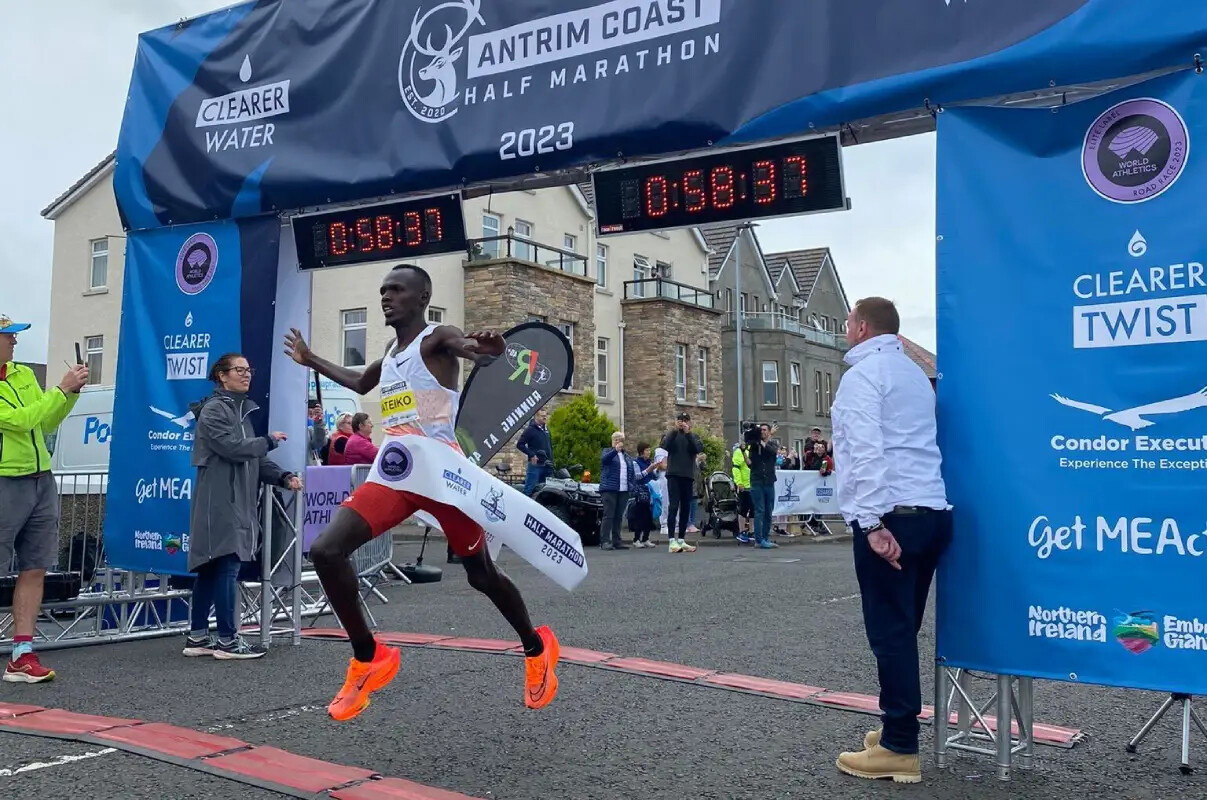
“To run the fastest time in the world this year – I am very happy with that.
“This course is perfect. I can’t wait to come again next year and try and lower my time.”
In the women’s race Ethopia’s Mestawut Fikir upset the odds to claim victory with a time of 66.46.
(08/28/2023) ⚡AMPby Keith Bailie
MEA ANTRIM COAST HALF MARATHON
The MEA Antrim Coast Half Marathon 2022 has been approved by World Athletics as an Elite Event. The World Athletics certified course takes in some of the most stunning scenery in Europe, combined with some famous landmarks along the route. With it's flat and fast course, the race is one of the fastest half marathons in the world. Starting...
more...USA dominates men’s 4x400m to win fourth relay gold in Budapest
Sometimes a country’s depth in a particular event doesn’t necessarily translate to a strong relay performance.
But other times – like for tonight’s men’s 4x400m final – it leads to pure domination.
The USA went in as the favourites and duly delivered their fourth relay gold of the championships, winning in a world-leading 2:57.31.

French athletics fans breathed a huge sigh of relief as their quartet came through to take silver – their first and only medal of the championships – in a national record of 2:58.45, holding off Great Britain (2:58.71).
As far as the race went, it was USA all the way. Quincy Hall, the 400m bronze medallist earlier in the week, gave them an early lead, handing over to Vernon Norwood, the fourth-place finisher in the 400m final.
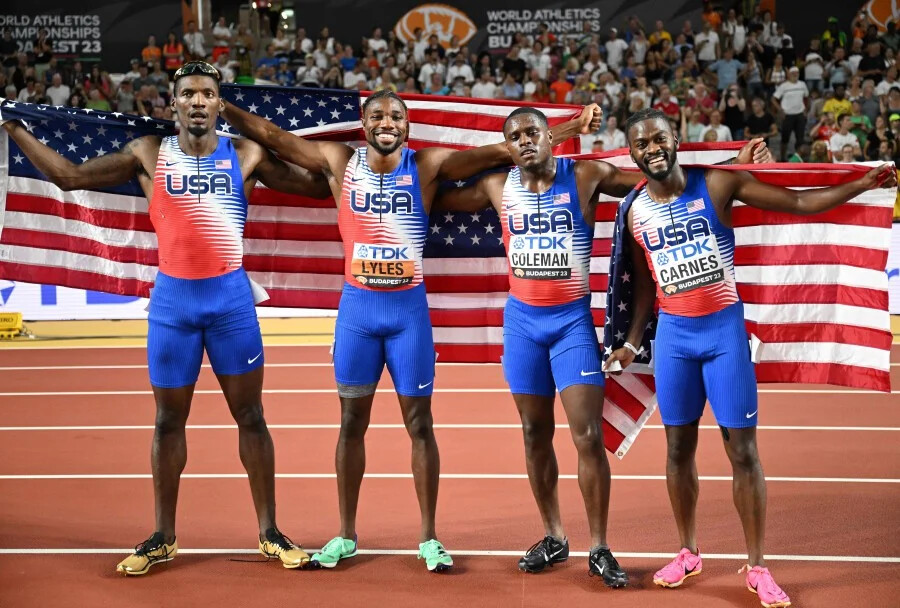
By the half-way point, they already had a comfortable lead over the rest of the field, all of whom were battling for the front of the chasing pack.
Justin Robinson, who was part of the victorious mixed 4x400m quartet on the first day of the championships, maintained USA’s led on leg three. By this point, France had moved into second place from Great Britain with Jamaica and Botswana in close pursuit.
Rai Benjamin, the 400m hurdles bronze medallist, extended USA’s lead on the last leg and went on to cross the line first in 2:57.31, earning USA’s ninth gold medal in the men’s 4x400m from the past 10 editions of the championships.
France’s anchor leg runner Teo Andant ran a strong lap to maintain his country’s standing in the race, taking silver in 2:58.45.
At one point it looked as though Antonio Watson, the individual 400m champion, would move Jamaica into a medal position, but Britain’s Rio Mitcham held on to third place, crossing the line in 2:58.71. Watson brought Jamaica home fourth in 2:59.34.
India, who had challenged USA in the heats, didn’t quite feature in the medal hunt and placed sixth in 2:59.92.
“I felt like I wasn't moving that fast but I'm happy these guys got me in a position to bring it home,” said Benjamin. “After the 400m hurdles, I wanted to come back and anchor this relay. It means a lot that the guys have faith in me and trust me. Quincy had an amazing start and the rest of the boys finished strong. I just had to finish the race. It was team work.”
(08/28/2023) ⚡AMPby World Athletics
World Athletics Championships Budapest 23
From August 19-27, 2023, Budapest will host the world's third largest sporting event, the World Athletics Championships. It is the largest sporting event in the history of Hungary, attended by athletes from more than 200 countries, whose news will reach more than one billion people. Athletics is the foundation of all sports. It represents strength, speed, dexterity and endurance, the...
more...Your dirty shoes could win you a pair of Brooks Cascadia 17s
Snapping a pic of your dirty kicks could land you in a brand new pair of Brooks Cascadia 17s.
Brooks and Canadian Running have kicked off a new contest that lets you show off your filthy running shoes—trophies of your grittiest, grimiest adventures on the trails—for a shot at stepping into a fresh pair of Brooks’ premier trail-running shoe.

To enter, simply post a photo of your dirty running shoes as an Instagram story and tag @canadianrunning and @brooksrunningca.
To step up your odds, share the photo of your filthy running footwear (the dirtier, the better!) on your Instagram main feed with the hashtag #dirtykickscanada and tag @canadianrunning and @brooksrunningca.
Do you have an especially muddy running buddy who could put your dirty shoes to shame? Don’t forget to tag them in your post to let them know about the contest. Brooks and Canadian Running are giving away five pairs of Cascadia 17s, and winners will be chosen randomly.
The contest ends Sept. 1, 2023 and is open only to residents of British Columbia, Alberta, Saskatchewan, Manitoba, Ontario, New Brunswick, Nova Scotia, Prince Edward Island, Newfoundland and Labrador, Yukon, Northwest Territories and Nunavut.
(08/27/2023) ⚡AMPby Running Magazine
Kiplangat's marathon victory completes golden 2023 treble for Uganda
In the end, as he approached the finishing curve in the sunbathed Heroes’ Square, Victor Kiplangat could afford to snatch his national flag and savour his golden moment at the end of the men’s marathon on the morning of the final day of action at the World Athletics Championships Budapest 23.
For the second time in Budapest, Uganda had a world-beating hero to acclaim, Joshua Cheptegei having claimed the men’s 10,000m crown on the track on day two. Add in Jacob Kiplimo’s victory at the World Cross Country Championships in Bathurst in February, and the former third force of East African distance running could celebrate a hattrick of global successes in 2023.
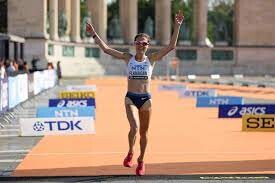
Kiplangat hit the gold standard on the international scene at the Commonwealth Games in Birmingham last year. Twelve months on, inspired by Kiplimo, the 23-year-old proved a class apart from the rest of the world, breaking clear from Ethiopia’s Leul Gebresilase with 3km to go and crossing the line in 2:08:53.The winning margin was 26 seconds and it was Israel’s Maru Teferi who claimed the silver, overtaking the tiring Gebresilase on the finishing curve to finish runner up in 2:09:12. In doing so, the 31-year-old – who was outsprinted for European gold by Germany’s Richard Ringer in Munich last year – was rewarded for a turbo-charged recovery after suffering a spectacular fall with 10km to go.
Gebresilase had to settle for bronze in 2:09:19, a disappointment for Ethiopia, who finished first and second in Doha in 2019 and in Oregon last year. His teammate Tamarit Tola, the decisive winner on the Oregon trail, was in the hunt until fading at 33km and eventually dropping out.
After Gebresilase came Lesotho's Tebello Ramakongoana, fourth in a PB 2:09:57, and then Kiplangat’s Ugandan teammate Stephen Kissa, who recovered from a fall of his own to finish fifth in 2:10:22.
“This has been my dream and it has come true at last,” said Kiplangat, the second Ugandan to take the title, following Stephen Kiprotich’s success in Moscow in 2013.
“Last year I was Commonwealth Games champion and that made me think this year I must become world champion. Now my prayers have been answered and hopefully next year in Paris I will become Olympic champion too.
“It was hard today because it was so hot but I felt comfortable because I prepared well for this weather. I knew it was possible because I had trained well. It was a dream and a mission and I did it today.
“When I reached 30km I knew I felt strong and decided to push. I had great energy and that allowed me to go. Then at 35km I could surge again. That was always my plan and I managed to do it.
“I need to thank Jacob Kiplimo. He has given me a lot of motivation and inspired me with his performances. I am so grateful as well for his advice and guidance. Without that, I couldn't have won today.”Without picking himself up so smartly, and moving directly into overdrive, the terrific Teferi would not have claimed a silver medal lining.
“I am glad I managed to fulfil my dream,” he said. “I fell down and tore my vest but I tried to move on to finish the race in the best possible condition.”
At the start of the race, Ser-Od Bat-Ochir set out like a bat out of hell. The 41-year-old Mongolian powered through the opening 1km in 2:57 and hit 3km in 8:55, 2:05 pace, building up a lead of 27 seconds.
The most experienced campaigner in the 83-man field, Bat-Ochir was competing in his 11th straight World Championships marathon, his debut having come in Paris when he was a sprightly 21-year-old back in 2003.
With a highest placing of 19th, in Daegu in 2011, and having finished 26th in Oregon a year ago, Bat-Ochir was never going to maintain his punishing early pace. His lifetime best of 2:08:50 dates back to 2014, his best this year being a more modest 2:24:46.
His determination could not be doubted. To acclimatise to cooler conditions for the Olympic marathon in London in 2012, he moved his family to the north-east of England for a year, training at Morpeth Harriers with some guidance from the great Jim Alder, winner of the Commonwealth Games marathon in 1966 and holder of the world track best for two hours since 1964.
Bat-Ochir kept his foot on the gas for a little while yet, passing 5km in 14:59, 35 seconds clear of Tola. Thereafter, however, the pace started to take its toll.
By 8km, his lead was down to 15 seconds and just past 9km he was swallowed by the pack of major players, with Kenya’s Timothy Kiplagat in the vanguard. Second in Rotterdam in April, the Kenyan led through 10km with a three-second advantage, but chose not to push on.Bat-Ochir started to pay the price for his bold effort. After passing 10km, he ground to a halt, clutching his right hamstring, stretching it out and starting again. Not that he was going to do a Sifan Hassan. After another couple of stops and re-starts, he hobbled off the course for good at 12km.
Meanwhile, back at the sharp end, Kenya’s Joshua Belet led through 15km in 46:09, upping the pace to match Bat-Ochir’s opening kilometre split of 2:57.
There were 30 men still in the lead pack at halfway, with Rwanda’s John Hakizimana at the front in 1:05:02. A surge from Kiplangat at a drinks station, however, succeeded in splintering the group.
Approaching 30km, Kiplangat injected a 2:54 split, drawing Tola towards the front for the first time.
The pack was down to six approaching Heroes’ Square for the penultimate time, then five when Kissa tripped and fell after clipping Kiplangat’s heels.
Then it was down to three: Kiplangat, Tola and Gebresilase. The Ugandan kept his foot down and just after 33km Tola started to drop.
After a split of 2:49, the fastest of the race, it was Kiplangat vs Gebresilase, Tola fading out of contention.
Kiplangat hammered away at the front, Gebresilase in his immediate slipstream, until the pressure finally told with 3km remaining. The Commonwealth Games champion opened a gap that swiftly grew into an unassailable one and Teferi also passed Gebresilase in the closing stages to secure the silver.
Uganda’s global distance running hattrick was securely in the bag.
(08/27/2023) ⚡AMPby Simon Turnbull for World Athletics
World Athletics Championships Budapest23
Budapest is a true capital of sports, which is one of the reasons why the World Athletics Championships Budapest 2023 is in the right place here. Here are some of the most important world athletics events and venues where we have witnessed moments of sporting history. Throughout the 125-year history of Hungarian athletics, the country and Budapest have hosted numerous...
more...Temperatures rise in Budapest as men marathoners seek to make amends
After Kenya women marathoners failed to finish in the medal bracket, Kenya’s Timothy Kiplagat, Joshua Belet and Titus Kipruto are under pressure to make amends as they parade in the men’s race Sunday morning at the Heroes Square in Budapest.
The top Kenyan in the women’s race was Rosemary Wajiru in sixth place in 2:26:42 with Selly Cheyego finishing behind her in 2:27:09.

Kiplagat stands third on the world list with the 2:03:50 he posted as runner-up to Belgium’s Bashir Abdi in Rotterdam last April.
Belet was runner-up at the Hamburg Marathon in April in 2:04:33 while Kipruto was fourth at this year’s Tokyo Marathon in 2:05:32.

Kipruto set his personal best of 2:04:54 as runner-up in Amsterdam last year.
In an interview, Kiplagat said it would have been nice if the race started at 6 am in the morning.
All the same, he noted that if it doesn’t start early, he will still take it in his stride and give it his best shot.
He said they have been told to take a lot of water to remain hydrated and he hopes to do exactly that. He said he has prepared well and his target is to finish on the podium.
According o the organisers, Sunday is forecast to be the hottest day of the year in Hungary.
Last year, Tamirat Tola made World Championships history by running the fastest-ever winning time (2:05:36) in the men’s marathon.
The 31-year-old Ethiopian will be defending his title and has a chance to add his name to the list of a few marathoners who have succeeded in defending their title.
They include Spain’s Abel Anton (1997, 1999), Jaouad Gharib of Morocco (2003, 2005) and the Kenyan whose championship record Tola broke in Oregon, Abel Kirui (2009, 2011).
Tola, who was the marathon runner-up at the 2017 World Championships, has maintained his form this year, finishing third at the London Marathon in April in 2:04:59, behind Kelvin Kiptum (2:01:25) and Geoffrey Kamworor (2:04:23).
Neither of those two Kenyans will be on the start line in Budapest, leaving the defending champion to face two rivals from Kenya who have run faster than him this year.
Ethiopians have finished first and second at the last two World Championships and Tola will no doubt start as favourite.
Apart from Abdi Nageeye of the Netherlands, who was runner-up to Eliud Kipchoge in the 2021 Olympic marathon in Sapporo, the race looks much more like an East Africa affair. The 34-year-old also finished third in New York last November and in Rotterdam in April.
Tanzania’s Alphonce Felix Simbu is a seasoned major championship marathon campaigner. The 31-year-old earned world bronze in London in 2017 and Commonwealth silver in Birmingham last year.
He also finished fifth and seventh in the last two Olympic marathons. Commonwealth champion Victor Kaplangat is joined on the Ugandan team by Stephen Kissa, who set a national record of 2:04:48 in Hamburg last year.
There are a host of other sub-2:06 performers in the field including Israel’s European bronze medallist Gashu Ayale, Kaan Kigen Ozbilen of Turkey, Eritreans Goitom Kifle and Oqbe Kibrom, plus the Japanese duo Kenya Sonota and Ichitaka Yamashita.
(08/26/2023) ⚡AMPby Chris Mbaisi
Runners: are you eating too much fibre?
Fibre is an important nutrient for our health, but it’s possible to go overboard with it. This is especially true for runners, who tend to be more susceptible to gastrointestinal discomfort. We spoke with Canadian sports dietitian Stephanie MacNeill to get the low-down on how much fibre runners really need, and the risks of eating too much.
Running can be hard on the gastrointestinal (GI) system for many reasons, including reduced blood flow to the gut, the bouncing motion of running and the diversion of blood flow from the gut toward the working muscles and skin, among other factors. This can lead to reduced oxygen and nutrient delivery to the GI tract, potentially causing discomfort and impaired digestion.

How much fibre should you eat?
MacNeill says the recommended fibre intake per day is 22 to 34 grams, depending on age and sex. “Everyone’s tolerance to fibre will vary, so even the recommended daily amount may be too much if you haven’t regularly been including fibre-rich foods in your diet,” she says. Increasing your fibre intake too suddenly can also cause GI distress, she adds. (High-fibre foods include beans, some vegetables including broccoli and whole grains–again, these are healthy foods, but be aware of how much you’re consuming in relation to other macronutrients.)

When you’ve got too much of a good thing
Eating too much fibre (or increasing your fibre intake too rapidly) can cause GI distress for anyone, but the problems could be worse for runners, since they’re already at greater risk for GI issues. MacNeill says that runners who consume too much fibre may experience the following:
Not consuming enough calories: Fibre helps add volume to meals, which can help promote satiety. If you rely too heavily on fibre, you may end up feeling too full to eat other foods, which may interfere with your ability to meet all your nutrition needs (fat, protein and micronutrients).
Becoming constipated: Overdoing fibre could lead to constipation. Because fibre absorbs water from the intestines, you should also make sure you’re staying hydrated by drinking enough water.
Experiencing gas and bloating: If you increase your fibre intake too quickly, it can cause uncomfortable gastrointestinal effects, including gas and bloating. If you’re trying to increase your fibre intake, do so slowly. You can try adding a few grams of fibre per week.
“Most of the time, having too much fibre causes temporary discomfort without serious harm,” says MacNeill. “However, in rare cases, too much fibre can lead to a blockage in the intestine, requiring medical attention. Currently, there isn’t a maximum daily recommended intake for fibre, so be cautious about greatly exceeding the recommendations for your sex and age group. Also, be mindful of how your body responds to a high fibre intake.”
Fibre recommendations for runners
Runners still do need to eat fibre; they just have to be careful about how, when, and how much they include it in their diet. Follow these guidelines to avoid GI distress:
Stay hydrated throughout the day to avoid constipation.
If you’re trying to increase fibre intake, do so slowly to avoid gas and bloating.
Make sure you’re eating enough calories to support your training. If you’re having trouble eating enough, monitor how much fibre you’re consuming and consider cutting back if it’s interfering with overall energy intake.
Avoid eating high-fibre foods in the hour or two before a run or workout.
Talk to a dietitian for more guidance about incorporating fibre into your diet.
(08/26/2023) ⚡AMPby Running Magazine
Ethiopia dominates women’s marathon on Saturday morning in Budapest at the 2023 World Athletics Championships
The third-fastest marathoner in history, Ethiopia’s Amane Beriso, claimed her first world title on Saturday morning in Budapest at the 2023 World Athletics Championships. Beriso broke away from the field in the final 10K to win in 2:24:23 on a warm morning in the Hungarian capital.
The race started as a tactical affair, with nearly 20 women passing the halfway point on a 2:29 marathon pace in 1:14:30. As the final lap of four began, Ethiopia had four women in the lead group of seven athletes until Tsehay Gemechu dropped out as Beriso started to surge. It seemed like there would be an Ethiopian podium sweep with three kilometres to go, but 10K world record holder Yalemzerf Yehualaw faded from third to fifth, losing nearly two minutes to her competition in the final kilometers.

Morocco’s Fatima Gardadi took advantage of Yehualaw’s faltering, having the race of her life to win bronze in 2:25:17, behind 2022 world champion Gotytom Gebreslase, who won silver in 2:24:34.
Beriso has had quite a track record in her last three marathons. Last December, Beriso pulled off an upset over her compatriot Letesenbet Gidey at the 2022 Valencia Marathon to win and become the third-fastest woman in history in 2:14:58. Beriso was also the runner-up at the 2023 Boston Marathon, finishing behind Kenya’s Hellen Obiri.

Wodak: “I ran as hard as I could.”
Vancouver’s Natasha Wodak was in the mix with the lead group in Budapest as she started her third lap but started to feel nauseous and fell back to the chase pack at 27km. She finished 15th overall in 2:30:09. “I ran as hard as I could,” Wodak told Canadian Running post-race. “It was tough, and I am a little disappointed.”
Wodak, 41, said her goal was to finish inside the top 10, and even though she positioned herself to achieve that, she admitted she didn’t have the legs in the final 10K. “To be 15th in the world is still a good day,” said Wodak.
Toronto’s Sasha Gollish made her return to the marathon at the world championships and savoured every minute of it. In 2019, she experienced heartbreak after failing to finish the marathon at the World Athletics Championships on a hot morning in Doha, Qatar. Today, Gollish achieved redemption, finishing 61st overall in 2:45:09 and bringing her energy for every second.
“I hope my journey inspires everyone who has not run a marathon to go out and test themselves,” said Gollish to Canadian Running. “Cause anything is possible.”
Gollish received an invitation to represent Team Canada in this marathon only a month ago after Canada’s Kinsey Middleton and Elissa Legault withdrew due to injury. Gollish was the third Canadian finisher at the 2022 TCS Toronto Waterfront Marathon, where she ran a personal best of 2:31:40.
For full results from the women’s marathon at the 2023 World Athletics Championships, check here. The men’s marathon will take place tomorrow morning in Budapest at 7 a.m. C.E.T. and 1 a.m. E.T. Ben Preisner, Justin Kent and Rory Linkletter will represent Team Canada in the event.
(08/26/2023) ⚡AMPby Marley Dickinson
World Athletics Championships Budapest 23
From August 19-27, 2023, Budapest will host the world's third largest sporting event, the World Athletics Championships. It is the largest sporting event in the history of Hungary, attended by athletes from more than 200 countries, whose news will reach more than one billion people. Athletics is the foundation of all sports. It represents strength, speed, dexterity and endurance, the...
more...Tim McGraw Used to Run 7-8 Miles Before Every Concert
Once a runner—the country artist misses his mileage, but he still walks for an hour every day.
Country musician Tim McGraw is a former runner whose pre-show routine used to include running seven to eight miles to clear his mind before playing to crowded auditoriums.

In an interview with Entertainment Tonight Canada, the three-time Grammy Award-winning artist shared that he’d still be running today—before the shows on his current “Standing Room Only” tour—if he weren’t so injury prone. McGraw says he’s broken his foot three times, and had two knee surgeries and an elbow surgery to boot. He can no longer run and misses getting in his miles. Instead, he now starts each day with an hour-long walk, and he makes sure to go for a stroll before he performs onstage.
It’s not just running that’s taken a toll on McGraw’s body though. In 2011, he landed himself in a boot with two stress fractures caused by “too much spearfishing and beach volleyball,” as the singer-songwriter wrote on Instagram at the time. The same year, he broke his foot while on tour for his “Emotional Traffic” album and performed wearing a cast.
He told CMT, “I don’t know if it happened running or in the part of the show where I jump off speakers. It could’ve happened any number of ways. It hurt for a while, and I kept running and kept working out and kept doing shows. For a couple weeks, it just kept getting worse and worse, and it finally got to where I couldn’t walk, and it was really swollen.”
Even without running in his life, the 56-year-old continues to maintain a rigorous exercise regimen. He played sports growing up, then fell out of shape. Around 2008, he gave up alcohol, burgers, and “truck stop food,” and got excited about working out again. He even opened his own gym in Nashville in 2019 and has written a book about his late-career fitness transformation.
It pays dividends on tour, too, with all that cavorting around with a guitar and mic. He uses his whole body to sing, and as he told Men’s Health, “having more control over those things makes my voice stronger.”
He continued, “I don't really get tired of training. There’s such a feeling of accomplishment that comes from the feeling of being my age and still being at the top of my game.”
(08/26/2023) ⚡AMPby Runner’s World
14-Year-Old Track Star Chases Down a Purse Thief Riding a Bike
She holds some of the fastest 200-meter and 400-meter times for a 14-year-old in her county.
On Wednesday, Clara Adams, a 14-year-old track star from Salinas, California, ran after a purse thief riding a BMX bike.

The purse belonged to Nikki Gillott, a family friend attending the birthday party of David Adams, Clara’s father. Gillott screamed when she noticed her bag was missing, and Clara took off running toward the man. “I saw this guy with a bunch of stuff. When I looked, I saw (Gillott’s) purse,” Clara told
Clara, who ran the fourth fastest time in Monterey County history during last month’s 200-meter event at the Junior Olympics, was uniquely qualified to run down the stolen item. “I got into my 200-meter mood and ran toward him,” she said. “I just grabbed the purse from him and left.”
Gillott’s purse contained her iPad and camera, so she was relieved to get it back. “I can’t run because of my stroke,” said Gillott, who ran high school and college track. “[Clara] was so brave,” she added. “She is a champion with her heart. It was a huge act of bravery. But I told her, ‘Don’t ever do that again.’”
David kept an eye on his daughter when she sprinted after the man. “Oh, I had my eyes on her once just she took off,” he said. “I began to approach them. But she came back so fast. At that point, I just tried to minimize the drama. We got lucky.”
Clara says it felt instinctual to go after the stolen items. “It happened so fast,” she said. “It just seemed like the right thing to do. Nikki was so happy and excited. She gave me a big hug.” She spent the summer running on the Central Coast Cheetahs Track Club and continues to set country records for her age group.
(08/26/2023) ⚡AMPby Runner’s World
Why Carbon-Plated Running Shoes Can Lead to Injury
Ten Non-plated running shoes that let your feet move freely, provide stable cushioning, and deliver a fast, agile ride
The advent of supershoes has transformed the running shoe world in every category, none more than the class of shoes that used to be called lightweight trainer-racers. Rather than low, flexible, relatively firm shoes, the majority of up-tempo shoes now have a thick stack of light, bouncy foam with a curved carbon or plastic plate embedded in the midsole. Shoes without a plate are now defined by its absence. But concerns continue to grow about injury risk in carbon-plated shoes, and a growing number of models are eschewing the high-stack-with-plate trend and reviving the simple up-tempo shoe category with modern touches.
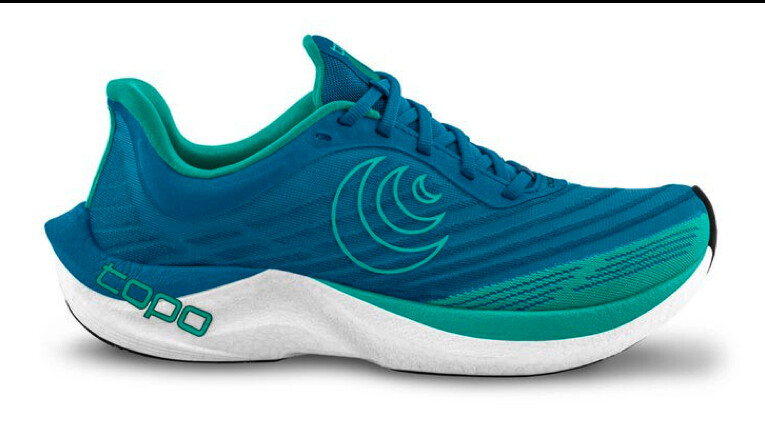
Besides not having a plate, these shoes share other characteristics. Like supershoes, they all feature advanced midsole foams that are ultra-light and hyper-responsive. Unlike supershoes, however, they all have relatively low stack heights and tend to be built on wider platforms, both of which enhance their stability. They also all have a flexible forefoot (rather than a rigid, rockered one), svelte uppers that have just enough structure to hold the foot in place, and price tags that run around $100 less than their supershoe siblings.
If plated super racers and trainers are indeed super, allowing you to run faster with less effort, why would anyone want anything else? The answer has two seemingly contradictory parts: 1) to avoid the excess stresses and accompanying injuries that supershoes can cause, and 2) to allow the natural training stresses that supershoes reduce, in order to build stronger, more robust feet and lower legs.
The problems start with supershoes’ thick, bouncy, sole that propels you forward, but can also throw you sideways. “Running in supershoes is a much less stable environment,” says Jay Dicharry, physical therapist, biomechanical researcher, and professor at Oregon State University. “If you have really good alignment and foot and ankle control, you might be OK, but if not, a supershoe will greatly magnify your instability. You’ll wind up with a considerable increase in stress—and if you have something borderline, it might push you over the threshold.”
Amol Saxena, a leading sports podiatrist in Palo Alto, California, also points out issues with the prescriptive rigidity of the plates. “The problem with the carbon-plated shoes is that your foot is individualized, and the carbon plate is not,” Saxena says. “So if the shape or length of your metatarsals line up differently than where it has to bend, or your plantar fascia is less flexible, you can get stressed in those areas—that’s why people are breaking down. I’ve had people break or tear things just in one run in the shoes.” The more flexible plates found in many super trainers reduce some of this stress, but these shoes are still tuned to optimize specific strides and don’t let the foot move freely in its preferred patterns.
Research has also shown that running in supershoes changes your form: It decreases your cadence, increases stride length and peak vertical forces, and alters foot mechanics. All these add stress to joints. “When you put a supershoe on, you basically have a trampoline,” Dicharry says. “It’s going to compress and rebound, and creates a different rate of loading to muscles and joints.” While no studies to date directly demonstrate that supershoes cause injury, evidence links them to stress fractures, plantar fasciitis, achilles tendinopathy, and other foot and lower-leg issues.
Paradoxically, while supershoes’ unstable platform and rigid plates can add excessive stress, their performance-enhancing rebound can also remove some of the training load. Supershoes lower the load at the ankle and foot, reducing the work they have to do and making running easier in the short-term, but simultaneously removing some of the stimulus for your body to adapt and grow stronger in the long-term. “If you run in supershoes exclusively, you’re going to end up with a bunch of deficient runners prone to injury—runners with less springy tendons, weaker tendons, and lower bone density,” Dicharry says.
The solution is to wear a variety of shoes in your training. “It is good to use different stack heights and flexibility,” Saxena says. “Plated shoes should be a training tool as well as for races—but how much depends on the runner.” You want to train some in the shoes you’ll be racing in, to let your body adapt to their unique stresses and stride patterns. But training in more flexible, less-bouncy shoes has been shown to improve running economy and build the strengths you need to handle the unstable rebound of supershoes. “If you want to run in super shoes you need to put the work in to show up with stable parts,” Dicharry says.
Fortunately, I don’t find training in these shoes a chore. They may not be performance-enhancing racers, but they are light, nimble, stable, and make my feet feel connected, engaged, and alive.
After having run in dozens of shoe models released this spring, I selected those that fit in the category and ran in a different shoe every day for six weeks—on asphalt, concrete, and dirt roads. I did at least one daily run and speed workout in each, ranging from 100-meter pickups to VO2-max intervals to tempo runs. Despite their similarities, each shoe has a slightly different ride and significantly different fit, so it’s worth trying out a few before buying. All of these models will serve as an excellent trainer for easy daily runs, interval workouts, tempo runs, and occasionally going long.
(08/26/2023) ⚡AMPby Outside Online
4 Stunning Moments at the World Track and Field Championships
Here are the top moments at the World Athletics Championships in Budapest, and what to watch for this weekendThere’s just three action-packed days of track and field remaining in Budapest, Hungary for the 2023 World Athletics Championships. Whether you’ve spent the past six days glued to your streaming service or you’re just catching up, here’s a refresher on the top highlights so far, and what we’re looking forward to most this weekend.Sha’Carri Richardson proved that she is here to stay by winning the 100-meter final with a new championship record of 10.65. To do it, she had to take down her Jamaican rivals Shericka Jackson, the fastest woman in the world this year, and Shelly-Ann Fraser-Pryce, the reigning LLP world champion and 15-time world medalist.
After a poor showing in her semifinal, Richardson failed to achieve one of the auto-qualifiers and was placed in lane nine for the final. None of that mattered on race day, though, as the 23-year-old showcased the best acceleration over the final 30 meters of any runner in the field to claim gold from the outside lane. Jackson took silver in 10.72, while Fraser-Pryce ran a season’s best of 10.77 for bronze.


The victory marks Richardson’s first appearance at a global championship. She won the U.S. Olympic Trials in 2021, but was unable to compete in the Olympic Games in Tokyo after testing positive for marijuana, a banned substance. In 2023, Richardson said, she’s “not back, [she’s] better.”
Can magic strike twice, and can she earn another medal in the 200 meters? She’ll again face Jackson, the second-fastest woman in world history, as well as American Gabby Thomas, the bronze medalist in Tokyo and the fastest woman in the world this year.
The women’s 200-meter final is on August 25. On Saturday, August 26, Richardson and Thomas will team up to compete against Jackson and Fraser-Pryce in the 4×100-meter relay.The flamboyant American Noah Lyles has made clear his ultimate goal of breaking Usain Bolt’s world record of 19.19 in the 200 meters for nearly a year now, ever since breaking the American record, en route to his second world title last summer in Eugene. But to get there, coach Lance Brauman reveals in NBC docuseries “Untitled: The Noah Lyles Project,” the 200-meter specialist would need to improve his speed by focusing on the 100m.
Despite never making a U.S. team in the 100 meters before, Lyles muscled his way onto the podium at the USATF Track and Field Championships a week after getting COVID, and executed his race plan perfectly in Budapest to claim gold with a world-leading time of 9.83. Letsile Tebogo of Botswana set a national record of 9.88 to earn silver and become the first African to podium at a world championship, while Zharnel Hughes of Great Britain took home his first bronze medal.
“They said I wasn’t the one,” he said immediately after the race, in what is sure to be one of this world championship’s most memorable moments. “But I thank God that I am.”
Now his attention turns to a third world title in the 200 meter—and a potential world record. Only Bolt has won three straight world titles over 200 meters, and the Jamaican world record holder is also the last man to win the 100-meter/200-meter double back in 2015.
In a bizarre turn of events on Thursday, a golf cart transporting athletes including Lyles to the track for the 200-meter semi-finals collided with another cart. Several athletes had to be seen by a doctor before the race, and Jamaica’s Andrew Hudson was automatically advanced to the final after competing with shards of glass in his eye. Lyles was reportedly fine.
Tebogo and Hughes will be back for the 200-meter final, as well as Kenneth Bednarek and Erriyon Knighton, who completed the USA sweep with Lyles last year, and Tokyo Olympic champion Andre de Grasse of Canada.
The 200-meter finals are on Friday, and the 4 x 100-meter final is on Saturday.For the second year in a row, the best middle-distance runner in the world was outkicked in the world championship 1,500-meter final by a British athlete. This time, it was Josh Kerr who delivered the kick that broke Jakob Ingebrigtsen, winning his first world title in 3:29.38.
For the fiercely competitive Ingebrigtsen, the second-fastest man in world history in the event, silver is hardly any consolation for losing. Yet he nearly lost that as well — his Norwegian countryman Narve Gilje Nordås (who is coached by Jakob’s father Gjert) nearly beat him to the line, with Ingebrigtsen finishing slightly ahead, 3:29.65 to 3:29.68.Kerr, the Olympic bronze medalist in Tokyo, seemed to employ a similar tactic as last year’s upset winner Jake Weightman, who similarly sat and kicked with about 180 meters to go. Kerr and Weightman actually trained together as youth rivals at Scotland’s Edinburgh Athletic Club. Kerr now trains in the United States with the Brooks Beasts.
Ingebrigtsen revealed after the race that he had a slight fever and some throat dryness. He competed in the preliminary round of the 5,000 meters on Thursday, advancing to the final with the third-fastest time of the day. He is the reigning world champion and will race the final on Sunday.
While the path to victory looks difficult, at least one heavy hitter has removed himself from conversation — world record holder Joshua Cheptegei of Uganda, who already won the 10K this week, pulled out of the 5K with a foot injury.On the very first day of competition in Budapest, the Netherlands track and field federation suffered not one but two devastating falls while running within reach of gold.
Femke Bol was leading the anchor leg of the mixed 4×400-meter relay when she fell just meters from the finish line, leaving the Dutch team disqualified while Team USA captured the gold medal.
On the same night, countrywoman Sifan Hassan stumbled to the ground in the final meters of the 10,000 meters, going from first to 11th, while the Ethiopian trio of Gudaf Tsegay, Letesenbet Gidey and Ejgayehu Taye swept the podium positions.
Hassan was the first to get redemption, earning a bronze medal in the 1,500 meters in 3:56.00 behind only world record holder Faith Kipyegon of Kenya (3:54.87) and Diribe Welteji of Ethiopia (3:55.69). She reportedly did a workout immediately following the race, calling it “not a big deal,” and the next morning won her 5,000-meter prelim in a blistering 14:32.29 over Kipyegon, who also owns the world record over 5K (14:05.20). The two will face off in the final on Saturday.
On Thursday, 23-year-old Bol got her redemption run. With the absence of world record holder Sydney McLaughlin in her signature event of the 400-meter hurdles, the gold was Bol’s for the taking and she left no mercy on the field. She stormed to her first World Championships gold medal in the 400-meter hurdles with a dominant effort of 51.70, with the United States’ Shamier Little nearly a full second behind in 52.80. Jamaica’s Rushell Clayton took bronze in 52.81.
Bol will return to the track for the women’s 4 x 400-meter relay final on Sunday. The Dutch was also disqualified in this event last year at Worlds and will seek to record a result at all expense.
(08/26/2023) ⚡AMPby Outside Online
The Kaua‘i Marathon takes off on Sept. 3
The Kaua‘i Marathon and Half Marathon is back on Sept. 3, and deadline for online registration at www.thekauaimarathon.com is 11:59 p.m. on Aug. 30.
“This 14th Kaua‘i Marathon world-class event provides the perfect three-day adventure for residents and visitors to experience Kaua‘i’s aloha spirit,” said Jeff Sacchini, the Kaua‘i Marathon founder.

“Between the hundreds of volunteers who assist with race day duties to the Hawaiian blessing, Polynesian entertainment and cultural experiences along the course, The Kaua‘i Marathon and Half Marathon is a destination race to remember.”
The experience starts with the Wilcox Health Sports and Fitness Expo at the Grand Hyatt Kaua‘i Resort &Spa in Po‘ipu, where marathon participants pick up their race packets from 10 a.m. to 6 p.m. ahead of the Sunday run.

A sponsor reception rounds out Friday. The expo continues on Saturday from 9 a.m. to 4 p.m. with a Keiki Run starting at 9 a.m., and Family Fun Run chasing a very fast 6-foot chicken. The main races start Sunday morning at 6 a.m. at the front of Po‘ipu Shopping Village.
Traffic advisories, including various road closures, can be found in detail on the Kaua‘i Marathon website at www.kauaimarathon.com.
“We have some distinguished participants for this year’s marathon,” said Robin Jumper, the Kaua‘i event coordinator for The Kaua‘i Marathon. “Michael Wardian, a past champion and ultra runner from Delaware, will be doing the full marathon, and Tyler McCandless, a past champion and the spokesperson for the Kaua‘i Marathon Youth Running Program, will be doing the half marathon.”
Additionally, as COVID-19 conditions improve, at least two runners from Japan will be among this year’s Kaua‘i Marathon field.
Shinya Ohashi, who finished first in the 2018 version of the Kaua‘i Marathon with a run that stopped the clocks at 2 hours, 23 minutes, and 33 seconds, is from Ishinomaki City, Miyagi Prefecture, Japan. He was the male winner of the Iwaki Sunshine Marathon 2023, which attracted runners from Italy, Spain, United Kingdom, Thailand, Portugal and Vietnam in February.
Ohashi will be joined by Mirai Honma of Higashine City, Yamagata Prefecture, Japan, who was the female winner at the Iwaki Sunshine Marathon.
Since the inaugural Kaua‘i Marathon and Half Marathon, the island has hosted 10,232 participants from the mainland, 1,342 international runners, 3,590 participants from the neighbor islands and 8,077 from Kaua‘i.
According to the County of Kaua‘i, the direct economic impact over 14 years has equated to nearly $40 million. The Kaua‘i Marathon has donated more than $160,000 to local charities and nonprofit entities.
(08/25/2023) ⚡AMPby Dennis Fujimoto
Kauai Marathon
The Kauai Marathon and Half Marathon is one of the most beautiful destination races in the world today. This is a great way to combine a unique experience and a get-away that only Kauai can offer. You will be treated to beautiful beaches, an inspiring course, and fellowship with participants from around the world. Register today! The mission of the...
more...Injured? Try these sports instead
Let’s face it–being injured sucks. What does a runner do when they can’t run? While most of us turn to cycling, pool running or swimming, there are other sports you can try if traditional cross-training methods just aren’t for you. What you’re able to do while you’re healing from an injury, of course, is very dependent on the nature of your injury, but the following suggestions might be good options for those who are looking to have a little fun in their unplanned off-season.
Hiking

Take a walk, add some elevation change and nature, and you’ve got a hike! Many runners turn to walking while they’re injured, but if strolling around the neighbourhood doesn’t do it for you and you’re lucky enough to live in an area with trails (west coasters, we’re looking at you!) take advantage of it. The softer ground and constantly changing terrain will challenge your body in a different way, and if you’ve got mountains nearby, some steep climbs will help you return to running stronger.
Volleyball

Volleyball is a great option, because it doesn’t involve a lot of running. It may not help improve your running much, but since it’s played on teams, it’ll give you a chance to get out and socialize if it’s the camaraderie of your running group that you truly miss.
Pickleball
Tennis’s low-impact cousin has been taking the country by storm, and pickleball courts have been popping up in local parks everywhere. Pickleball requires much less running and lateral movement than tennis (which is likely not a great idea when you’re injured). It can be a lot of fun to play with a few friends, and serves as a great distraction while you take some time off from running.
Golf
Take a walk, add some sand traps and swing a stick around, and you’ve got golf! Forgo the cart and carry your bag, and suddenly you’ve also got a decent workout. Plus, it’s a great way to get outside for long periods, if it’s that fresh-air feeling that you miss when you’re on the sidelines.
Rock climbing
Want to improve your core strength while you’re out of the running game? Rock climbing is your answer. As a bonus, it’s also a good way to work on proprioception, which will have a positive effect on your running form when you return to your training.
Skiing
If you’re injured during the winter, why not use the weather to your advantage? Cross-country skiing, of course, will help you maintain (or even improve) your cardiovascular fitness without the impact of running, but alpine skiing can also improve your core and lower-body strength.
Yoga
OK, yoga isn’t exactly a sport, but it’s an excellent activity to do when you’re injured. It can improve your core strength, balance and proprioception, as well as teaching you how to control your breath and loosen tight muscles. And what runner doesn’t have tight muscles?
(08/25/2023) ⚡AMPby Brittany Hambleton
How to train your mind like an elite athlete
What separates an elite athlete from the rest of us? Most people will argue they have a superhuman-like level of physical superiority that is unattainable for the average Joe. While it is true that most of us will never reach the levels of success of Eluid Kipchoge or Paula Radcliffe, there is one way we can be more like our running heroes–our mental game. In 2019, the Canadian non-profit Own the Podium gathered six elite sports psychologists to scour the current sports psychology research. They developed “The Gold Medal Profile for Sport Psychology” and published it in The Journal of Applied Sports Psychology. Want to know how to improve your mental game? We’ve broken down their findings here.
The mental elite
Yes, elite athletes are blessed with physical gifts that the rest of us don’t have. But that isn’t the only reason they’re successful. It’s their natural ability combined with their obsessive passion for practising and improving that has allowed them to rise above their peers and reach the highest level of sport. But how do these athletes stay so dedicated, even when things aren’t working out in their favour? How do they always seem to push through and carry on, no matter how tough a practice or competition gets?
The psychologists interviewed by Own The Podium have come up with 11 mental skills that the elites have mastered, broken down into three categories: fundamental skills, self-regulation skills and interpersonal skills. Olympic podiums may not be in your future, but improving these mental skills may help you snag that new PB or age-group podium you’re after.
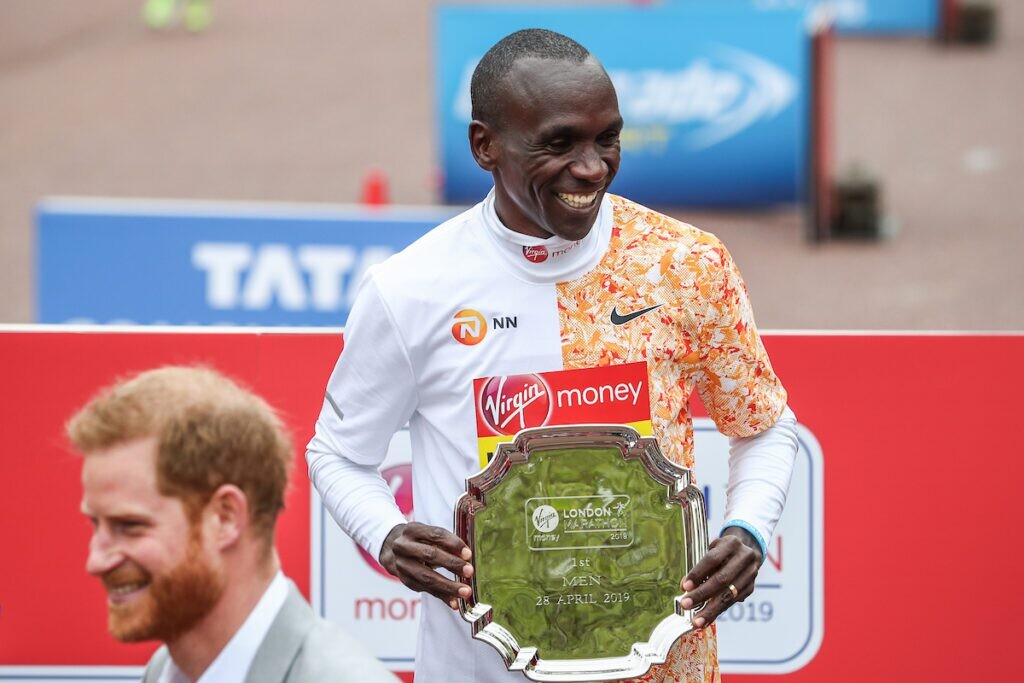
Fundamental skills
The psychologists deemed these skills as the most important, which is why they’re in the gold category.
Motivation: In particular, intrinsic motivation, which comes from within, rather than being dictated from someone or somewhere else. Intrinsic motivation results when someone has high levels of competence, relatedness and autonomy–i.e., they’re good at them and want to perform well for the sake of performing well, rather than for accolades or medals (even though those are usually be present also).

Confidence: You can watch countless interviews with athletes who have finally reached a career-long goal, and they all say something along the lines of: “I just knew I had it in me, I knew I could do it if I just kept at it.” If you believe you will achieve something, you’re much more likely to do so.
Resilience: Remember when Evan Dunfee made a heroic push to go from fifth to third in the final stretch of the men’s 50K race walk at the 2021 Olympics? Most of us would’ve counted ourselves out, but he didn’t. How many times have you watched an athlete fall in the first lap of a race, only to get up and storm back to take the win? Things don’t always go perfectly, but an athlete who can deal with and rise above adversity will always have the advantage.
Fundamental skills for recreational runners:
Don’t shy away from a challenge
Find a group to train with and keep you motivated
Believe in your ability to achieve your goal
Don’t throw in the towel just because conditions aren’t perfect or you encounter an injury or other setback
Self-regulation skills
These are in the silver category, and involve your ability to manage your thoughts and emotions in a way that helps (rather than hinders) achievement. They include mastering things like self-awareness, stress management, emotion and arousal regulation and attention control.
Self-regulation skills for recreational runners
Figure out what kind of psychological state you need to be in to perform well, and how “pumped up” you need to be before a workout or competition
Work on looking inwardly and understanding where you’re at psychologically at any given moment, so you can assess whether you’re “in the zone” or not
Figure out what tools you need (like deep breathing, upbeat music, etc.) to get yourself ready for competition
Practise focusing your attention on your body and its cues and filtering out distractions
Interpersonal skills
These are in the bronze category and describe how you deal with other people, like coaches, teammates and other competitors. They include aspects such as the athlete-coach relationship, leadership, teamwork and communication.
Interpersonal skills for recreational runners
Build yourself a good support system–get a coach or a dedicated running buddy, or join a running club
Communicate effectively with your coach or running friends. A good coach or running group can help you troubleshoot problems when you’re in a training rut.
(08/25/2023) ⚡AMPFive exercises to improve proprioception and get faster
Proprioception, often referred to as the “sixth sense,” is the body’s ability to sense its own position, movement, and spatial orientation (i.e., sensing where the ground as you take a step). For runners, developing and honing proprioceptive skills is a critical yet often overlooked aspect of training. It plays a pivotal role in enhancing performance, preventing injuries and improving overall running efficiency.
Proprioception is the foundation of co-ordinated movement. As runners, our bodies constantly adjust to varying terrains, inclines and obstacles. A heightened proprioceptive sense enables us to maintain balance and stability, adapting quickly to uneven surfaces and unexpected changes in stride. This not only reduces the risk of tripping and falling but also optimizes energy expenditure, as efficient movements translate to better running economy.

Incorporating proprioceptive exercises into a training regimen can range from simple balance drills to more advanced techniques involving unstable surfaces or dynamic movements.
Exercises to improve proprioception

The following exercises challenge the body to adapt, enhancing neuromuscular coordination and proprioceptive feedback loops.
One-leg 3-way kick
If you’re a beginner, start by doing this exercise on a hard, flat surface. As you progress, you can do it standing on a soft riser.
Stand with your feet hip-width apart and your hands on your hips.
Stand on your left foot and lift your right foot in front of you a few inches off of the ground. Hold for 2 –3 seconds, then return to the starting position.
Follow the same steps as you lift your right leg to the side of your body and then behind you.
Do this five times, than switch sides and repeat. Do this 2-3 times on each side.
Flamingo stand
Stand with your feet hip-width apart and your hands on your hips. For more balance, stretch your arms out to your sides.
Shift your weight to your left foot and lift your right leg up with a 90-degree bend at the knee.
Hold this for 10–20 seconds, or however long you can. Repeat on the opposite leg, and do this 2–3 times per leg.
Banded triplanar toe taps
If you’re a beginner, try this move without the loop band.
Place a loop band around your ankles and stand with your feet hip-width apart.
Shift your weight to your left foot and lower into a quarter squat.
Using the loop band as resistance, tap your right toe in front of you, to the side, and behind. Do this 10 times on one leg, then 10 times on the other. Repeat 2-3 times.
Cone taps
As you perform this movement, engage your core and use your glutes and hamstrings to stay balanced.
Stand on one foot with your hands on your hips and a cone two feet in front of you.
Slowly bend at the hips and extend your left leg behind you as you reach forward to tap the cone.
Lift yourself back up until you’re in the starting position.
Repeat five times on one leg, then switch and repeat five times on the other leg. Do this 2–3 times.
Airplanes
Stand with your feet hip-width apart and your hands on your hips.
Stand on your left foot and slowly extend your right leg out behind you, lifting it into the air so you create a straight horizontal line from your head to your foot.
With your leg extended behind you, rotate your torso to the left as far as you can go without falling. Pause, then return to the centre position.
With your leg still extended behind you, rotate your torso as far to the right as you can without falling, turning your right hip toward the ceiling. Pause, then return to the centre position.
Return to standing. Repeat the sequence five times on each leg, for 2-3 sets.
(08/25/2023) ⚡AMPby Brittany Hambleton
Joshua Cheptegei withdraws from 5,000m with foot injury
Uganda’s Joshua Cheptegei, a three-time world champion in the 10,000m as of Sunday, has announced he will be pulling out of the 5,000 meter race. Cheptegei addressed fans on social media: “I am proud and happy to have won another gold medal on the 10,000m,” he wrote. “I would have loved to compete in the 5000m as well, but unfortunately I had to decide not to start.”
Cheptegei has opted to rest a foot injury, alluded to by his coach Addy Ruiter after Cheptegei’s 10,000m victory. “He is having little injury under his foot. It was already there the past couple of weeks,” Ruiter said to the media, explaining that Cheptegei would have to see how his body felt before toeing the line at Thursday’s prelims. The 5,000m final will be held on Sunday, the last day of championship competition.

Cheptegei is the reigning Olympic champ in the 5,000m and holds the world record in the distance (12:35.36, set in 2020) as well as the world record in the 10,000m event. He is only the 10th man in history to hold both those records concurrently. At the 2022 Worlds in Eugene, Cheptegei attempted the double and finished ninth in the 5,000m after sustaining a hamstring injury, while his compatriot Oscar Chelimo ran to third. Fans will be looking to 21-year-old Chelimo to make it through to the final round while keeping an eye on Cheptegei in the future–the athlete is set to make his marathon debut on Dec. 3 in Valencia.
Joining Chelimo on the start line will be Canada’s Ben Flanagan in his first world championship race. Flanagan has shifted his focus to the 5,000m this season, and his efforts have paid off, breaking the 13:20 mark on three occasions. He took gold at the Canadian championships in 13:39.36, and shared on Instagram that he was “ready to capitalize” upon arrival in Budapest earlier this week, after wrapping up a solid training camp in Spain.
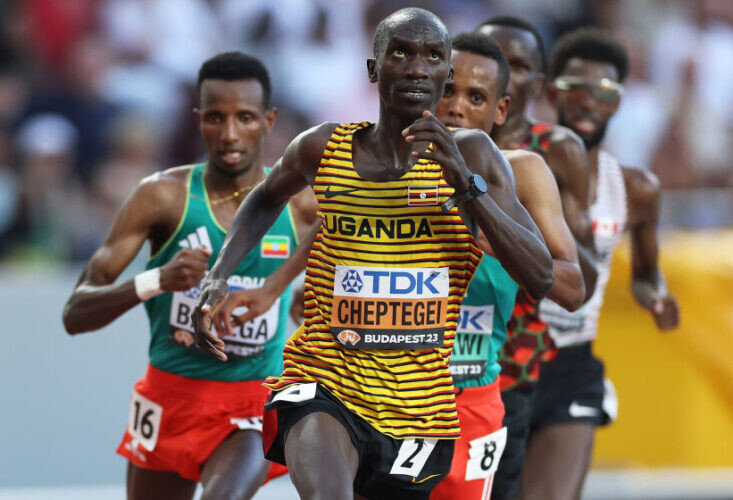
Canada’s Moh Ahmed will be hoping for redemption in the 5,000m event after what he felt was a disappointing repeat sixth-place finish in the 10,000 on Tuesday. It was Ahmed’s fourth consecutive sixth-place finish in the men’s 10,000m at a major championship, after finishing sixth at the 2022 Worlds in Eugene, sixth at the Tokyo Olympics and sixth at the 2019 Worlds in Doha, Qatar.
“I had high aspirations this year, and I’m very disappointed to be sixth, again,” Ahmed shared after the race. The athlete has previously won a silver and bronze over 5,000m, finishing fifth last year behind Norway’s Jakob Ingebrigsten.
The 2023 World Athletics Championships are taking place from August 19-27 at the National Stadium in Budapest, Hungary. All the action will be brought to you by Canadian Running and Asics Canada. Follow us on Twitter on Instagram for all things Team Canada and up-to-date exclusive news and content.
(08/24/2023) ⚡AMPWorld Athletics Championships Budapest 23
From August 19-27, 2023, Budapest will host the world's third largest sporting event, the World Athletics Championships. It is the largest sporting event in the history of Hungary, attended by athletes from more than 200 countries, whose news will reach more than one billion people. Athletics is the foundation of all sports. It represents strength, speed, dexterity and endurance, the...
more...Sifan Hassan did workout immediately after her 1,500m final
If competing in three distance events in nine days at the 2023 World Athletics Championships wasn’t hard enough, Dutch athlete Sifan Hassan completed 400m repeats after Tuesday night’s 1,500m final, where she won bronze in 3:56.00.
Hassan told the media in Budapest after her 5,000m heat on Wednesday evening that she did a speed workout of five 400m reps in around 65 seconds with 40 seconds of rest, even though she had the 5,000m heats less than 24 hours later.
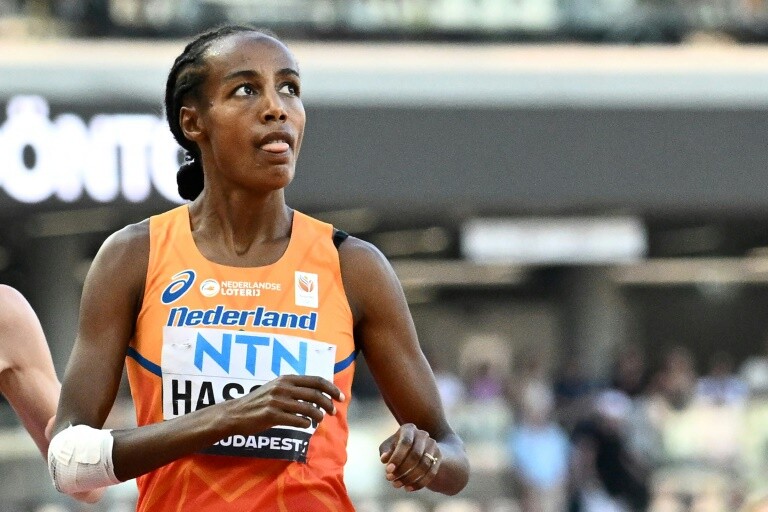
“I was just doing some easy making kilometers, some 400s,” says Hassan. “It’s not really a big deal. They (the media) make it a big deal.”
The 30-year-old reigning London marathon champion said her reasoning behind the workout was to continue to prepare for the 2023 Chicago Marathon on Oct. 8. “In six weeks, I have to run the Chicago Marathon,” says Hassan. “I am trying to prepare for that.”
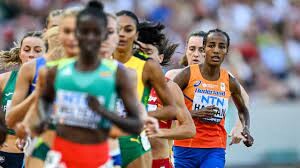
Her triple at worlds got off to a rough start, falling in the final 50 meters of the women’s 10,000m on Day 1, finishing 11th. She won her first medal of the championships on Tuesday evening in the 1,500m, but faltered in the final 50 meters, conceding silver to Ethiopia’s Diribe Welteji, while Faith Kipyegon defended her world title.
On Wednesday night, she squared up against Kipyegon again in the heats of the women’s 5,000m. Hassan won the heat in 14:32.29 over Kipyegon, both qualifying for Saturday’s final, which will be Hassan’s last race at the 2023 World Athletics Championships.
(08/24/2023) ⚡AMPby Marley Dickinson
World Athletics Championships Budapest 23
From August 19-27, 2023, Budapest will host the world's third largest sporting event, the World Athletics Championships. It is the largest sporting event in the history of Hungary, attended by athletes from more than 200 countries, whose news will reach more than one billion people. Athletics is the foundation of all sports. It represents strength, speed, dexterity and endurance, the...
more...

